
Ty Menzies




“I thought it was going to be a walk in the park, but it almost broke me” p74


“ It’s really rare to meet someone over 70 in my community ” p14






“I thought it was going to be a walk in the park, but it almost broke me” p74


“ It’s really rare to meet someone over 70 in my community ” p14





7 billion workout data points
340 million assessment data points
200+ integrated fitness brands



10+ years of sports science expertise



That’s what it takes to fuel EGYM Genius: the most powerful fitness AI the industry has ever seen.


EGYM Genius makes the entire training floor smarter than ever before. Its cutting-edge AI seamlessly connects hundreds of leading fitness brands into a single training experience and generates hyper-personalised workout plans for your members that smash their goals, boost your gym and send your numbers sky high.
It’s fitness as you’ve never seen it before, powered by real data that drives results.















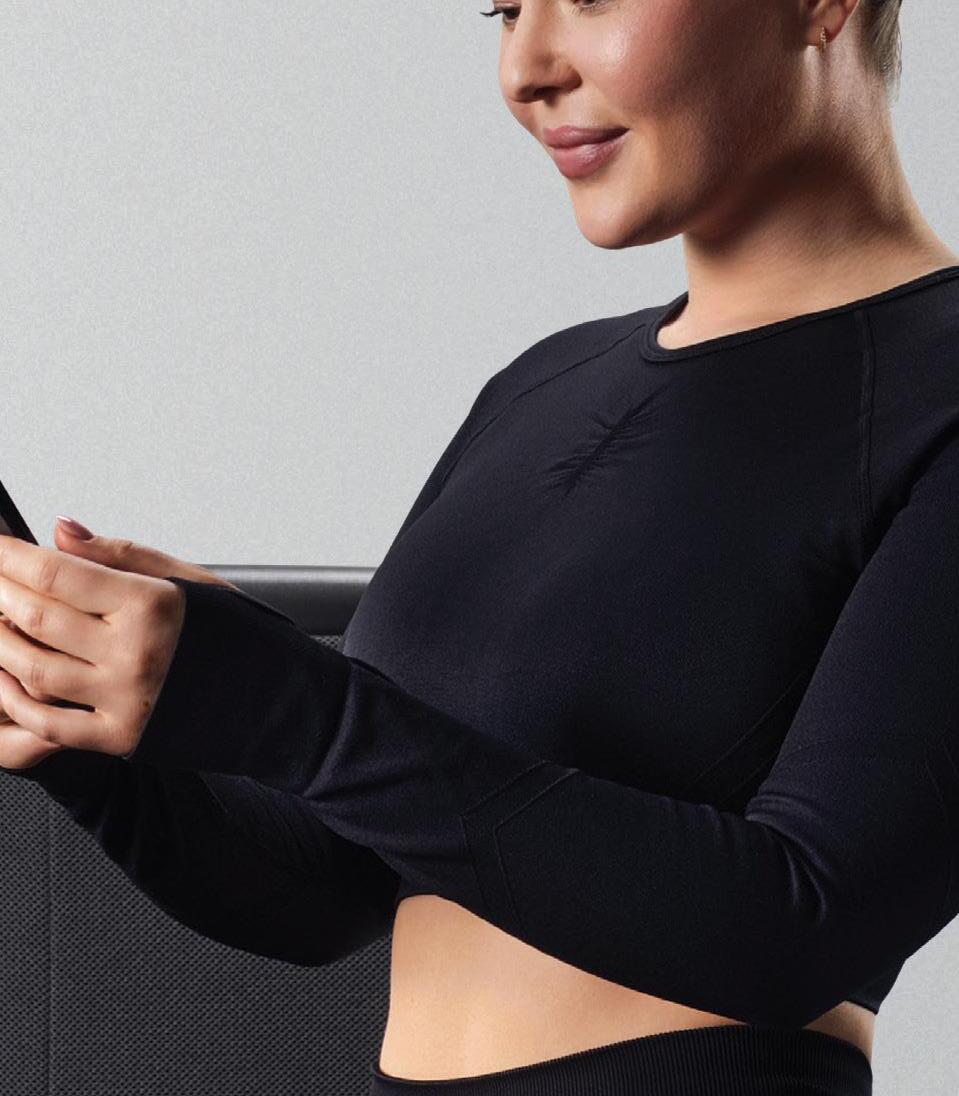


















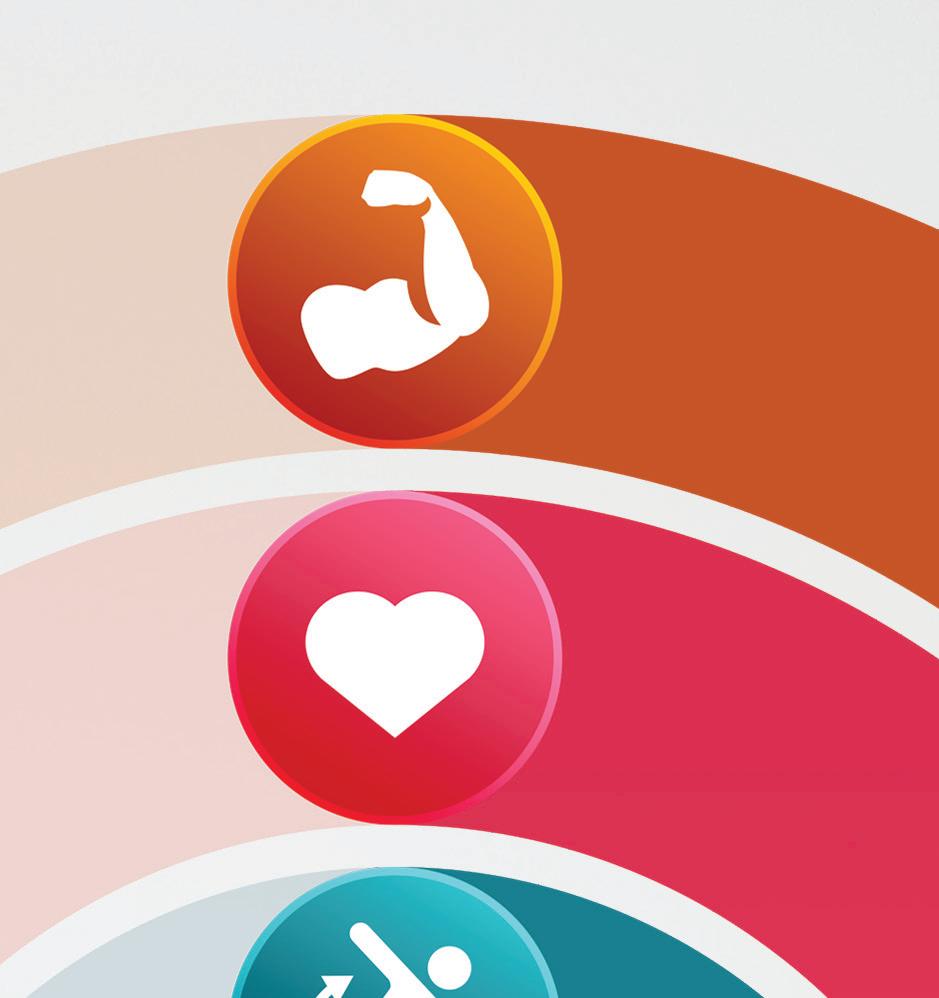


For too long consumers have been forced to rely on governments to support their health and wellbeing, due to an absence of alternatives. Now the prevention sector is taking over and driving radical change
or decades, governments the world over have failed to take advantage of the incredible power of prevention to support health, drive economic prosperity and underpin happiness and wellbeing. Government mandated systems have long been skewed against prevention: medics are trained in disease and generally know little about health; economic policies focus on companies and processes, not on people; and education systems are designed to prepare us for the workplace and not to live a healthy life.
Now consumers are waking up to the power of prevention, bypassing governments and taking matters into their own hands. They’re using new tools and services that are giving them the ability to take control of their personal wellbeing and that of their families, rather than surrendering their fate to others.
Here at HCM , with our 44-year perspective, we’ve seen a huge acceleration in this consumer trend in the last two years – since the pandemic led people to a true realisation of the importance of investing in their health.
This consumer rebellion and embracing of prevention is inevitably being led by more wealthy consumers, but the trickle-down effect is to be seen everywhere, as providers move to democratise their services.
On page 50 of this issue of HCM you’ll find an in-depth feature on longevity clinics which outlines just how far we’ve come in the development of accessible services for prevention, including everything from exercise prescription, DNA testing and blood panels, to nutrition and sleep services and mental health support.
Health club operators are perfectly placed to embrace this opportunity and deliver wellness support to members, and we expect to see more offering prevention services, such as DNA testing, health scans and tele-health.
The sector must continue to lobby governments to get on-board with prevention and interventions such as MSK Hubs (page 30), but the key message is that we can’t wait for governments to act if we want to keep up with consumers – they’ve got the bit between the teeth.
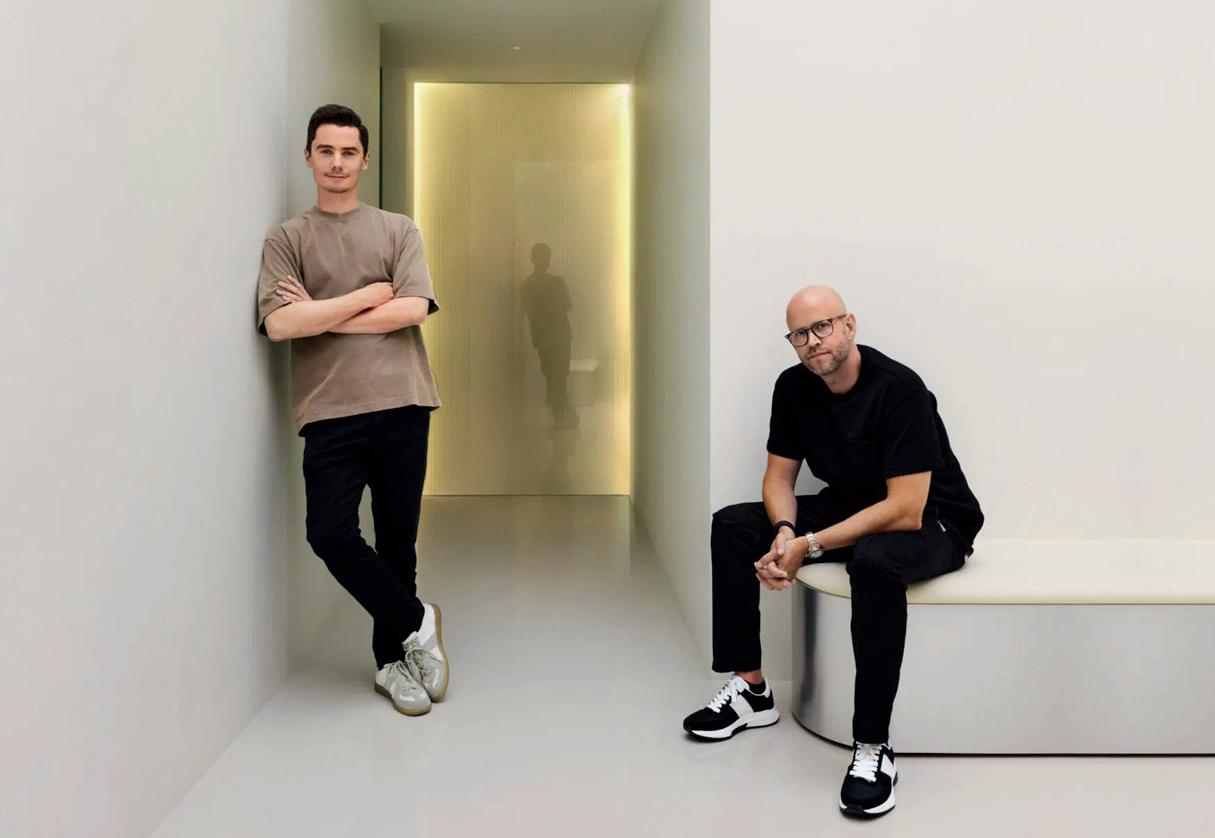
We can’t wait for governments to act if we want to keep up with consumers on prevention. They’ve got the bit between the teeth
Tools coming on-stream continue to amaze. On page 24 we report on the Neko Body Scan, a brainchild of Spotify founder, Daniel Ek and Hjalmar Nilsonne, which collects 50 million data points in ten minutes to give a picture of health for £299. The clinic already has a wait-list of 20,000.
As entrepreneurs bring ever-more powerful services to market and consumers respond and become better educated in how to stay healthy, the tidal wave of change will one day get noticed by governments and we’ll see a wholesale change in approach as prevention takes its rightful place ahead of cure.
Liz Terry, editor lizterry@leisuremedia.com


05 Editor’s letter
Prevention is moving into the mainstream, as tech and health companies begin to appreciate the scale of the opportunity, says Liz Terry
10 HCM Forum
Sally-Ann Turner says operators can partner with clinics to deliver weight loss drugs, while Joseph Rham reveals GLL is supporting a cancer intervention
14 HCM people
Naseem Akhtar
We talk to the founder of Sähëlï Hub about her journey to providing health and wellness services across deprived communities in Birmingham
The co-owner of Volt gym tells us about building an independent, community-focused brand and what’s in store following a major investment
PureGym makes a bid for Blink Fitness, LifeFit Group shares M&A plans, Egym buys FitReserve and Neko reveals the ultimate bodyscanner
With the CEO of Armah Sports due to speak at the HCM Summit in October, we explore the company’s post-IPO plans
50 Everyone’s talking about Longevity clinics
With one in six people in the world set to be aged over 60 by 2030, the demand for healthy ageing and longevity services is expected to rise. We talk to operators active in this space and ask how their premium offerings can filter down to the mainstream
Dr Davina Deniszczyc from Nuffield Health says the time is ripe for the sector to step up and work alongside health professionals in prevention and cure for MSK issues, post-surgical rehab, Long COVID and those in treatment for cancer
82 Gesture tech, one of HCM’s Fitness Foresight trends


74 Life Lessons
Ty Menzies
The global CEO of Lift Brands talks about the challenge of taking on a rundown club in his early 20s and what it took to turn it around
78 Balancing act
Steph Eaves looks at training products designed to encourge the development of powerful balancing skills
82 HCM Foresight Fitness trends
From brain training and body sculpting, to ‘gesture tech’ and binaural beats, HCM predicts the trends that will impact and shape the sector
102 Product innovations
Steph Eaves rounds up the latest health, fitness and wellness kit from leading suppliers
106 Reader services HCM Directory



If you’re in procurement, the HCM Directory is part of a network of resources designed for you that includes www.HCMmag.com/CompanyProfiles
108 Research Killer cells
Research from the University of Turku finds half an hour of exercise increases levels of tumour-killing blood cells
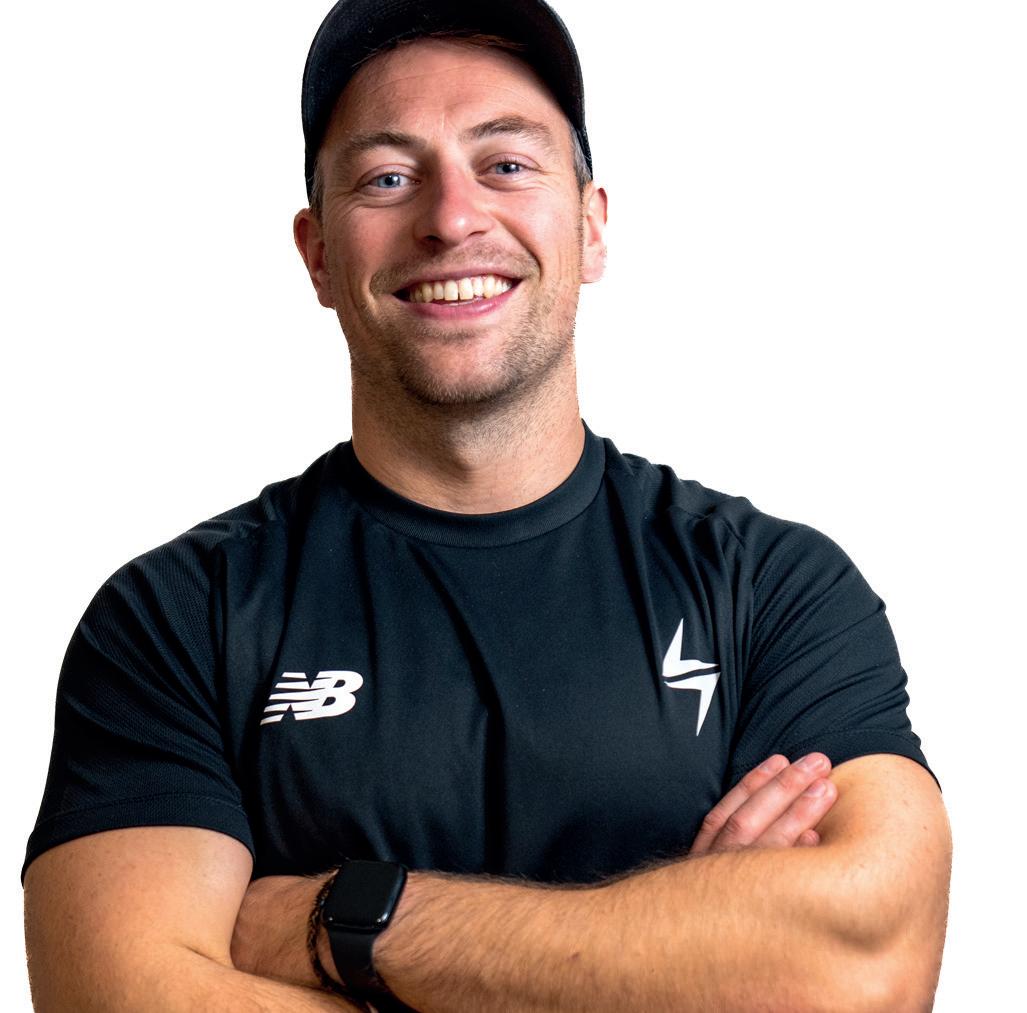

theteam@leisuremedia.com

Editor Liz Terry
+44 (0)1462 431385
Publisher Jan Williams
+44 (0)1462 471909

Managing editor
Steph Eaves
+44 (0)1462 431385
Head of news Kath Hudson
+44 (0)1462 431385

Editor-at-large
Magali Robathan
+44 (0)1462 431385
Assistant editor Megan Whitby
+44 (0)1462 471906
Email us:
Customer service
+44 (0)1462 471901
Advertising
+44 (0)1462 431385
Subscriptions
+44 (0)1462 471910
Circulation
+44 (0)1462 471932
Finance
+44 (0)1462 471930
Credit control
+44 (0)1462 733477



Choose how you read
HCM digital
Read free online and enjoy extra links and searchability www.HCMmag.com/digital
HCM magazine is available in print from www.leisuresubs.com
HCM PDF
A PDF edition is available to read offline at: www.HCMmag.com/pdf

Other resources from
Fit Tech magazine www.fittechglobal.com www.fittechglobal.com/archive
HCM Handbook www.HCMhandbook.com www.HCMhandbook.com/pdf
HCM Online library www.HCMmag.com/archive
HCM Ezine & Instant Alerts www.leisuremedia.com/subscribe
Leisure Opportunites jobs & news www.leisureopportunities.co.uk
Buyer Search Engine www.fitness-kit.net
To subscribe to HCM in print (Health Club Management): log on to www.leisuresubs.com , email subs@leisuremedia.com or call +44 (0)1462 471930.
Annual subscriptions: UK £45, Europe £57, rest of world £80, students (UK) £22.
Style: HCM follows an editorial house style which precludes the use of marketing devices in body text and headlines, eg: capitalised or part capitalised names and registered trademarks. CamelCase is allowed. Contact the editor for more details – lizterry@leisuremedia.com.
Copyright details: HCM (Health Club Management) is published 12 times a year by Leisure Media, PO Box 424, Hitchin, SG5 9GF, UK. The views expressed in this publication are those of the authors and do not necessarily represent those of the publisher. All rights reserved. No part of this publication may be reproduced, stored in a retrieval system or transmitted in any form or by means, electronic, mechanical, photocopying, recorded or otherwise, without the prior permission of the copyright holder, Cybertrek Ltd 2024. Print and distribution Printed by The Manson Group Ltd. Distributed by Royal Mail Group Ltd and Whistl Ltd in the UK and Total Mail Ltd globally. ©Cybertrek Ltd 2024 ISSN 1361-3510 (print) / 2397-2351 (online)


Running a gym should be less admin & more awesome!
And that's where Xplor Gym comes in. All-in-one gym management software with everything you need to save time, delight members, and grow profitably:


360° member management
Prospecting, digital joining, & onboarding



Embedded, full-service payments
Smart marketing automation
Integrated access control
Member self-service
Recovery & retention
Reporting & analytics

"Xplor Gym’s end-to-end approach to project management has been first class, from implementation to data management and everything in between. We now have a solution that’s best-in-class for both our team members and members alike.”
See Xplor Gym in action - book a free demo: xplorgym.co.uk | hello@xplorgym.co.uk
GLL moves to support members with cancer awareness Fuel the debate about issues and opportunities across the industry. We’d love to hear from you. Write to forum@leisuremedia.com
Joseph Rham, GLL
Messages prompting gym-goers to look out for signs of cancer are appearing on mirrors in the changing rooms of more than 240 leisure centres being run by social enterprise GLL under its Better brand in the UK.
The eye-catching stickers feature messages such as ‘Know what’s normal for you’ before reminding people that if something in their body doesn’t feel right, they need to contact their doctor.
The scheme is the latest scheme from the UK’s National Health

Service (NHS) which is aiming to identify cancers at an earlier stage and is part of a campaign being run with partners – such as GLL – to highlight cancer messages to the public in everyday situations.
The initiative comes as a survey of more than 2,000 consumers by Better found only 55 per cent of respondents check their bodies for physical changes regularly (classified as at least once a month), while 12 per cent – around one in ten – don’t ever check.
Of those surveyed, 68 per

cent of females and 56 per cent of males said they would recognise a lump or swelling as a possible early sign of cancer and would seek medical advice.
The survey also found 59 per cent of respondents were aware of the symptoms of breast cancer – the highest awareness across the UK’s most common cancers. That was followed by skin (50 per cent) and bowel (47 per cent).
However, 20 per cent said they were not aware of the nature of any potential cancer signs.
This was particularly the case among younger age groups, with 33 per cent of those aged 18-34 saying they were not aware of any symptoms, compared to 16 per cent of those aged 35 or over.
Finding cancer early is key to successful treatment and survival and this means people who have new symptoms need to come forward as soon as they spot them. This is why it’s vital people are aware of their bodies, take notice of any change
Fitness professionals can work with weight loss experts to support members
We have an opportunity to collaborate to ensure positive outcomes
Your editor’s letter in a recent issue of HCM raised the question of how the health and fitness industry should respond to the huge growth in the use of weight loss medications (www.hcmmag.com/GLPleader).
With an ever-growing body of evidence showing the benefits, it’s natural to wonder if these weekly injections will disrupt the fitness, health and wellness industry or whether they’ll provide opportunities for growth
As the operator of medical wellness clinics that have been registered with the Care Quality Commission since 2018, we treat 500 patients a week, supporting them to attain lifechanging health results.
Our programmes don’t only focus on weight loss, but also on wider, outcome-driven health targets. We do this by supporting patients
on a journey of transformational change, both physically and psychologically and many of our patients are achieving remarkable weight loss on supported weight health programmes that include GLP-1 or GLP-1/GIP medications.
These new medications are not a quick fix and as it states clearly in NICE guidelines – they should always be prescribed alongside support with diet and physical activity.
The market is growing rapidly and even though consumers have the option to get support from the diet and nutrition sector, there’s still a huge gap for fitness and exercise providers to step in to underpin long-term health and wellbeing.
Many of our new patients are considered physically inactive and don’t engage in any form of exercise, meaning there’s demand for fitness programmes not only during their
NICE guidelines state GLP-1 and GLP-1/ GIP medications should always be prescribed alongside support with diet and physical activity



weight loss programme, but also once they’ve reached their goals and are in the maintenance phase of their weight-health journey.
Positive patient outcomes are reliant on long-term behavioural changes in relation to both eating and exercising and this provides opportunities for growth for operators in the health and fitness sector, as well as for powerful collaborations with clinical prescribers and the diet and nutrition sector.
Collectively, we can have an incredible impact on people’s long-term health outcomes, as well as enhancing quality of life for those who are overweight or who have been living with obesity. ●


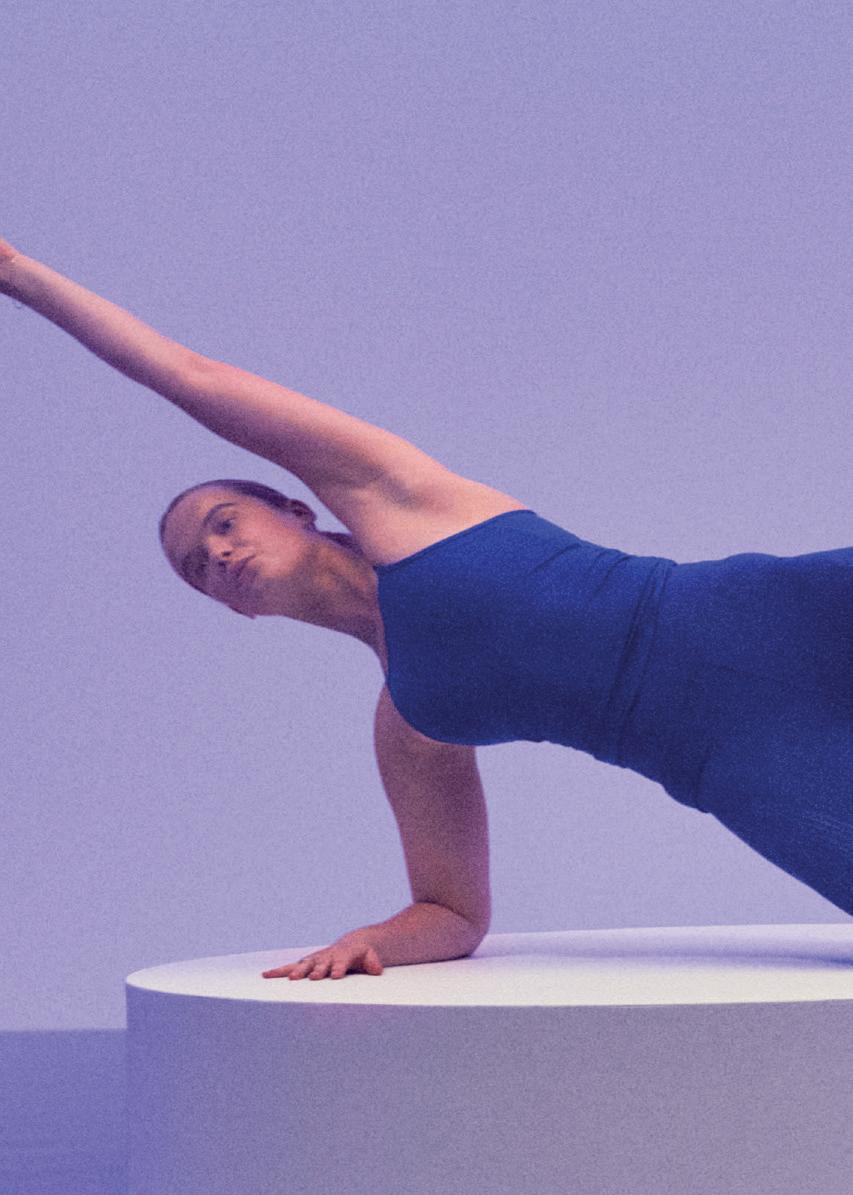





Bookings for the globally trending workout were up 92% in 2023*. The roots of Joseph Pilates’ original programme – a workout that could address the bad habits of modern life – are as relevant to today’s members as they were back then. Consumers are increasingly motivated to work out for intrinsic reasons, seeking movement that enhances their wellbeing and helps them live long and healthy lives.
So how can clubs capitalise on this trend to beat the boutiques and bring in new members?
LES MILLS PILATES™ is a brand-new workout
blending the best of the old, with the best of new. Bring the world’s hottest trend to your studio with a workout featuring unique music, beautiful choreography, and supportive coaching to offer members an unforgettable experience.
Requiring nothing more than a mat, LES MILLS PILATES is easy to launch and can be delivered in any type of studio, without the need for expensive fit-outs and equipment. 55% of Gen Z are already taking part in Pilates - are you ready to win the next generation of club member with the workout they love?**
It’s really rare to meet someone over 70 in my community
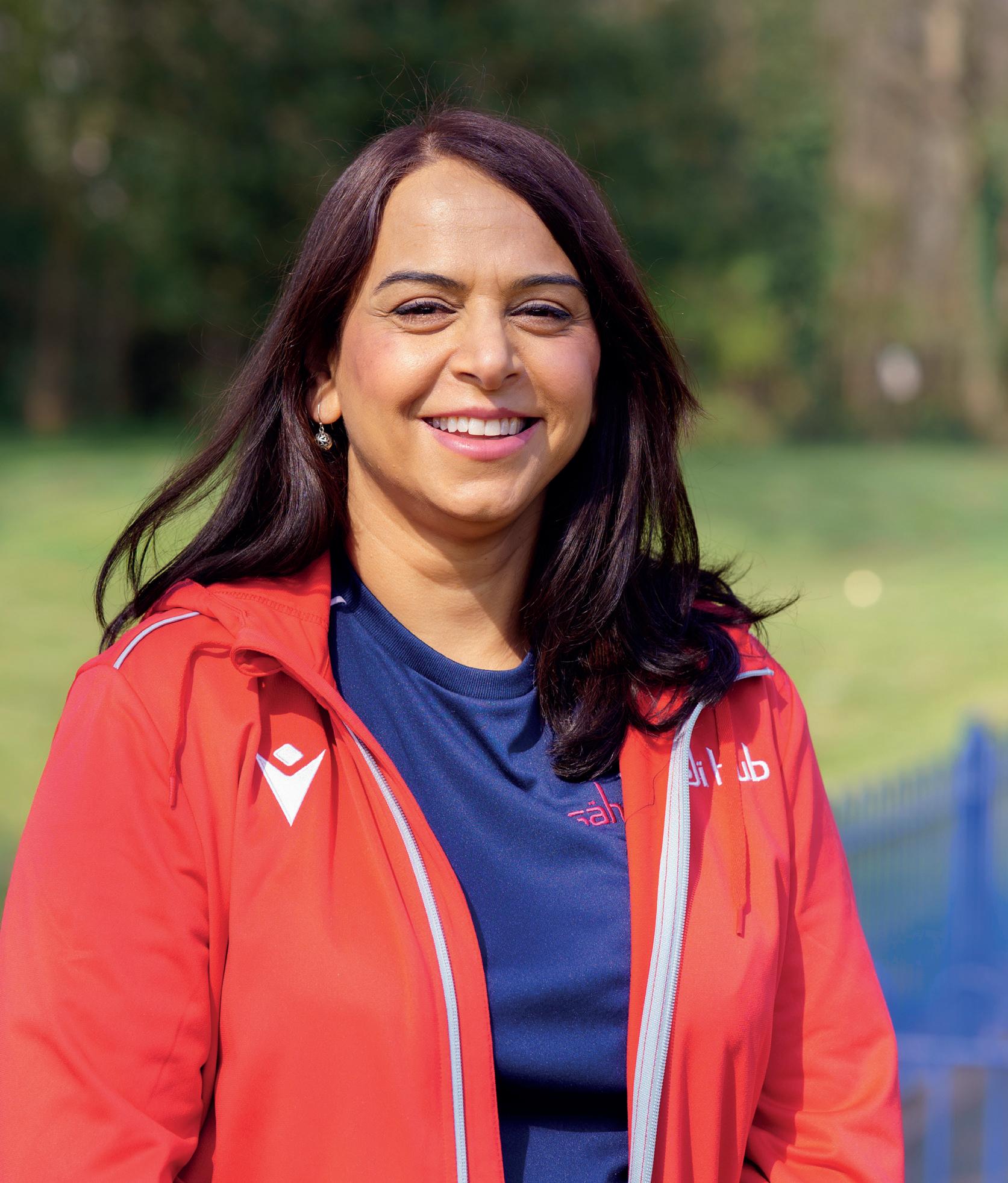
How did Sähëlï Hub come about?
I come from a deprived area of Birmingham in the UK, which has shocking health statistics. In the late 1990s and early 2000s one in every three babies died before their first birthday – most of them born prematurely – and while the national and Birmingham city average mortality rate was 73, in my neighbourhood many of the men were dying by the age of 65.
Even now men in my community die eight to ten years earlier than their white counterparts who live in the next road. It’s really rare to meet someone over 70 in my community. We also had one of the worst mortality rates during COVID because of all the undiagnosed underlying health conditions.

My chance to make a difference came when I was offered a job with a local neighbourhood forum that was trying to engage with more women, especially Asian women. My role was to find out about attitudes to physical exercise.
I found many Muslim and Asian women believed there were no real opportunities for them at the local leisure centre, where activities were framed around men's exercise. Only one or two hours a week were offered for women and this was at inappropriate times. Many of the women didn’t speak English and were embarrassed about their language and culture not being understood.
I asked the leisure centre to work with me, to give women a morning, or an afternoon with the aim of growing it to a full day, but they couldn’t see how this would work for our communities, so I set about doing it myself, securing funding and registering a charity.
Groups take

Under the Blair government the neighbourhood forum formed a partnership and we secured £500k through the Healthy Living Centre initiative, allowing me to pilot a space to provide women-only physical activities at a local college. We started with two sessions a week and six months later had so many committed women we could run sessions four days a week and invite men in on Wednesdays.
In 2006, we were awarded £258k from a National Lottery/Sport England fund which allowed us to open up a facility with 20 pieces of gym equipment and a wooden sprung floor for exercise classes, along with a changing room and toilets. Within two weeks, 265 women joined paying £10 a month.
When we launched the centre, called Sähëlï Adventure Hub, we invited representatives
We want to work with committed partners to make a dent in the poor physical activity statistics, not just for ethnic minorities, but for all communities
from the NHS, which led to us getting our first NHS contract, offering programmes for weight management and long-term health conditions.
Since then we’ve been awarded four contracts and have recently secured a culturally appropriate diabetes prevention programme, which has the highest participation of black and Asian people in the country. We've also developed a ‘know your numbers’ programme, teaching people to understand their blood pressure, weight, cholesterol, waist and hip ratio.
Diabetes levels in my community are three times the city average – we've got the highest rate in the east of Birmingham. My community still eats rich food full of sugar and salt – as though we’re going to be labouring in the field for eight hours a day –but we mainly have sedentary jobs, so we educate people about the hidden sugars in the Asian diet.
What services does Sähëlï Hub offer now?
Each year we support 3,000 people to access free, culturally-appropriate physical activity programmes and social clubs in parks, GP surgeries and two of our own community centres. We’ve worked with around 16,000 women over the years, offering walking and running programmes – encouraging many people to run half marathons. We’ve taught around 3,200 women to cycle and also enable them to try other outdoor activities, such as kayaking, tennis, quad biking and wild swimming.
Many of the women we work with want to get active, but it ends up being more than that because it gives them confidence and empowers them to go to college or get a job, or be an activity leader. I always say to our team, we’re the stepping stone to help women become the being they want to be.
In the wake of COVID, we did a study about men to find out what they wanted and learned that men from my community are as unlikely as women to use normal leisure centres. This led to us putting on a programme for them, including the launch of a wellbeing suite at a local community centre, in partnership with Innerva, which has supplied power-assisted equipment. We have nine stations to support the community to access physical activity that’s tailored to all abilities.
We’ve secured a culturally appropriate diabetes prevention programme, which has the highest participation of black and Asian people in the country
What can mainstream gyms do
The biggest barrier is always cost and it's difficult because so many gyms are built on a finance model that’s about membership in numbers.
The second issue is that gyms aren’t often based in the poorest and most deprived communities, they're based in the places where people can pay.
If gym operators aren’t attracting a membership reflective of the demographic of their area, they need to get to know their community so they can deliver appropriate programmes, or partner up with organisations who are delivering to these communities.
We’re working on a capacity-building programme for our organisation and are going to carry on developing our programmes, creating sustainable, long-term interventions to help break the cycle of inactivity, isolation, loneliness and depression, as well as tackling health inequalities and low life expectancy for the poorest communities. We want to work with committed sports governing bodies and partners who want to help us to make a dent in the poor physical activity statistics, not just for ethnic minorities, but for all communities. l



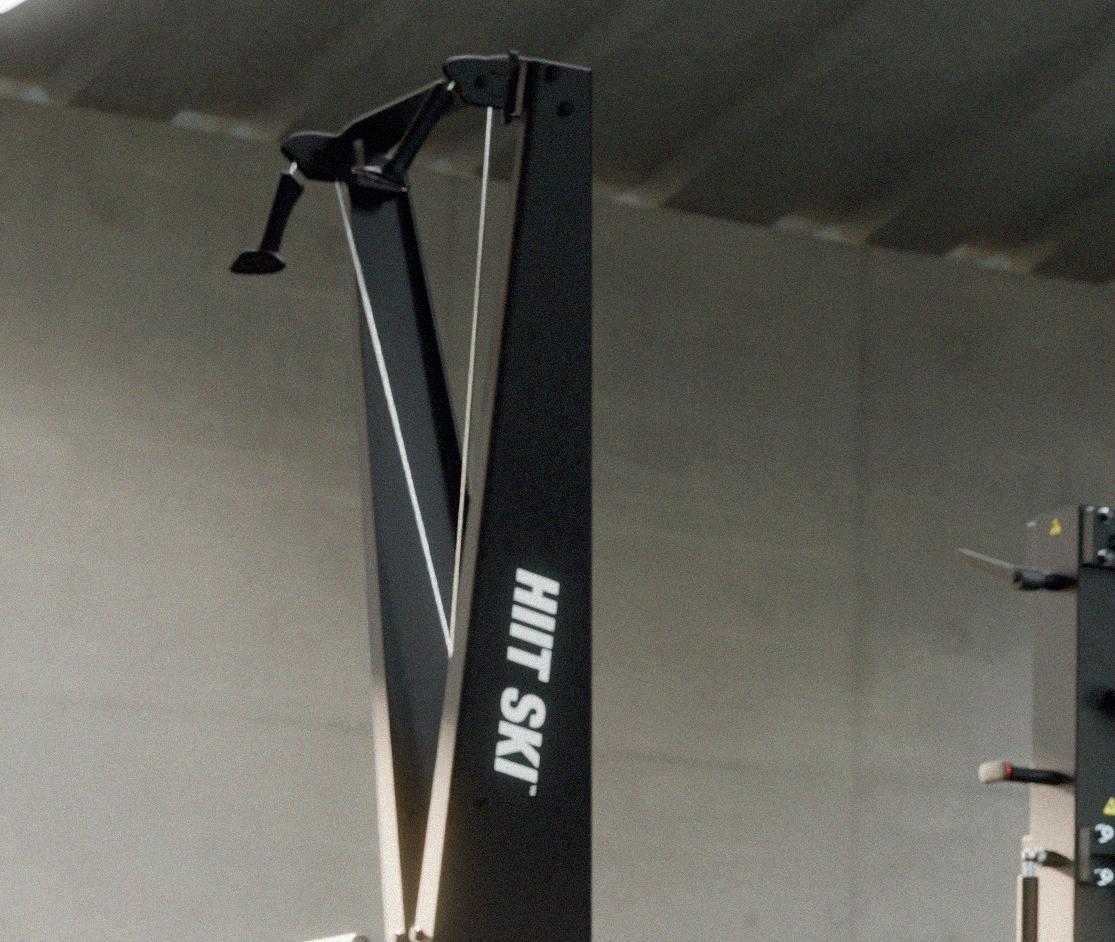
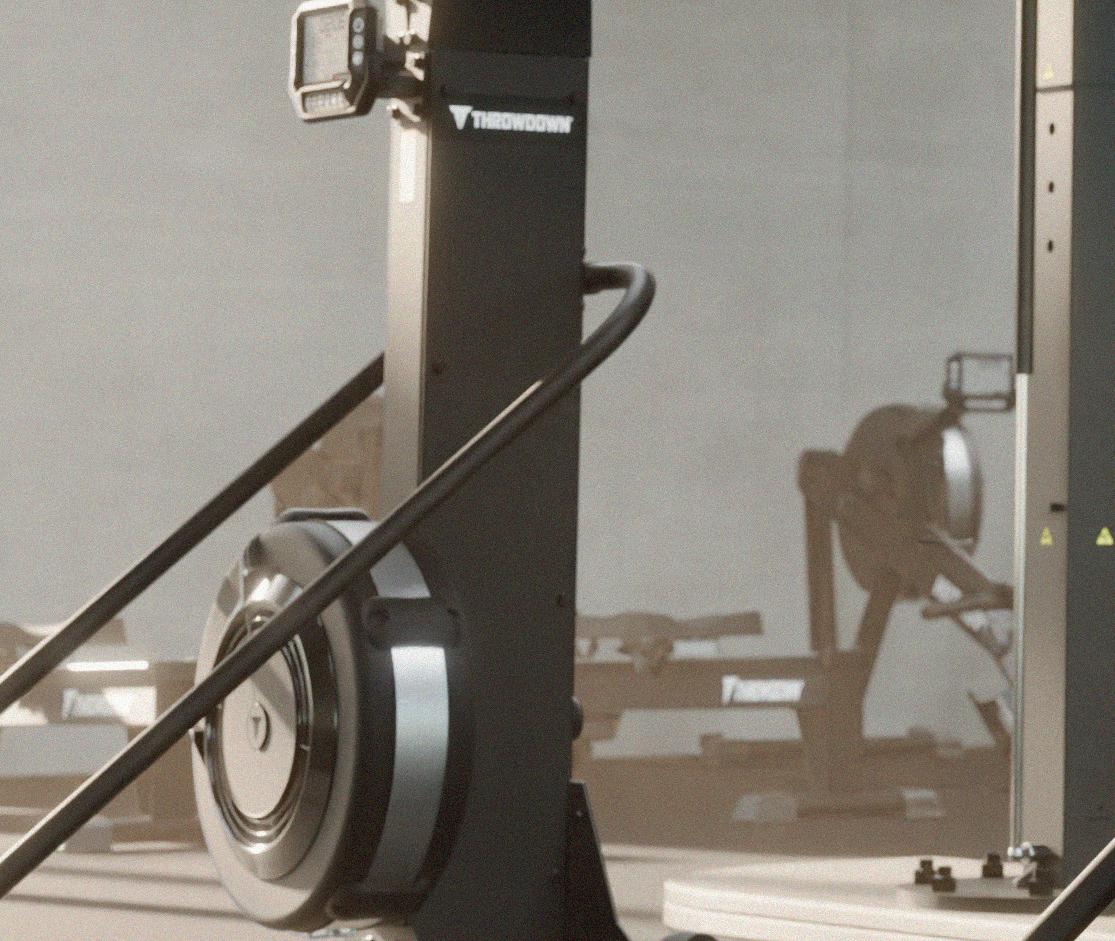


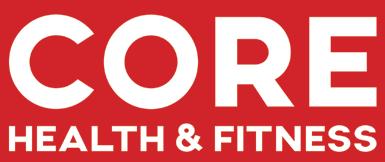















This is more than just a business to us, this is our passion
Gym
What’s the story behind Volt Gym?
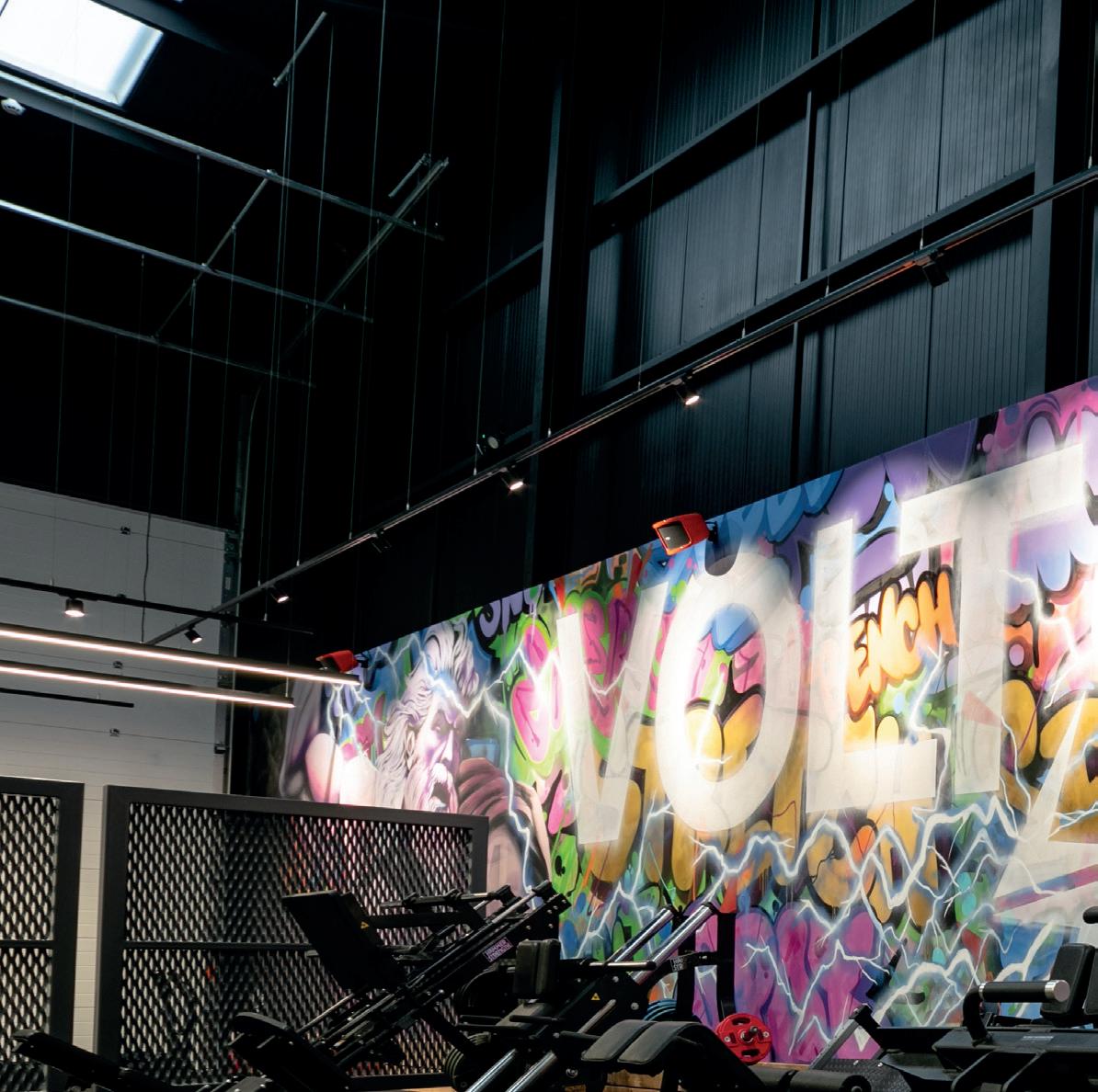










It’s a self-funded, independent gym located in an affluent village near Ormskirk, in the north west of England. It was started by Ali and Cameron Mitchell seven years ago and I came on board six months later. It started off as a 3,000 square foot gym and earlier this year we relocated to a 16,000 square foot unit and launched Volt 2.0.
Cameron









Cameron has now left the business, but Ali and I are in every day and know all our members personally. Building a community helped us come through the pandemic. During lockdowns most of our members carried on paying and afterwards we saw a huge spike in membership, taking on an extra 400 members and reaching our 1,000-member limit. That was one of the reasons for the relocation.

How else is Volt 2.0 different?
We’ve extended the gym and now have more than 50 pieces of cardio and 100 pieces of resistance kit. In the old gym we didn't have the space to do many classes, whereas now we have three studios: a dedicated Hyrox space, which has a roller-shutter door we open up for people to go out on runs around the estate; a dedicated HIIT studio and a low intensity studio for Pilates and yoga-style sessions.
We also have a recovery suite with an eight-person Himalayan salt sauna, a thermal experience shower, an ice bath and an area for physiotherapy. This has been so popular we wish we’d made this area bigger.













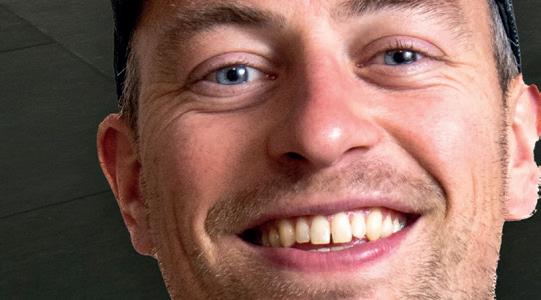




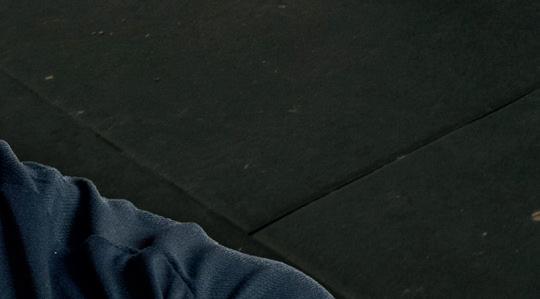





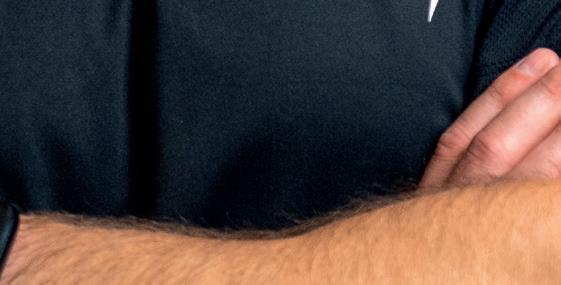




Now we offer three membership tiers: £29.99 a month for gym-only; £34.99 for gym and unlimited








The independent operator has developed a new 16,000sq



We don’t have a nationwide brand or the budgets of the big companies, but we do a lot of graft
classes; and £39.99 for full access, including the recovery area. We want to keep the membership as affordable as possible, so in order to do that we do ask people to sign up for a 12 month contract.
What is involved with being a Hyrox-affiliated gym?
There’s been a huge surge in fitness competitions, especially Hyrox, so it was something we wanted to put in and it’s a big draw. We started with four classes a week and swiftly had to increase it to 10 because of demand. Some people want to enter the competitions, but lots of people just do it because it’s a great workout and it combines running outside and working out in the gym. Another benefit for us is that we can give our members a 48-hour headstart to access event tickets, as they sell out within 15 minutes when they go live. We’ve got 30 people going down to the London race in November, so we’ll go down together and have T-shirts printed.

How do you deal with gymtimidation?
We give everyone a 20-minute gym tour before they join, so they know exactly what we're about and we find out what they like doing in the gym, what their goals are and how we can help them achieve them.
Once they've signed up we offer a free induction of 45 to 60 minutes with one of our PTs, so they fully understand the kit and when they’re working out

We hit our end of year target a couple of weeks ago, which is amazing given we’ve only been open five months
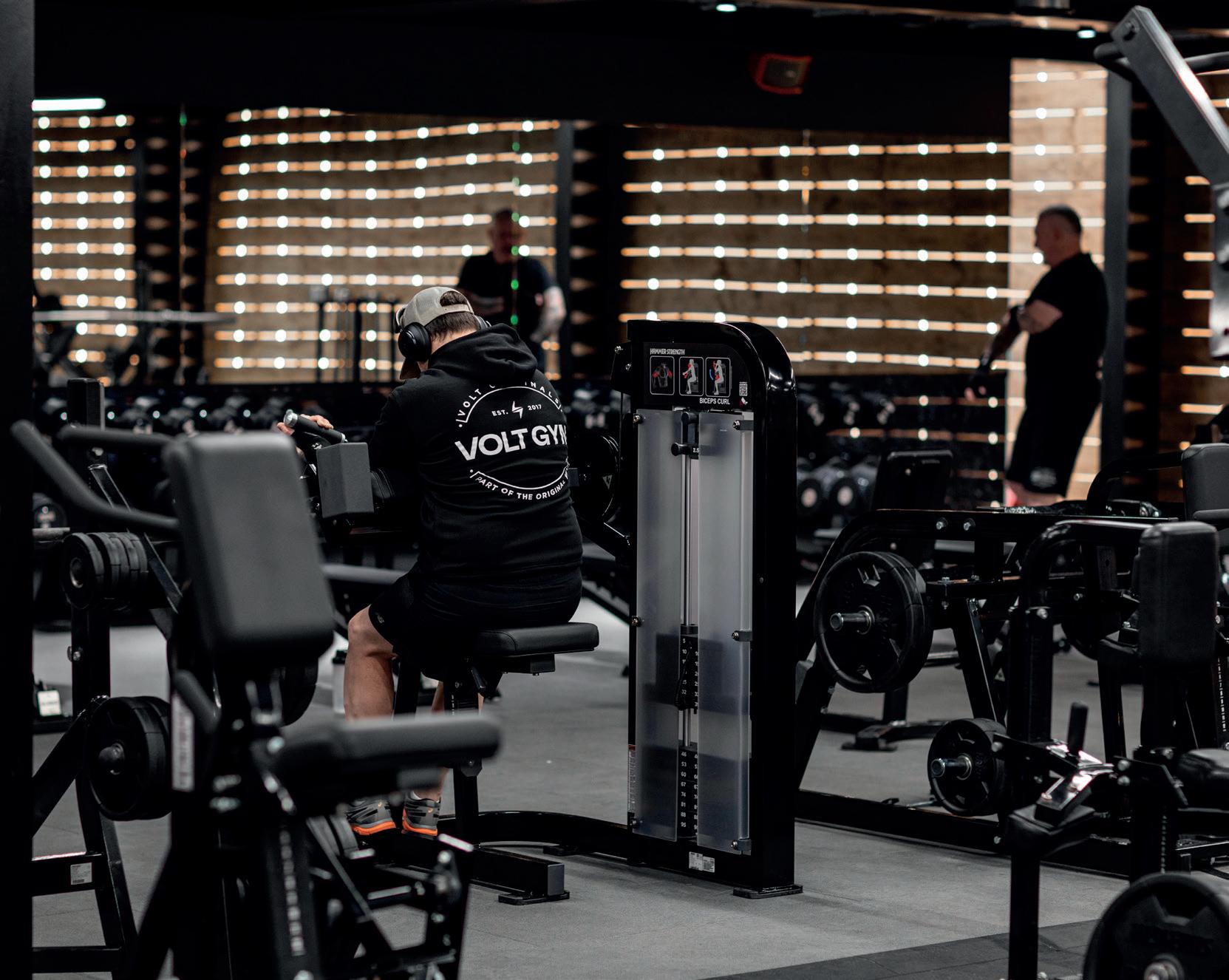
we encourage them to ask us if they’re unsure about anything, as there are always six or seven staff in the gym.
I've drilled into our staff that every single person gets a warm welcome into the building and one of the most important aspects is building relationships on a personal level with each member. I think a nice conversation with a member of staff massively helps to break down the barriers of gymtimidation. The more we get to know our members, the more comfortable they are in this environment.
Also we have a café which is open to the public, so that gets people into the club.
The bulk sit between the 20- to 40-year-old age range. In the former gym we probably had about a 75 to 25 male/female split and it was quite dominated by powerlifters and bodybuilders. Now it’s more like 55/45: partly because of our boutique-style classes, but also the welcoming upstairs area, which has a country club vibe. All the cardio equipment looks out of big windows with nice views over Lancashire.

We’re also seeing more older people coming in to try resistance training because the messaging is getting out there of how important it is to do strength training as you age – our women’s lifting classes are really popular.
We also offer classes for juniors from eight- to 12-years-old and also for 12- to 16-year-olds. Anyone under 16 has to be supervised while they work out.
What are the main issues impacting independent operators?
Getting the name out there is the main thing, as we don’t have a nationwide brand or the budgets of the big companies. But we do a lot of graft: before the launch we spent hours putting leaflets through letterboxes, which was really powerful for us.

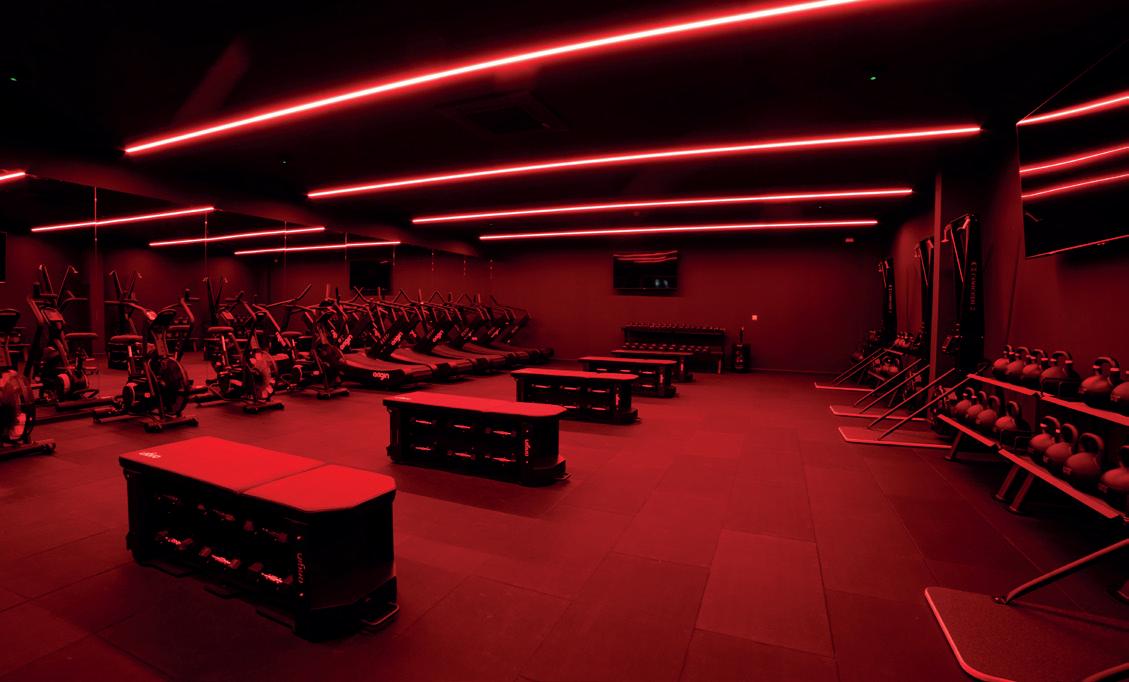

Independent operators also tend to be very handson and go into a great amount of detail – we spent two years planning and building this place and we actually hit our end of year target a couple of weeks ago, which is amazing given we’ve only been open five months. This is more than just a business to us, this is our passion. We train and use the facilities ourselves every single day, which helps in being proactive about any issues that might arise in the club.
What are the plans for the future?
I would love to do more Volt gyms. I think so many people would enjoy this style of gym with the range of kit and classes, and the community aspect. We’re in talks with a few people and scoping out different areas, to find suitable facilities to replicate this club. l




Queen Elizabeth II Conference Centre, London




















Excitement is building for the new all-keynote HCM Summit from Leisure Media, HCM magazine and Spa Business magazine.


The event will bring together a powerful lineup of speakers and contributors from across the industry to share creative insights and experience, with a focus on business success and innovation.
You’ll go away inspired and informed, with ideas to implement in your own professional life, as well as valuable contacts and access to best practice to drive your success as we head into 2025.
In addition to the summit talks, a carefully curated exhibition will showcase the latest innovations, while summit networking events, including the After Party, hosted by Les Mills, will give the opportunity to connect, make new contacts and do businesses.







All this, along with product sampling, book signings and activations will make the summit a powerful new event for the sector.

















































Will Orr CEO, The Gym Group
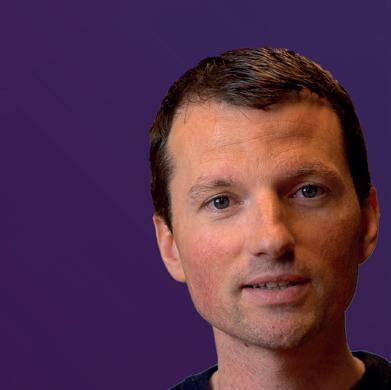








Dean Kowarski Group CEO, Virgin Active and Kauai








Colin Waggett CEO, Third Space






Fahad Alhagbani CEO, Armah




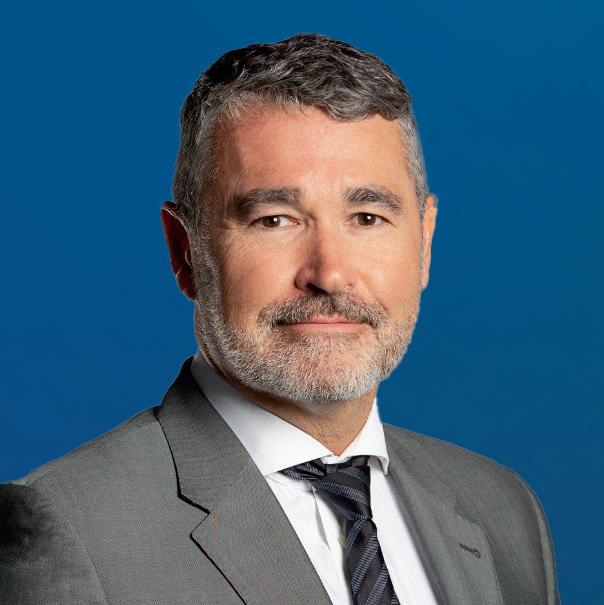



Pieterjan (PJ) Nuitten MD, Jims Fitness









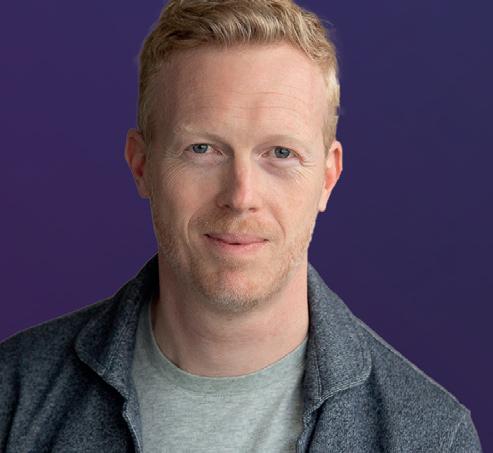









Founder,









Oliver Patrick Co-founder, Future Practice


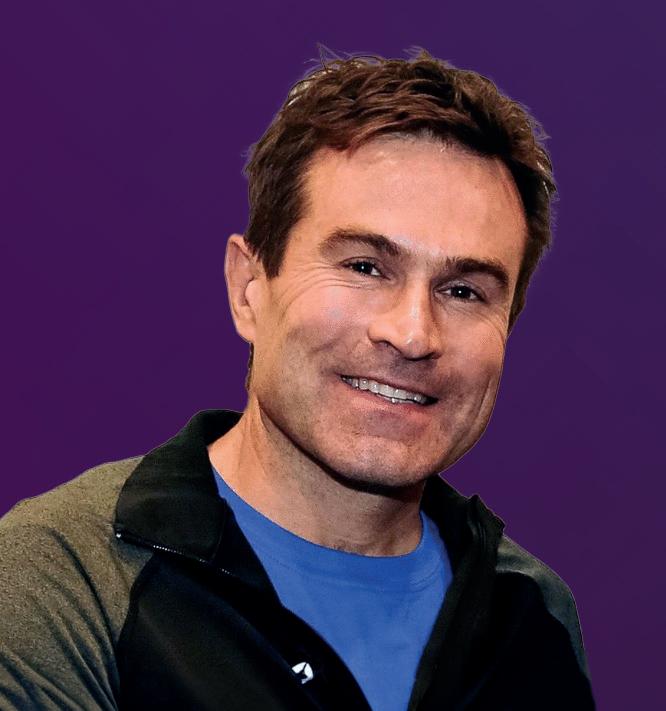





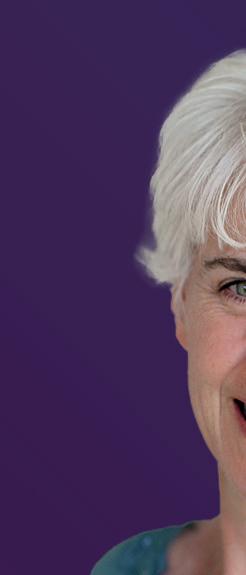





















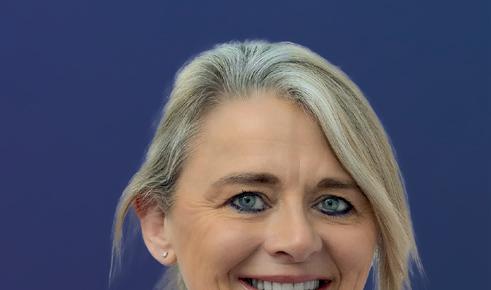











Emlyn Brown Senior VP Wellbeing, Strategy Design & Development, Accor
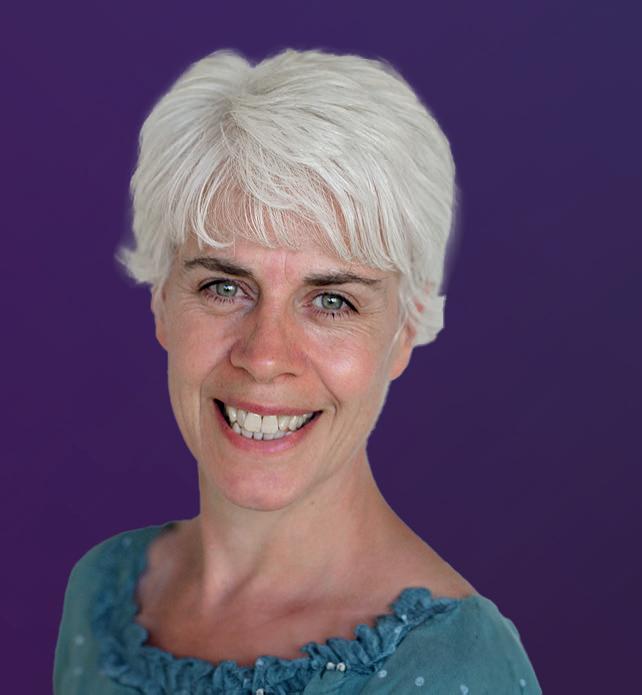








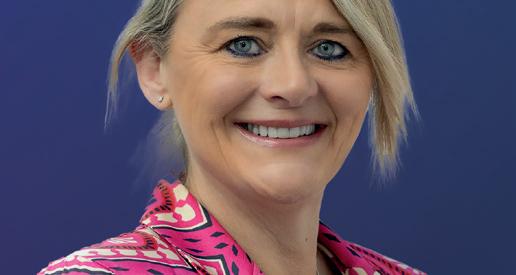




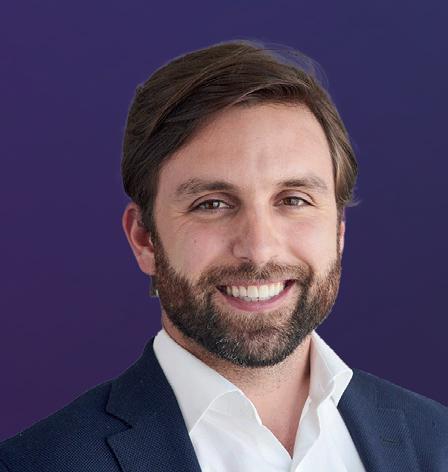
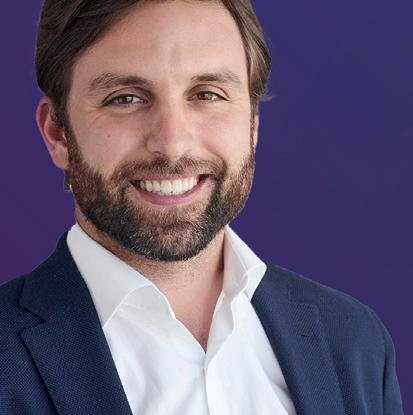

Global fitness technology and corporate wellness company, Egym, has gained a foothold in the US corporate wellness market by acquiring FitReserve.
Bought by national employee benefits provider, Trustmark, in 2022 FitReserve has a network of almost 2,000 studio and gym partners in the US, offering 600,000 classes. Initially launched as a direct-to-consumer membership, FitReserve will now be available exclusively to Egym Wellpass’ corporate partners.
“We’ve been extremely impressed by FitReserve’s rapid growth in the United States and its adoption by the most sought-after brands in fitness,” says Egym CEO, Philipp RoeschSchlanderer. “The US$20 billion US corporate wellness market has always been a strategic expansion opportunity for Egym Wellpass.”
This deal follows Egym’s acquisition of UK corporate wellness provider Hussle in March 2024 and French

Senior team: Megan Smyth, Philipp Roesch-Schlanderer, Nicolas Stadtelmeyer
corporate wellness provider, Gymlib, in March 2022. Egym Wellpass has 16,000 corporate clients and provides access to 20,000 fitness and wellbeing facilities across Germany, Austria, France, Belgium, the UK and now the US.
Founder of FitReserve, Megan Smyth, has been appointed director
of partner sales, North America. “Our mission has always been to attract more customers and drive incremental revenue to our studio and gym partners. Egym’s corporate network will enable us to execute that mission on a greater scale,” she said.
More: http://lei.sr/H4a5Y_H

Ahealth centre has opened in London offering a 10-minute body scan, for £299, which can flag up a range of health risks including cancer and cardiovascular disease.
The Neko Body Scan is the brainchild of Spotify founder, Daniel Ek and co-founder Hjalmar Nilsonne. Operated by a medically-trained professional, the scanner uses 70 sensors to collect 50 million data points, checking moles, symptoms of metabolic syndrome, risk factors for stroke and heart attack, blood fats and blood sugar levels to assess pre-diabetes risk, skin cancer and blood abnormalities.
Results are delivered in an hour via a personalised consultation with one of the Neko Health doctors, who manually checks any moles. Blood tests

You’re required to do an MOT on your car, but you have to break down before seeing a doctor
Hjalmar Nilsonne
are also taken and blood sugar and cholesterol levels checked. Members get access to a summary in an app. Nilsonne says: “You’re required to do an MOT on your car, but when it comes to your body, you often need to break down before seeing a doctor.”
More: http://lei.sr/X2A8G_H
PureGym is making a bid for the majority of the assets of Blink Fitness, which was put into Chapter 11 by owner, Equinox, on 12 August with losses of US$500 million and assets worth US$100 million. The base purchase price would be US$105 million in cash and PureGym would also assume the liabilities of Blink Fitness.
Acquiring the portfolio of franchised businesses would enable PureGym to fast-track its growth in the US market where it trades as Pure Fitness.
The company says it has entered into an asset purchase agreement which covers Blink’s corporate operations, including its head office in New York City and a substantial portion of its locations, with a focus on New York and New Jersey.
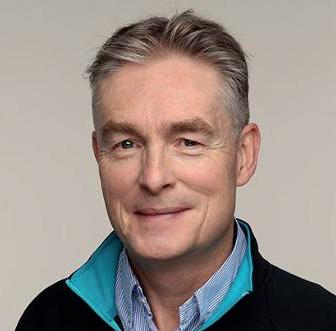
Securing Stalking Horse status signifies our commitment and intent
Cobbold
Humphrey Cobbold, CEO of PureGym said: “We’ve submitted a bid for a substantial portion of the assets of Blink Fitness and are pleased to have secured ‘stalking horse’ status signifying our commitment and intent. The deal will close on 28 October.
More: http://lei.sr/6K6C5_H

Martin Seibold, CEO of LifeFit Group, has confirmed to HCM that the acquisition of the company – announced in June – has been completed.
LifeFit Group is now officially owned by a new parent, Light AcquiCo GmbH which is indirectly held by funds advised by Waterland Private Equity Investments.
The financing for the deal was delivered using various instruments, including €140 million senior secured bonds and €20 million credit facilities.

Our goal of reaching 250+ clubs by 2028 remains and we could not have imagined a better partner

Seibold said Waterland and LifeFit Group will now devote themselves to their joint growth strategy: “Our goal reaching 250+ clubs by 2028 remains and we could not have imagined having a better partner by our side,” he confirmed.
He said there are plans to add more clubs to the group via an M&A deal in November when the next LifeFit
Group financial year commences, opening the door for growth.
The company will open a YogaSix studio in Frankfurt and an Elbgym in Munich later in 2024. It currently has five franchised Club Pilates studios open under its agreement with Xponential Fitness.
More: http://lei.sr/z3u8b_H
The Gym Group’s Next Chapter strategy is delivering results and the UK-based operator expects full-year results at the top-end of recently revised market expectations, as it focuses on member experience.
The low-cost operator has announced a 12 per cent increase in revenue, to £112.1 million, for the first half of 2024, and a pre-tax profit of £0.2 million, compared to a £6.1 million loss during the same period last year. EBITDA was up 19 per cent to £41.7 million.


We’re on track to deliver against our target of opening circa 50 more gyms in the next three years Will Orr

The Gym Group is focusing on enhancing the member experience
CEO, Will Orr, said: “Further positive trading during the first half reflects the continued benefit of executing on our Next Chapter strategy. We’ve increased membership, revenue and profit and our proposition is more resonant than ever in a growing market.
“We’re also well on track to deliver against our target of opening circa
50 new high-quality gyms over the next three years, funded from free cashflow. We have detailed plans in place for the key autumn trading period and are well set to deliver full year results at the top end of recently revised market expectations.”
More: http://lei.sr/f6q9c_H

The Mosaic Group, led by Dave Courteen, has sold The Shrewsbury Club to David Lloyd Clubs, taking the DLL portfolio to 132 clubs in the UK and Europe.
Courteen welcomed the investment David Lloyd Clubs will bring, saying: “We’ll look back with pride that we took the club on when it was in administration, with less than 2,000 members and not the best reputation and we’re handing it on as a flourishing business with 6,000 members, significantly-enhanced facilities and – we believe – a reputation as a valuable asset to life in Shrewsbury.
“David Lloyd Clubs is an operator that is well-known to me,” said Courteen. “I have huge respect for them and for their team and I’m confident they’ll continue to build on all we’ve created
at The Shrewsbury Club and that we’re handing the club on to a business that shares our values and will look after both the members and the team.
“This has been far from an easy decision to make,” he said. “On a personal level, The Shrewsbury Club has been a big part of my life, and I’ve loved every moment of my involvement here over the last 13 years. But as a group we believe this decision is in the best interests of the club, and that makes it the right one.
“I’ll still be around for the next few months to help with the transition and will also be responsible for delivering the ITF tennis World Tour W100 in October, so I’m not saying goodbye just yet,” he said.
More: http://lei.sr/r6p8e_H
Third Space has opened its 12th site – the third this year – in Clapham Junction, London.
The club is housed in the Grade II listed former Arlington & Hobbs department store which has been reimagined as a luxury mixed-use development.
More than 100 classes a week will be on offer in four studios including hot yoga, signature HIIT, cycle classes and Reformer Pilates.
Flooded with natural light, the 2,500sq ft gym floor will offer strength and conditioning facilities, including an Eleiko weightlifting area, a sled track and multi-function rig.
Recovery facilities will include male and female steamrooms and saunas, a lounge, a cafe branded as Natural Fitness Food and two sports medical rooms.



This is where I bought my first suit when I started work and it makes a fabulous space for a Third Space
Colin Waggett
Fees will be £220 per month, or £245 for group membership, which allows access to all clubs, excluding Mayfair.
“This is where I bought my first suit before I started work over 30 years ago and it makes a fabulous space for a Third Space,” said CEO, Colin Waggett.
More: http://lei.sr/f5W4C_H

ANordic-inspired contrast bathing experience is set to open in Liverpool UK in Q3, offering a serene escape in the heart of the city.
WYLD Sauna will open in Prince’s Dock, consisting of a pontoon housing a 30-person Finnish sauna, two ice baths, two cold waterfall showers and four heated outdoor showers equipped with salt rubs.
Guests will also be able to enjoy outdoor seating and changing rooms with hair dryers, lockers, mirrors and swimsuit dryers, along with direct
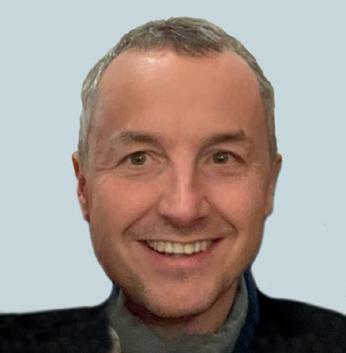

access to the water for a refreshing post-sauna dip and a floating cafe.
The sauna will join the area’s waterfront bars, cafes, restaurants and hotels.
WYLD Sauna will be open seven days a week, from early to late, offering pay-as-you-go sessions starting at £5 (US$7, €6) an hour.
The goal is to introduce the Nordic sauna experience to docks, lakes, and
harbours across the UK, using the Liverpool flagship as a blueprint.
Peel Waters, a specialist in waterside regeneration, is development partner.
Architect Jon Miller, co-founder of WYLD Sauna, said: “This is a landmark moment, and we’re thrilled to launch the UK’s first floating sauna.”
More: http://lei.sr/9W4s5_H
Les Mills has launched a Pilates programme designed to make it easy for operators to drive growth by leveraging the popular training category.
Co-creator Summer Bradley said: “The Les Mills Pilates programme pays homage to Joseph Pilates, blending the best of old with the best of the new, as we add unique music, beautiful choreography and supportive coaching to offer members an unforgettable experience.”
The programme can be delivered in any studio and instructors can


Les Mills Pilates has been launched and comes with instructor training options quickly become certified via the Les Mills training structure.
With a variety of options and progressions, Les Mills Pilates is designed to improve core strength and endurance, mobility and overall wellness. It was tested and refined 50 times before launch in a global network of test gyms.
An eight-week study of people who did two classes a week saw them increase their abdominal endurance by 61 per cent; endurance in the back muscles by 20 per cent; a 13 per cent improvement in flexibility and a 13 per cent uplift in general wellbeing.
More: http://lei.sr/T3G6B_H

Fitness First UK is piloting a partnership with Get A Drip to offer members IV treatments at Fitness First Tottenham Court Road. Treatments will be available from 11.00am to 8.00pm every Monday.
Get A Drip offers a selection of IV treatments, including the Calm Drip, Energy Drip and Fitness Drip. While IV drips have been available at social wellness clubs and longevity clinics for some years, Fitness First is the first mainstream UK health club operator to offer this service.
The innovation comes hot on the heels of the company’s announcement of a partnership with Health Hero to offer members access to a full suite of medical services.
The uplift in membership options at Fitness First are being driven by
CEO, Justin Musgrove, who’s taking the company on a fasttrack journey back to growth.
IV drips are gaining popularity among the health savvy, as they bypass the digestive system allowing for rapid, uninterrupted absorption of nutrients, vitamins and minerals. A trained medical professional inserts a small catheter into a vein and it takes between 30 to 60 minutes to be administered.
Launched in 2017, Get A Drip is one of the biggest vitamin drip provider in the UK. Run as a franchise, there are a number of clinics in London, Dublin and mobile providers around the UK. A range of wellness services are also offered by the company, including DNA testing to establish nutrient needs.
More: http://lei.sr/s9S7K_H





The most beautiful way to gently cool down.






Citius Retreats, specialist in sports medicine and wellness, is set to launch a series of high-end retreats at Six Senses Ibiza in 2025.
Aimed at those passionate about fitness, sport and holistic health, the doctor-led programmes will integrate fitness, specialised medical care and wellness practices, while promoting a sense of community.
Citius was founded by sports medicine consultant Dr George Bownes who has spent 15 years working with elite athletes, including for the Premier League, Wimbledon and the Olympics.
Bownes has tapped his network of specialists to curate a team to lead retreats which help guests advance in their health and fitness journeys.
Programmes will delve into fitness, physiotherapy, strength and

Attendees will get a wraparound level of care from highly experienced professionals
Dr George Bownes
conditioning, sleep health, nutrition and a range of wellness modalities.
“Attendees will get a wraparound level care from highly experienced professionals who’ve worked in high-performance sport daily for years,” Bownes told HCM.
More: http://lei.sr/r2G8D_H
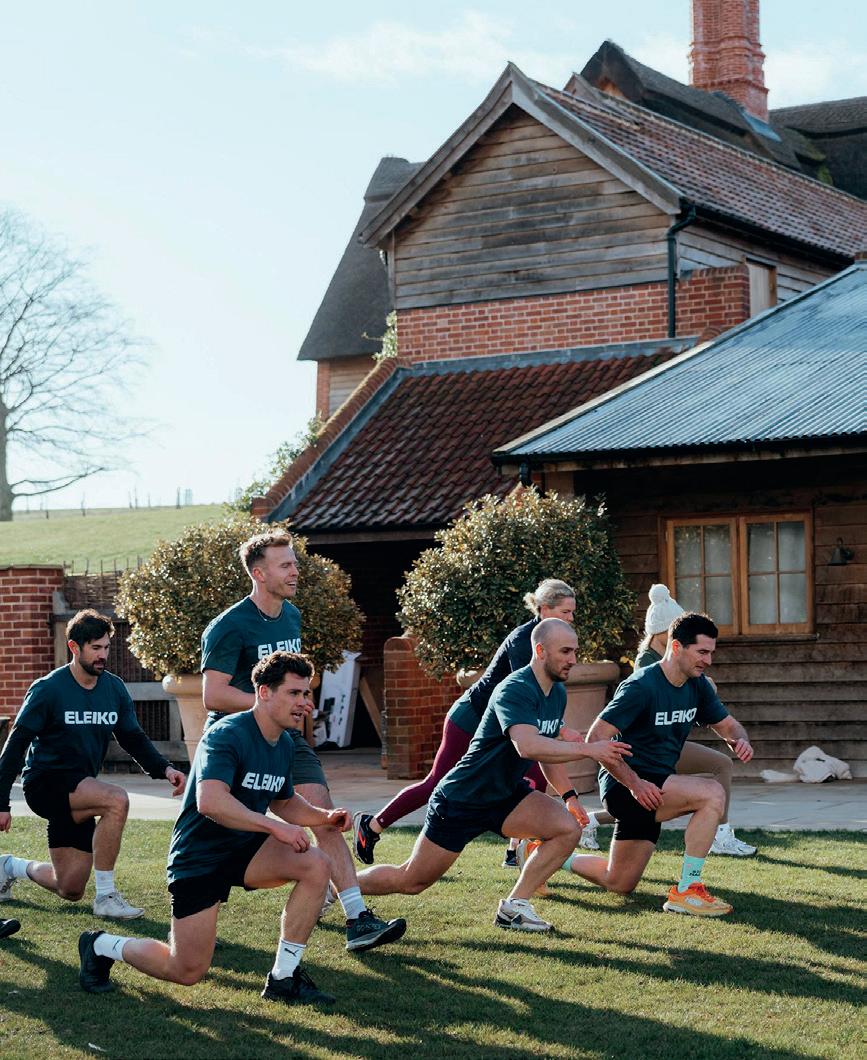
for the retreat will start at £6,500
UK Active is calling on government for support to scale up MSK Hubs following a successful pilot.
The evaluation, called Transforming gyms into community MSK Hubs, was undertaken by the UK Active Research Institute to find out if exercise could alleviate symptoms of musculoskeletal (MSK) conditions, such as persistent back pain, arthritis and pain from knee and hip replacements – which are causing an economic drag in the UK.
Designed and delivered following a collaboration between UK Active,

This pilot gives a ready-made blueprint for a protocol to improve economic activity

Exercise has been found to have a positive impact on musculoskeletal conditions
Good Boost, Orthopaedic Research UK, ESCAPE-pain and Arthritis Action, the pilot was funded by UK Research and Innovation (UKRI).
Between April 2022 and March 2024, 11,785 physical activity sessions were delivered to 1,631 participants, across 94 locations by 15 operators.
Forty four per cent reported a noticeable improvement in their pain
management after attending sessions for 12 weeks, while general anxiety levels also appeared to reduce.
Mike Farrar, chair of UK Active, said: “The results of this pilot mean the government has a ready-made blueprint for a protocol that can improve economic productivity .”
More: http://lei.sr/s9S7K_H





Anti-slip rubber floor coverings in functional training areas.




Impact resistant tiles in free weights areas.

Durable synthetic turf in indoor or outdoor settings.
Seamless polyurethane surfaces in a multitude of colours.



Sports court, and customisable, line markings.














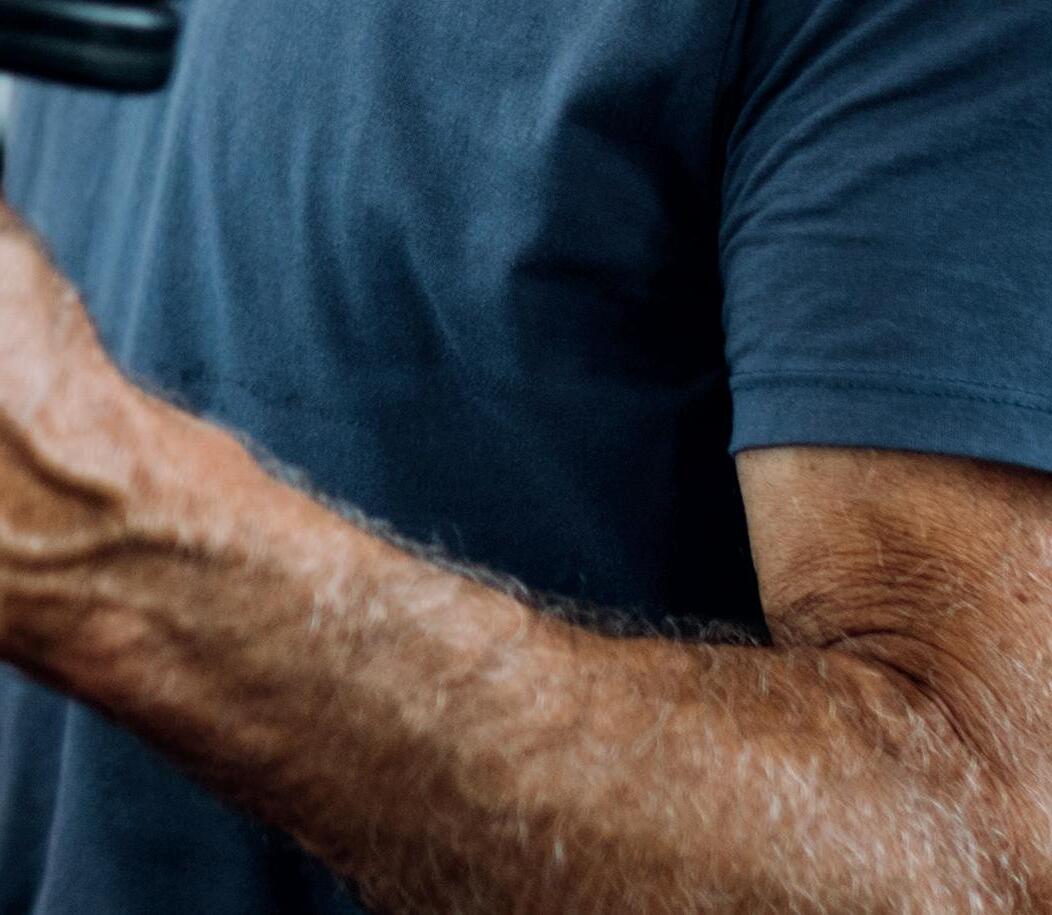

Representing the next generation of hosted buyer events, bringing together like-minded leaders in the club and fitness industry through scheduled one-on-one meetings, networking, community, and purpose.


8–11 September 2024 • Estancia La Jolla, California
Nestled in the heart of Southern California, Estancia La Jolla Resort & Spa with stunning Mediterranean-inspired architecture and lush landscapes is the ideal setting for the inaugural W3Fit North America event.
8-11 October 2024 • Chia Laguna Sardinia, Italy
Experience the marvels of Sardinia at the Chia Laguna Resort, which seamlessly blends elegant and harmonious style with an unwavering commitment to excellence. Truly an unforgettable experience discovering nature, the sea, and the wonders of Sardinia.
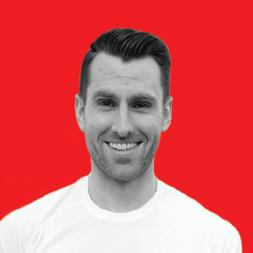
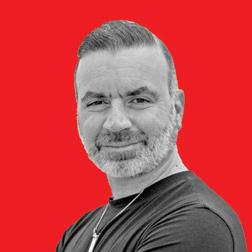
Bayer, is launching an ecosystem to support consumers as they age, comprising an app, supplement and a biological age test.
Earlier this summer, the company launched a supplement called Age Factor Cell Defense, which includes ingredients to support cellular health, such as an antioxidant from olive fruit extract, Omega-3 fatty acids, Vitamins C and D, niacin and astaxanthin.
Now this line is being supported by the Epigenetic Biological Age test which is delivered via a saliva

Our ageing journeys are unique and these digital tools are enabling offerings to be tailor-made
Julio Triana
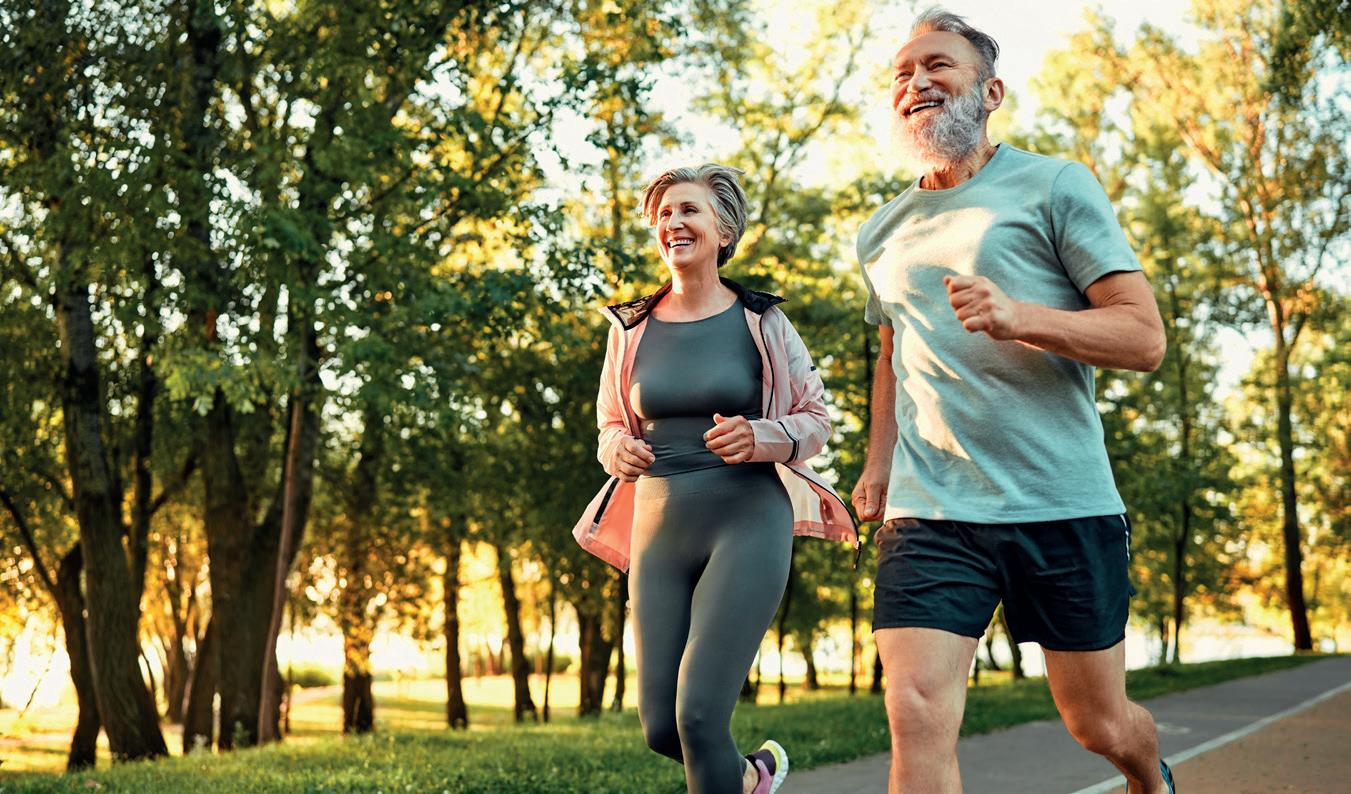
The trend for healthy ageing and longevity continues to grow
test, allowing people to find out how old they are on a molecular level. Costing £199, results are available in eight to 12 weeks.
The Age Factor wellness companion mobile app gives a lifestyle score based on daily habits and provides tips to improve the score by building healthier habits around food, exercise, sleep and
other lifestyle factors. It also allows individuals to track their progress.
Julio Triana, president of Bayer’s consumer health division says. “Our ageing journeys are unique and these new digital tools are enabling offerings to be tailor-made.”
More: http://lei.sr/D6C8Z_H

Wearable technology business, Ultrahuman, has launched a smart ring that detects atrial fibrillation – the most common type of irregular heart rhythm.
Atrial fibrillation can lead to serious health complications such as stroke and heart failure if undetected.
The Ultrahuman Air, offers a range of plug-ins called PowerPlugs – allowing people to select according to what they want to measure.
AFib Detection is the most recent addition, monitoring the heart rhythm while users sleep.
Founder and CEO, Mohit Kumar, says: “When it comes to health, one size doesn’t fit all. That’s why we built PowerPlugs for people to pick and choose what matters most for their health and wellness.

When it comes to health, one size doesn’t fit all, which is why we built PowerPlugs
Mohit Kumar
He says the AFib detection is gamechanging: “This life saving technology comes with medical approval in limited markets currently and we’re aggressively launching new markets with regulator’s approval every few weeks.”
More: http://lei.sr/h2a3R_H

The most comprehensive AI-based assessment station that leverages physical and cognitive tests to automatically create personalised training programs with Technogym AI Coach.

MIND
BODY COMPOSITION
MOBILITY
BALANCE
STRENGTH
CARDIO
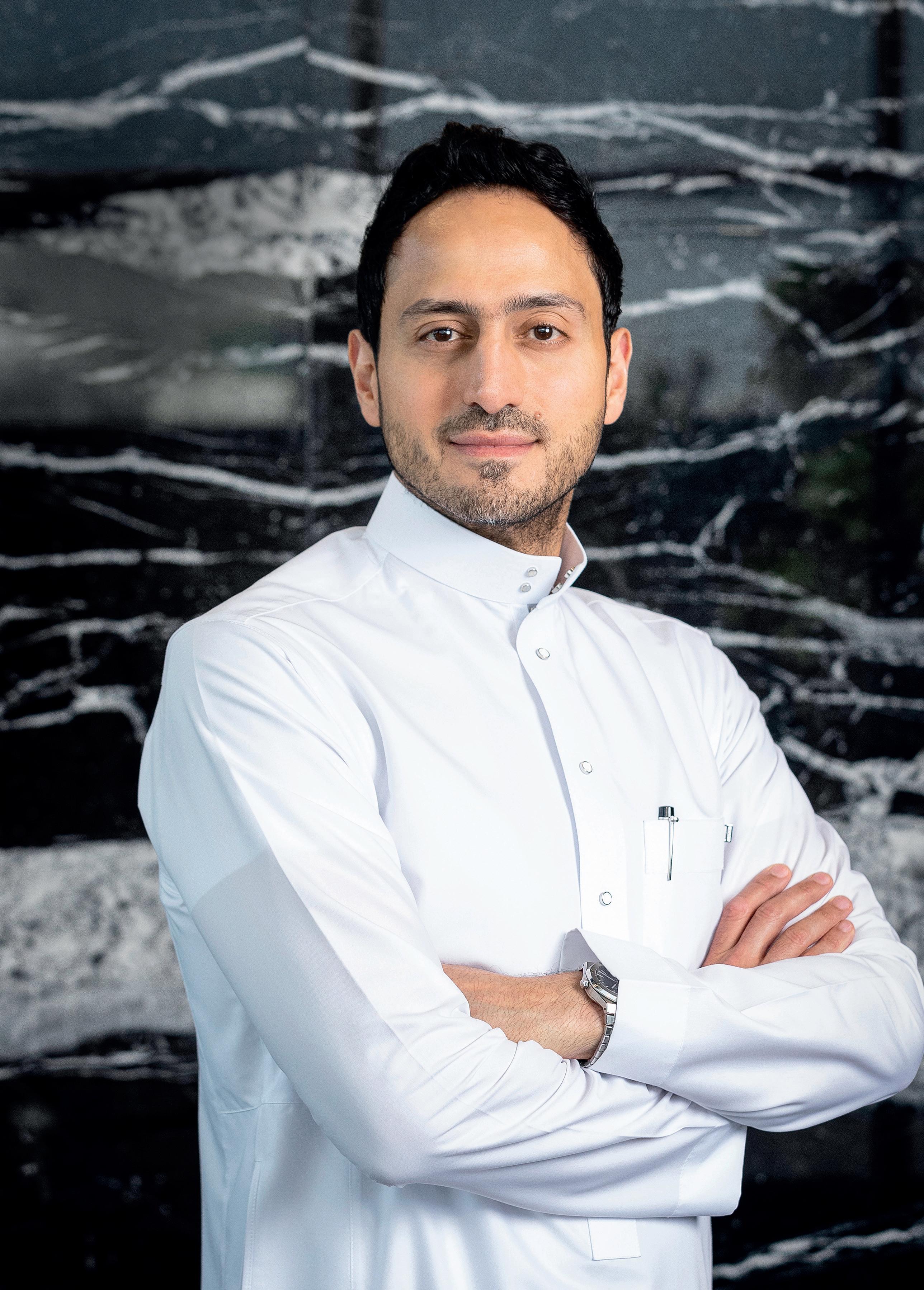





As far as I’m aware, no other team in the fitness industry has created two companies from scratch and taken them to IPO in the space of five years
The CEO of Armah Sports speaks to Kate Cracknell about creating defensible USPs and doing two fi tness IPOs in fi ve years
Back in November 2020, HCM spoke to Fahad Alhagbani – CEO of Armah Sports – about the founding of this new company and his previous time establishing and building Saudi operator, Fitness Time.
At that point, Armah Sports was on the verge of opening its first B_Fit and Optimo clubs, which Alhagbani described as “business class” and “first class” respectively. The vision: to launch the world’s first fully-fledged smart clubs.
Fast-forward to 2024 and Armah Sports has opened 12 clubs – three Optimo and nine B_Fit – with further locations secured for two Optimo and seven B_Fit openings in 2025–26. Perhaps most notably, the young business has already completed a successful IPO – Alhagbani’s second in five years, having successfully floated Fitness Time in 2018.

With Alhagbani due to speak at the inaugural HCM Summit on 24 October (www.HCMsummit.live), we felt the time was right for an update on all things Armah Sports.
How’s the business performing?
Optimo and B_Fit are both doing very well. Our three Optimo clubs reached capacity in late July and now have waiting lists of hundreds of people. It’s crucial we don’t overwhelm the clubs, so we monitor access on a daily basis, capping the number of active members.
In doing so, we could theoretically fall short of our short-term sales targets, but we ensure our member experience and high service standards are upheld. Members appreciate this and it builds our brand equity.
Our B_Fit clubs are also reaching capacity, but here we’ve taken a different approach to exert
For the past 30 years, our vision is to have a positive impact on the Saudi lifestyle. This is important to the whole family and is the emotional purpose that keeps us going
control, removing our one- and three-month membership options so only six- and 12-month memberships are now available to new joiners.
We’re still maturing as a business – our first club opened just two-and-a-half years ago – but we ended 2023 above break even with six clubs open and operating. Profits in H1 2024 then exceeded expectations, reaching almost £2m with 12 clubs open compared to a loss of £1.5m in H1 2023.
We see these clear profits of H1 2024 as the first big step in establishing stability for future growth. The outlook for 2024 and beyond is positive and aligned with the business plan we promised our investors.
Tell us about the Armah Sports IPO
Two-and-a-half years ago, the Saudi stock market was very healthy and we wanted to take advantage of that, raising capital to grow and achieving that growth within the market rather than outside it.
The Capital Market Authority in Saudi Arabia recognises that family businesses are an important part of the economy and encourages them to IPO. However, we didn’t know if it would be possible for such young business.

The other reason for wanting to IPO was a desire to grow within a powerful governance framework. We’re 11 brothers and sisters,


all shareholders in the business – mostly as silent partners – and we’re the first generation. There are now second and third generations to pass the business onto and working under the umbrella of governance helps ensure continuity and sustainability.
We sought advice from the CEO of Saudi Fransi Capital, which did the 2018 IPO of Fitness Time with us, and he said yes, provided we had proof of concept and a clear business plan for the next five years. What we already had in our favour were a story, a history and a track record – all crucial in building trust among investors.
Even though we’d already done an IPO, it wasn’t any easier the second time around and was still a process that took 22 months, but the discussions that took place were invaluable in further enhancing our strategy and business performance. We secured strong, long-term investors – including a sovereign wealth fund – and listed on the parallel market in November 2023.
Initially listing at £5.80 a share, we currently fluctuate around £19.00 – £20.00 a share, with a market cap of approximately £563m – which is similar to the valuation of Fitness Time when we listed it after 13 years of trading.
This is what all the knowledge and learnings we’ve brought with us are worth. We’ve achieved the same market cap at Armah Sports in less than half the time it took at Fitness Time.
We also won the Best IPO of the Year 2023
– Nomu – Parallel Market at the 2023 Saudi Capital Market Awards, beating 34 other IPOs.

Credit has to go to the whole team for this, from our consultants and advisors to the Armah team that supported the IPO while also building and opening clubs.
As a team, we complete each other. As far as I’m aware, nobody else in the fitness industry has created two companies from scratch and taken them to IPO in the space of five years.
Our next goal is to upgrade Armah Sports to the primary stock market. We’ll aim to do that in the next two years.
What’s your growth strategy now?
We’ll continue with our existing strategy and business plan, leveraging our knowledge and confidence in what we’re doing to grow our network.
We’ll open two new clubs in 2025, both B_Fit, followed by seven in 2026: two Optimo and five B_Fit. We’ve focused on Riyadh and Jeddah so far, but are currently negotiating locations in the eastern province – Mecca and Medina – for 2026–27.
We continue to focus on prime locations in the five major cities of Saudi Arabia. We get so many offers for second- and third-tier cities, but we don’t want to go down this road. The plan is to create an intimate network this time. We’re focused on experience, on service standards, on quality over quantity, keeping a close eye on all clubs from HQ. We’ll get to 30 clubs and then grow only slowly.
Our first 12 clubs and our head office were built on land we acquired with the proceeds of our 2018 IPO – an investment for the future
of the business. This also meant we had no landlords to pay during COVID, so it also put us on a strong footing with the banks.
Banks will normally loan 60 per cent of a facility’s value, but in one case our land ownership meant we were offered 100 per cent.
Moving forward, unless there’s a piece of land we particularly want to buy, we’ll follow an asset-light model, as our preIPO process found investors prefer this.
You’re using the op co/prop co model
We’ve just signed a deal with the publicly-listed Banan real estate company, whereby the real estate company will purchase land and build and fit out clubs to our specifications. Armah will then install the equipment and operate the clubs and we’ll share the profits. It represents another great way to grow, with six clubs already agreed. They will likely open in 2027 and are in addition to the pipeline I’ve already outlined.
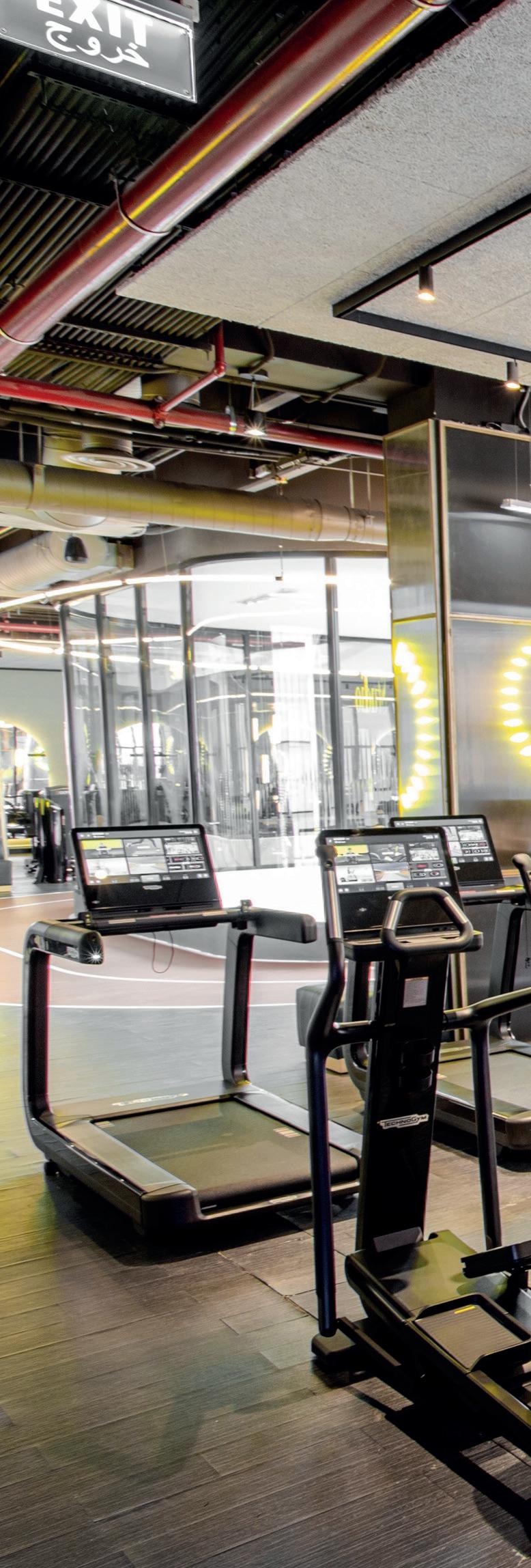
Saudi is an interesting and growing market, as evidenced by the many international companies wanting to enter it. We have no reason to look overseas for growth at this stage.
The market has already doubled in size over five years and will double again in the next five to near maturity. We’ll need to look at diversification at that point – something we’re already planning for.
What about the facilities in your clubs?
I don’t usually just talk about facilities when describing our brands, because facilities aren’t a defensible USP. Anybody can create beautiful facilities.
We’ve signed a deal with Banan real estate company, whereby it will purchase land and build and fit-out clubs. Armah will install the equipment and operate and we’ll share the profits

What matters is how you put everything together and translate this for your members through your branding, brand personality, language and communication. This is an important part of building a bridge between your clubs and your members and I don’t think the fitness industry focuses on it nearly enough to optimise the opportunity.
We’ve invested heavily in all these areas and it has translated well into the way the brands are expressed. Optimo has the feel of a hotel –it’s very classy –and the B_Fit concept is more progressive and avant garde. These different personalities come across strongly in everything from the club environment to the way the brands and staff speak to members, both face to face and through our marketing channels.

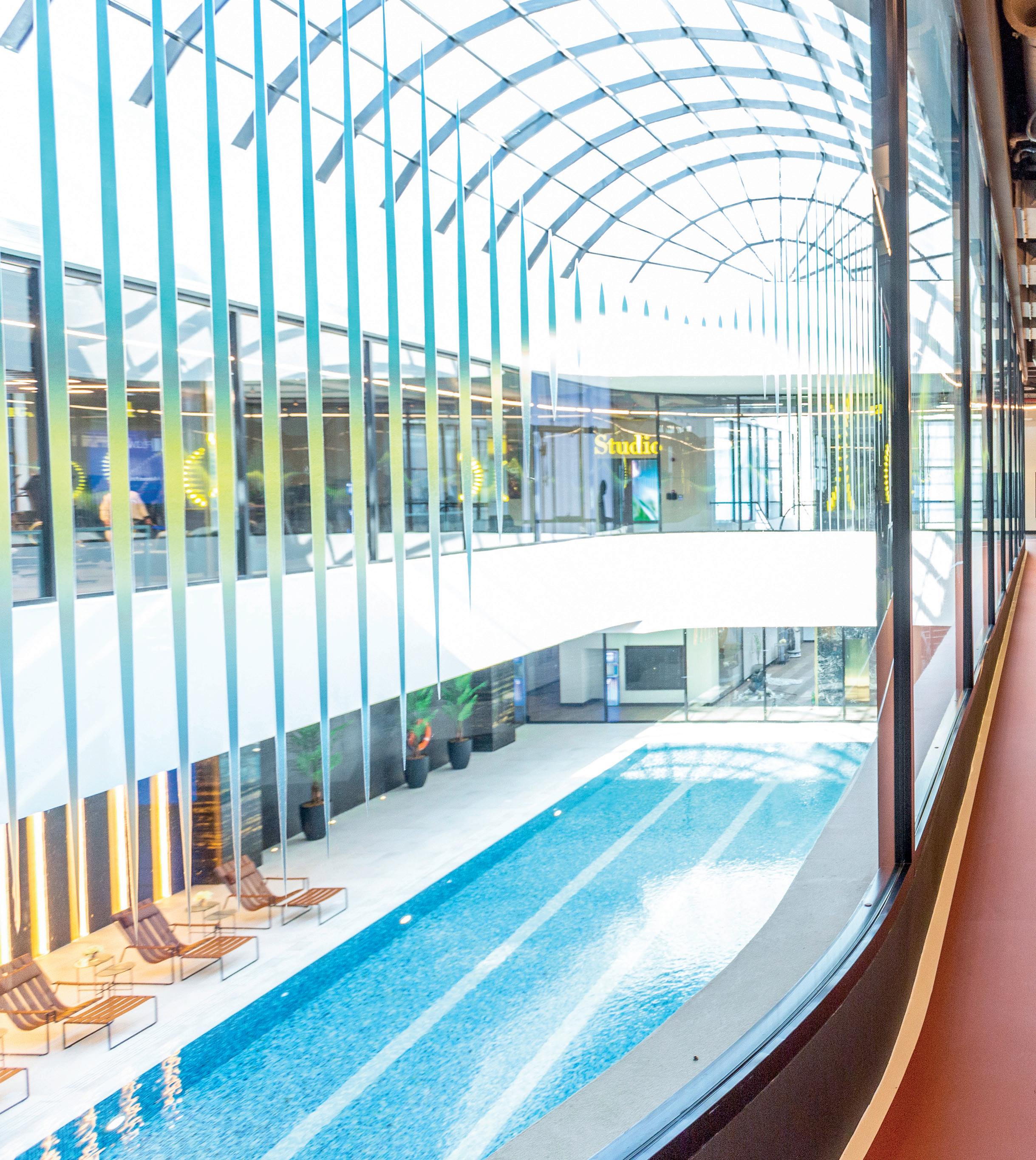
You’ve embedded mental health support into your clubs
Awareness of mental health remains very low here in Saudi, so we’re taking it slowly, but we’ve signed an exclusive agreement with UK-based wellness culture platform Minderful (www.minderful.com) and we run sessions for members and staff in English and Arabic.
We’re not a medical institution, so our role is to educate and raise awareness rather than to treat people. So far, we’ve run sessions for members on sleep, body image and controlling stress and they’ve all been very positively received.
Will you launch more brands?
We have two more brands already cooking. One we’re calling BYLD, the other is yet to be named.
We’re still focused on Optimo and B_Fit for now, but we’re continuing to develop our other two concepts so they’re ready to go when the time is right. Timing will be determined by two factors. The first is our agreeing the exact market positioning for the two brands, which remains a moving target and we’ll continue to tweak their positioning until the final minute.
The second factor is the market being ready for them. We were originally looking at the low-cost segment – I mentioned that in my

We have two more brands already cooking so they’re ready to go when the time is right and the market is ready for them
interview in HCM in 2020 – but we didn’t want to be the first mover. There are now two brands in that space and we’re continuing to observe their progress. We’ll decide how to position our two new brands over time.
We’re in a great position to do this, because our family has created the fitness market in Saudi Arabia. My eldest brother Abdulmohsen founded Bodymasters in 1994, which I then joined. Together we created Fitness Time and now Armah Sports. It’s one of our competitive advantages: we have the knowledge of the market because we created it, pivoting and improving with each new business.
Do you worry about growing competition?
I used to worry, but now we simply focus on what we do. We play in a different league.
Of course we keep an eye on the market to understand competitors’ strategies, but we’re confident we’ll always find ways to differentiate and strengthen our position and competitive advantage.
It’s also true that the Saudi fitness market is large enough for lots of players to succeed. We, therefore, see competition as a positive force that keeps the engine running well and drives the success of the overall market.
Tell us about your smart club model. Abdulmohsen and I had already opened more than 100 Fitness Time locations when we created Armah Sports, so we didn’t want to repeat ourselves, but to create something new to differentiate ourselves in the market.
We had a vision of creating the world’s first smart clubs, inspired initially by discussions among my hugely supportive REX Roundtable community.
In the past, we prioritised growth and the fitness element of clubs over technology, which was arguably our weakest link. This time, we developed the tech infrastructure and then built our clubs on top of it – we built the backbone and then integrated everything else into that ecosystem.
We have an excellent building management system, for example, which is essentially about energy optimisation. It monitors our air conditioning, water consumption, pool temperatures and so on to enable our buildings to be greener. It’s why we were awarded LEED certificates for both Optimo and B_Fit.
We’re also entirely paperless across the entire Armah Sports business and all our systems can talk to each other. Club access is via facial recognition and members will soon be able to use Amazon Alexa voice technology



to book classes, request information about our trainers and book personal training.
We have Innovation Labs at Optimo and B_Fit where we pilot tech – VR and AR, for example – that members can try. and we can assess – we also anticipated EVs before they were on Saudi streets, installing charging stations at our clubs. .
Our ecosystem also includes smartwatch connections to apps and equipment, but of course that isn’t new for fitness.
This is a non-stop journey, constantly pushing the envelope to make our clubs as smart as we can. We view ourselves as a tech company, not just a fitness company, and we’re open to adopting any tech that will optimise operations and enhance the member experience.
We’ve achieved the same market cap at Armah Sports in half the time it took at Fitness Time
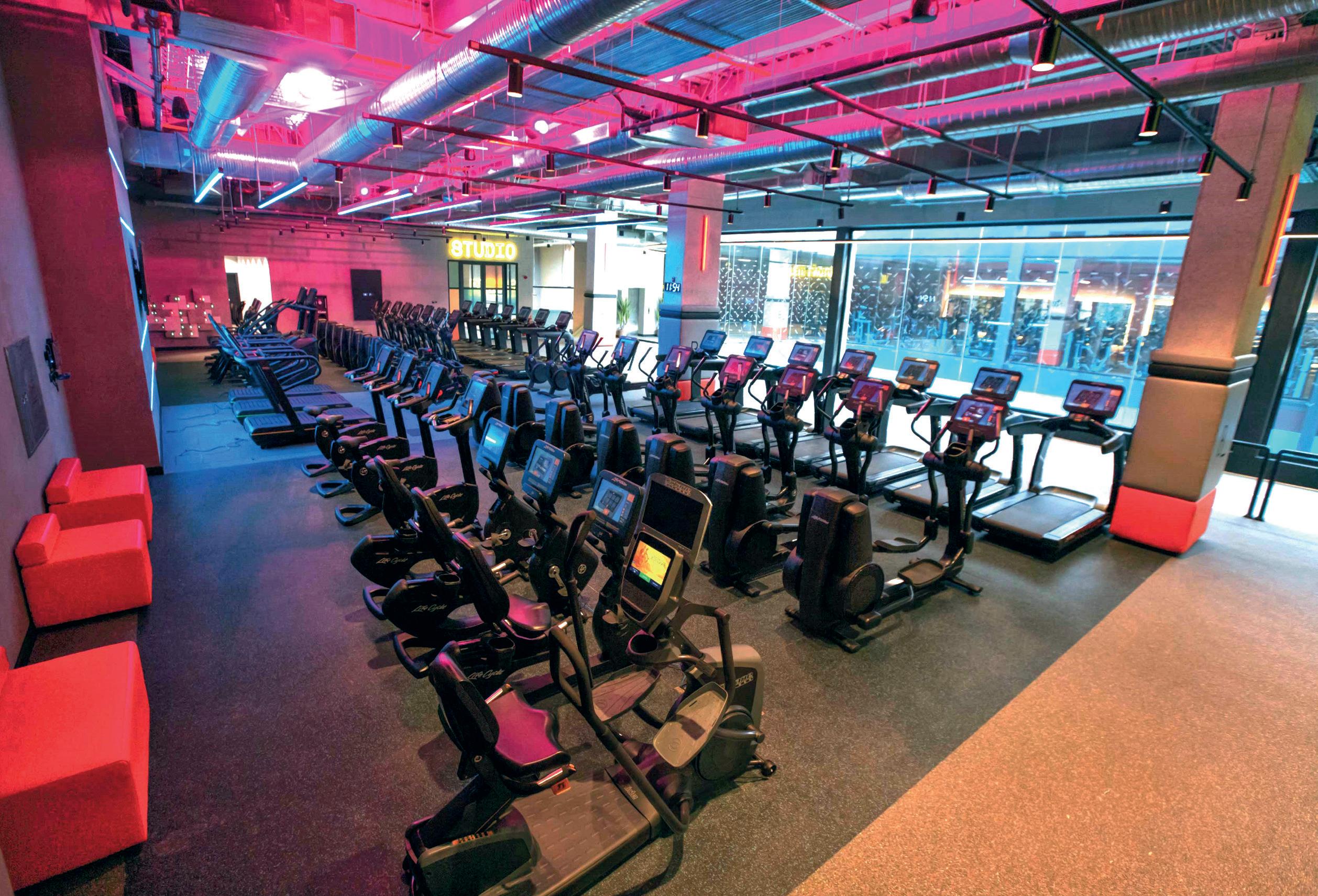
We want to unlock the human potential of our country by using fitness to help people lead a healthier life
It has to make sense, however – if you adopt too much technology, you can make it very complicated for yourself and your members. You have to be careful where you draw the line.
Are you using AI?
Fitness as a sector is slow to adopt technology, which means we can take our time to observe and see what else is coming. This is our approach when it comes to AI.
Nevertheless, machine learning is already part of the software in our clubs and is producing a lot of data. We want to be able to use this to inform our decisions as a business and to

precisely target our marketing, so building our data analytics structure is one of the main things we’re working on at the moment.
What’s your vision as a company?
Now, as for the past 30 years, our vision and driving force is to have a positive impact on the community and on the Saudi lifestyle. This is important to the whole family and is the emotional purpose that keeps us going.
In Saudi Arabia, 65 per cent of the population is aged under 35 years. We want to unlock the human potential of our country by using fitness to help them lead a healthier life.

Fahad Alhagbani shares insights into his career moves and addresses rumours about recent business decisions
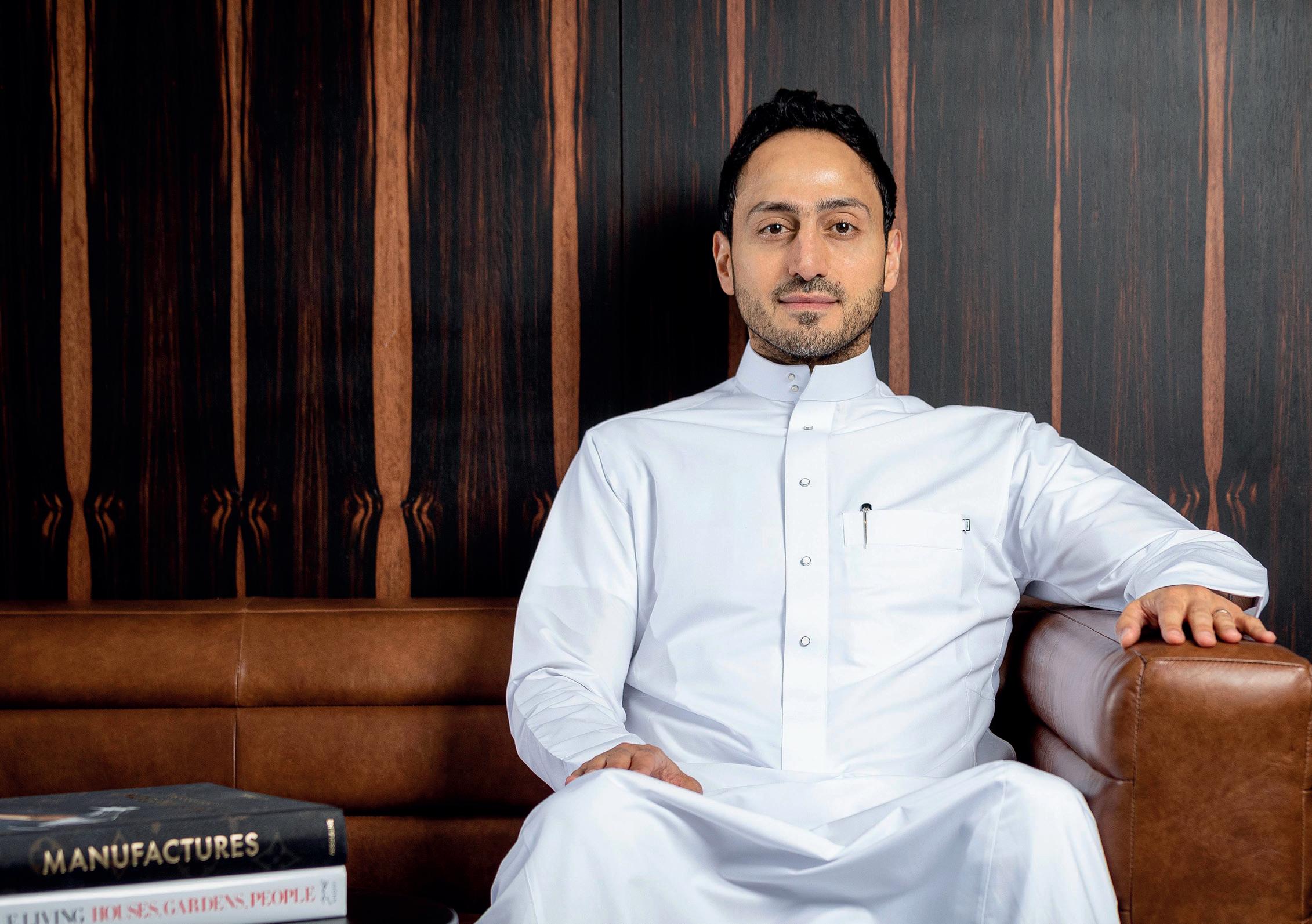
On leaving Fitness Time…
I’m often asked why my brother and I left Leejam after the Fitness Time IPO. There were so many rumours.
The simple answer is that a parting of ways is normal in business when there’s a conflict of opinion over the direction of the company.
We’d done what we could at Fitness Time – put in place a foundation of people and systems to enable future growth and taken the brand through an IPO. We knew the company could continue to succeed and so it has proven. At IPO, Fitness Time had 150 clubs and a market cap of around £563m. Today, it has 199 clubs and a valuation of £2.3bn.
The biggest winner is the consumer, with two successful companies now serving their fitness needs.
On defending the B_Fit brand…
We launched B_FIT to the market with its smart club tag and soon after that, a competitor launched a brand called B-IT, also with a smart element.
We’d get walk-ins to our clubs referencing offers made in our competitor’s campaign and the similarity in brand name was causing confusion.
We tried to communicate informally, but unfortunately it ended up in court. We left it to our lawyers and the process was purely factual – referencing documents showing when the brands launched and so on. In the end it was determined that we had the rights to the name.
The other business has rebranded to IN2 Fitness and continues to operate. We continue to operate. There are no hard feelings. It was simply a business decision that had to be made to resolve the confusion in the market.
On closing Saudi’s 1Rebel studios… 1Rebel was always a private venture for me, a passion project outside of Armah Sports. We opened two locations and had high hopes, with three more locations secured, but the boutique market was still in its infancy in Saudi and we opened during COVID. Quite simply, those first two locations didn’t perform to expectations.
We delivered an experience that nobody else was delivering and the feedback was great. It looked and felt like a success. It just didn’t drive the necessary revenues.
Head office in London was also stretched during COVID and the franchising infrastructure wasn’t in place to give us the support we needed; we were, I think, just the second franchisee outside of the UK. We invested countless hours and millions of dollars over and above the capital to keep the business alive, but it just didn’t work.
Perhaps we should have closed the studios sooner, but I didn’t want to leave any stone unturned and I don’t regret anything. I had fun alongside the stress and I learned a lot.
I’d still be open to taking those learnings and doing something in the boutique market if the positioning were right. It’s a double-edged sword as many boutique businesses are struggling, but the experience they offer makes them an important part of the market, complementing the big boxes. ●
At BLK BOX we have a solid understanding of what a high-performance facility looks like within elite sport
Ross Manester, BLK BOX

With an in-depth understanding of the needs of elite sports teams, BLK BOX has the ability to custom-design, manufacture and deliver bespoke fitness solutions that can supercharge the team training environment across all sporting seasons
Belfast-based equipment specialist BLK BOX has been leading the way in the elite sport sector for many years, backed by a team with an in-depth knowledge and experience of the very specific training requirements of this sector.


BLK BOX business development manager, Ross Manester says: “Our approach to facility design within this sector has been refined over the seasons and we feel we now have a very solid understanding of what a high-performance facility looks like within elite sport, which allows us to tailor our equipment and product offering to meet these demands.”
The ‘made-in-Northern Ireland’ brand has worked with some of the biggest names across Europe and the world, including Arsenal, Manchester United, Chelsea and FC Barcelona, making the company a premium choice for any sports team with specific, complex and high-end requirements.
The blueprint when designing a facility within this sector, says Manester, involves ensuring the facility can be versatile enough to meet whatever demands are thrown at it during various phases of the season.
He says: “Whether this be for pre-season training, in-season training or rehabilitation sessions for the physios, the facility needs to be multipurpose and provide a platform for performance staff to do their jobs efficiently and effectively.
The blueprint when designing a facility is to ensure it can be versatile enough to meet demand whatever is thrown at it during the various phases of the season
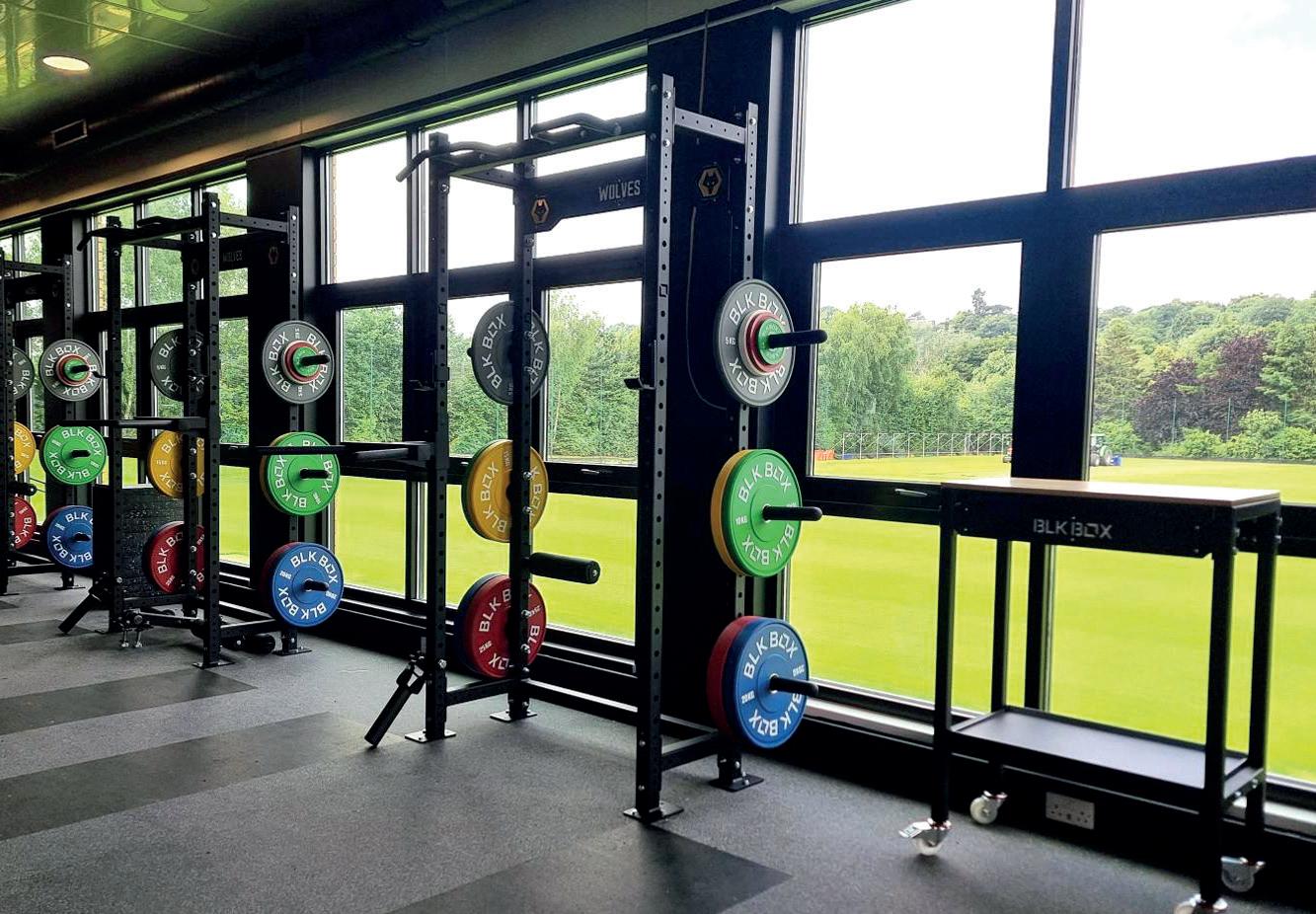
“Pre-season is arguably the most important time for teams when it comes to the gym,” says Manester. “It’s often the only time during the season where players can be encouraged to make gains that ensure they’re more physically capable, more robust and less likely to be injured.
“It’s vital any facility is planned to ensure sessions can take place in the most efficient manner and house all the tools for coaches to achieve this.”
BLK BOX recently delivered a full facility refurbishment for Wolverhampton Wanderers FC, bringing more brand uniformity and a better layout and flow to the club’s training facility.
The BLK BOX team worked closely with coaches to understand player numbers, session details and training requirements, ensuring players have easy access to vital pieces of equipment, whatever the training session or time of season.
Manester says: “The existing gym was consistent with what we see in a lot of clubs where numerous managers and performance staff order new items from different places which all come together to provide a facility which doesn’t have a natural flow or look.”
The first step for BLK BOX was to consider the design and layout. The club opted for a zoned approach with specific areas for each piece of
platform for excellence
equipment including a free-weights area, a rack area, testing area and movement prep area.
The next step was a new floor and turf track – to not only give the facility a much better look, but also to help manage the flow. A seamless performance floor was also installed in the free-weights and rack areas, with a two-lane 20m sprint track to allow for sled, sprint and plyo work, finished in black to match the new equipment and facility branding.
Other equipment installed included half racks, a testing rack, bespoke storage solutions and bespoke double-sided throw wall designed specifically for Wolves, turning what would be considered deadspace into a place where players can work on power development with simultaneous throws/slams.
All equipment was powder-coated finished in black and had the ‘WOLVES’ logo laser cut into it, putting the client’s brand at the centre of the facility and reinforcing the team’s identity. Some of the existing equipment was re-upholstered to ensure all the equipment looked new and matched the club’s branding, keeping uniformity throughout.
Manester concludes: “The end result really has the wow factor – a facility which not only looks brand new and uniform, but also has great flow and enables coaches to run sessions more efficiently and with better execution, due to the equipment provided.” l
l More: www.blkboxfitness.com
Spanning fitness and wellness, longevity clinics sit at the premium end of the market, but is longevity a trend that’s here to stay and is it heading for the mainstream? Kath Hudson reports
The 2023 Future of Wellness report from McKinsey found demand for healthy ageing and longevity services is increasing, with 70 per cent of consumers in the US and UK and 85 per cent in China purchasing a product in this category in the preceding year.
McKinsey notes that by 2030 one in six people in the world will be aged over 60, so there will be a greater focus on healthy aging, with younger people looking for preventative solutions and older people seeking to improve their longevity and healthspan.


Equinox made a spectacular leap into the longevity arena earlier this year with the launch of a US$40,000-a-year membership called Optimize by Equinox in partnership with Dr Mark Hyman’s company, Function Health. This offers an extensive battery of health tests – including stress and ageing, metabolic health and thyroid function – which are then used to inform personalised programmes to boost longevity and healthspan.
Destination wellness brand, Canyon Ranch, is also rolling out a new longevity retreat, starting this November, with 10 dates next year. The four-day programme, Longevity8, launches at Canyon Ranch’s Tucson resort and is inspired by eight principles: integrative medicine, flexibility and fitness, nutrition, sleep, spiritual wellness, mental and emotional health, outdoor activity and strength and endurance.
Attendees will undergo 15 diagnostic tests assessing more than 200 biomarkers, including blood work, cancer screening and genetic testing, as well as scientific evaluations, such as VO2 Max and DEXA Body at the resort’s medical centre. Retreats are priced at US$20,000 per person for the four-night stay.
At the moment these services are only at the top end of the market, but will they filter down to the mainstream? If so, when and how? We ask some of the operators who are creating facilities and services focused on longevity, what their offering looks like and where this trend could take us…

Longevity strategies are likely to filter down to the mainstream as consumer awareness of the importance of healthy ageing continues to grow

Dr Jason Culp
Director of R&D, Chiva-Som Hua
Hin, Thailand
At Chiva-Som Hua Hin our philosophy is to promote longevity through a comprehensive and integrative approach to wellness, combining the best of modern research with traditional holistic practices. Currently we offer 16 specialised retreats, all aiding longevity and creating a path to a healthy lifestyle.
Our retreat stays are based on six modalities of wellness – spa, holistic health, fitness, physiotherapy, aesthetic beauty and nutrition – with each programme tailored to guests’ current needs and goals. The retreats include ageing well, immune resilience, natural
renewal and cell vitality, which supports guests who’ve recovered from or are in remission from cancer.
We also offer cutting-edge epigenetic testing designed to offer personalised insights into how lifestyle and environmental factors influence gene expression. Epigenetic testing looks at a person’s biological age, rather than chronological age and can provide insight into how to slow the ageing process through sustainable exercise, nutritional habits and lifestyle modifications tailored to the individual.
We’ve also launched hyperbaric oxygen treatments, to support blood-oxygen levels, recovery and overall longevity, as well as genomic testing and bone density analysis to further complement guests’ transformative wellness journeys.
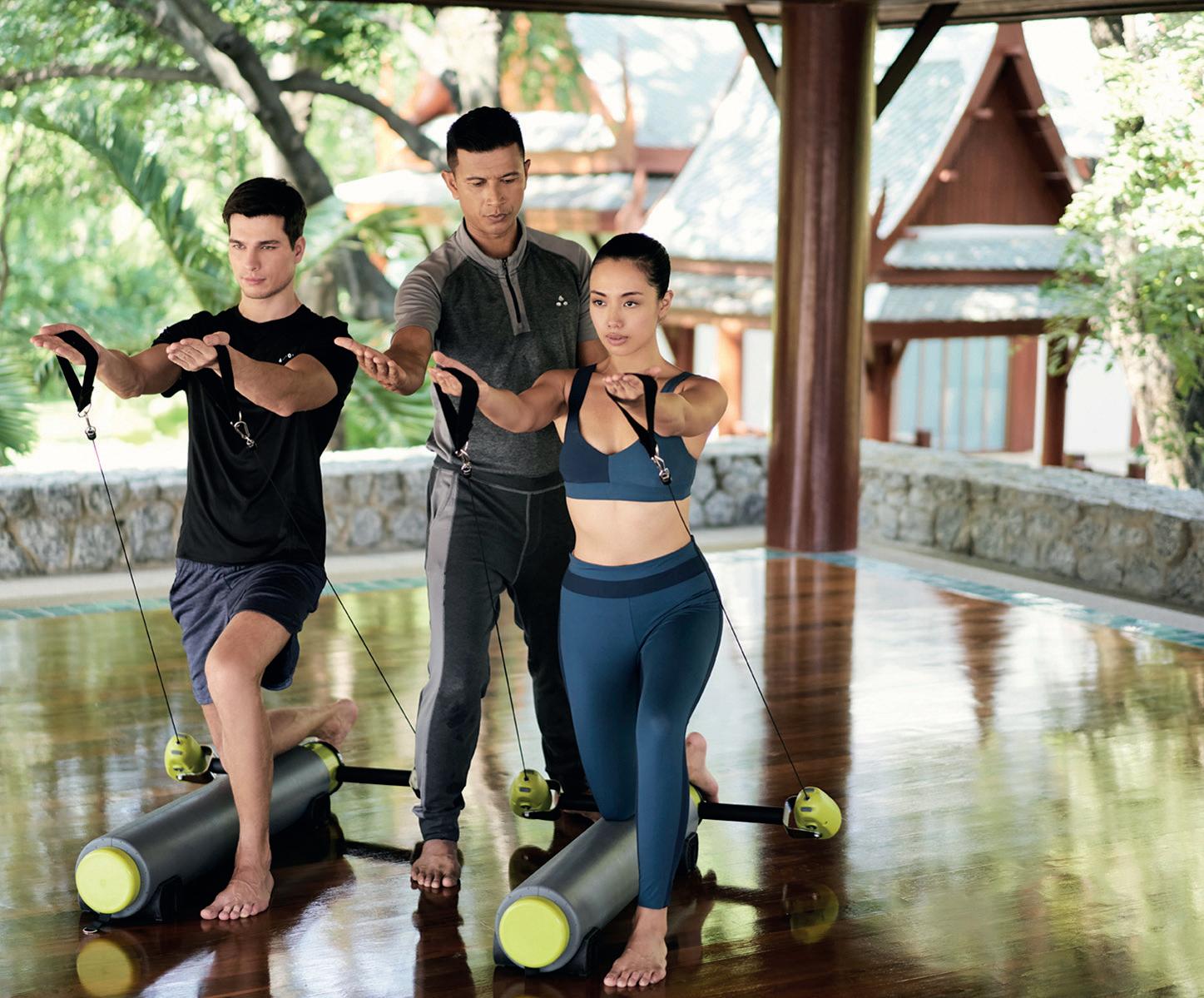

The demand for longevity strategies in wellness resorts is increasing, driven by the growing interest in extending lifespan and quality of health through sustainable solutions such as diet, exercise and lifestyle modifications. Recent studies highlight how adopting these habits by midlife can significantly extend one’s lifespan, which is attracting a diverse range of guests to wellness resorts.
Biohacking as a longevity strategy is gaining popularity in wellness resorts, particularly among younger generations eager to explore innovative ways to optimise their health. These individuals are seeking more opportunities to engage with personalised biohacking services – from functional nutrition to physiological data analyses – to enhance their overall wellbeing. Recognising this trend, we’ll be enhancing our use of biohacking methods in the resort.

Longevity strategies are likely to filter down to the mainstream as consumer awareness of the importance of healthy ageing continues to grow. As personalised nutrition, biohacking, sleep quality enhancement and stress management techniques continue to gain traction among consumers, this will drive demand for similar services in everyday public settings, such as health clubs and workplace environments.
Advances in technology and innovative methods of engaging in longevity practices will make these strategies more accessible and affordable to the general population. This shift will encourage a wider adoption of longevity strategies beyond the exclusive environments of wellness resorts.


Wellness pioneer, Six Senses
Six Senses understand longevity to be about the future, as opposed to wellness, which is about what we’ve done up to today and are doing right now.
We worked with experts to design our longevity offering and teamed up with Dr Mark Hyman and the Rose Bar longevity club at Six Senses Ibiza and Only Health in Kaplankaya, Turkey to introduce third-party, longevity-focused clinics in 2021.
We’re now in the process of rolling out longevity offerings to other locations: we’ll have a clinic in London when we open our property there in 2025 and there are several others underway. These are all third party clinics, as we don’t want to operate medical facilities.
Six Senses is also launching a longevity programme in Q3 this year. We start with biomarker screening and the use of a continuous glucose monitor to track glucose levels and understand the baseline. Fluctuating glucose is really bad for longevity and high glucose levels are super bad for your health in general. It’s important to learn what makes your blood sugar spike and also how quickly it comes down.
The retreat starts with autophagy: a three- or fourday intermittent fast – with vegan food to minimise protein intake to suppress mTOR signalling – supported with senolytic supplements such as quercetin and fisetin to clean out senescent cells, commonly known as zombie cells. These are old cells that have stopped
We’re in the process of rolling out new longevity o erings
dividing and many of our diseases come from an accumulation of them in the body. Clearing senescent cells can delay the onset of disease by several years. The average age for disease to start is 63, but if we adopt longevity strategies we can push that back to around 70, which represents a huge difference in life quality.
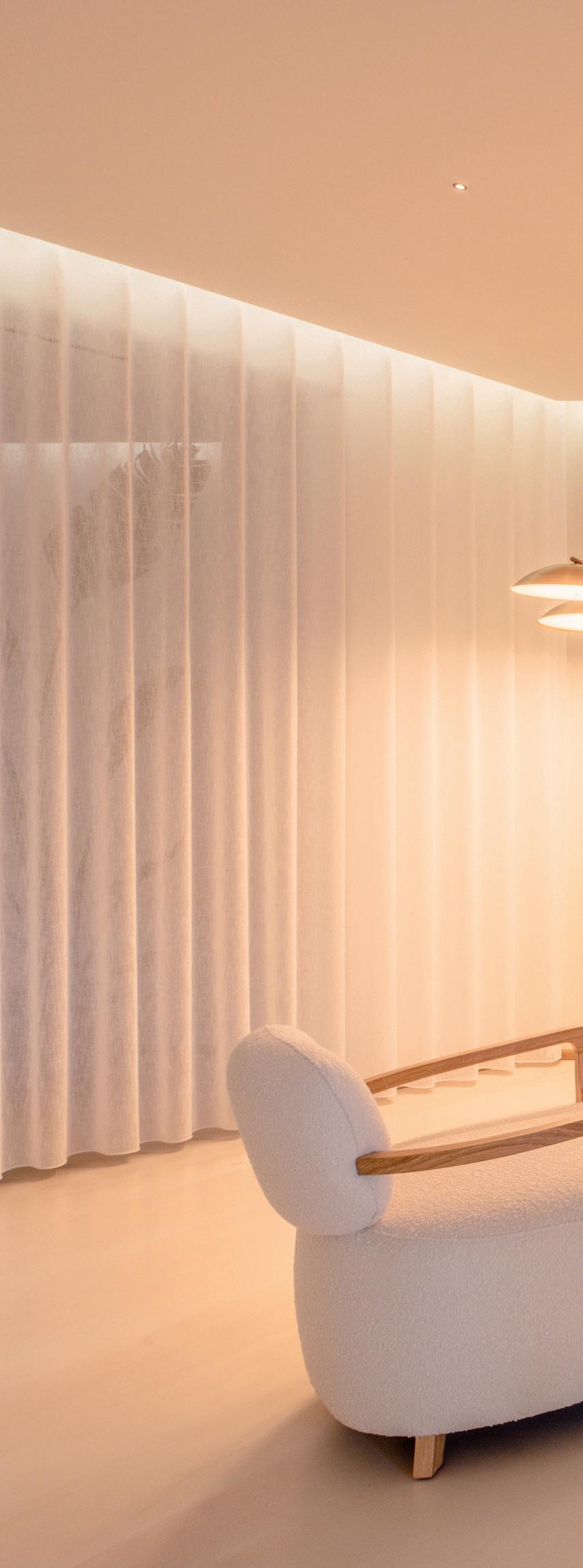
When we fast for 24 hours we support our stomach, because when it doesn’t have to process food it can focus on cleaning out and building stem cells. Autophagy also boosts the production on Nicotinamide adenine dinucleotide (NAD), a coenzyme that’s vital for metabolism and energy production. Among other things, it converts food to energy, helps to maintain DNA integrity and ensure proper cell function, to protect our bodies from aging and disease.
When we’re born our NAD levels are high and as we age they get lower. After 50 it gets very low and current lifestyles are really good at depleting it. Sirtuins are the soldier cells that feed on NAD and we can keep them sharp by challenging the body via hormesis: a short term stress to wake them up, such

as HIIT, hot/cold therapy and fasting. They then play a crucial role in cell survival, energy metabolism, the control of inflammation and healthy ageing
So our guests start the retreat with ginger and lemon water in the morning and then fast up until lunchtime, when they have a tasty vegan meal. They’ll eat a light, early dinner and fast until the next day.
After three or four days of this intermittent fasting, the focus moves to stimulating the production of the protein mTOR (mammalian target of rapamycin) which controls many cell functions, including cell division and survival and is responsible for the growth of muscle.
We do this by upping guests’ protein intake and working on strategies to build muscle. Loss of muscle mass is a very big problem as people age – especially for menopausal women.
Most people are tired, overstimulated and producing too much cortisol (the stress hormone), so we also do a lot to calm the nervous system and stimulate the vagus nerve, such as breathwork, meditation, somatic experience, hikes and connecting with nature.

Alex Rebeiz and Waldo Ramsay
Co-founders, Rebase
The journey to Rebase began six years ago when I faced a severe health crisis that required emergency surgery followed by a very long and gruelling recovery.
My best friend and Rebase co-founder, Waldo Ramsay, supported me every step of the way, making me realise how important maintaining a healthy social life was to my recovery. We became convinced that healing is a collective journey and set out to create a social wellness space that combined the treatments and therapies we found to be the most effective when it comes to de-stressing and recovering from hectic, metropolitan life.
Offering a fusion of ancient practices and modern therapies, Rebase is a community-driven, social hub centred on the myriad of established global traditions of hot and cold therapy. The club offers a range of

We’re noticing a global trend for more people wanting to take control of their health with wellness practices

services, including saunas, ice baths, yoga, hyperbaric oxygen, vitamin infusions and red light therapy. Additionally, Rebase offers an adaptogenic apothecary of health-enhancing beverages such as bone broths, nootropic smoothies and mushroom teas.
By providing a holistic approach to wellness, backed by the latest scientific research, we envision Rebase as an urban-oasis where our members recharge
Rebase focuses on fusing ancient practices with modern therapies

so they can live and perform at their highest level, without getting burned out, injured or over-stressed.
Membership starts at £320 a month and we’ll cap it at 200 to 250. Members have unlimited access to our members’ suite – which has eight ice baths ranging in temperature from five to 12 degrees and a large traditional sauna – and also includes two cryotherapy sessions per month, one hyperbaric oxygen session per month and six guest passes a year, as well as discounts on other services, including manual therapies and osteopathy in the two treatment rooms.
Our classes are a mix of movement, breathwork and guided cold immersion and contrast therapy. Urban Oasis is the most popular and comprises sauna, yoga, ice bath, movement and breathwork. Our evening classes involve sound healing and sleep optimisation.
Currently we’re open to non-members, who can book three classes for £60, or rent the fourperson hyperbaric oxygen chamber for £160 per hour. The private contrast suites can be rented for 45 or 90 minutes and gives a new spin on socialising: they include an ice bath and infrared or traditional sauna and have a sofa, speaker system and intercom to order drinks. Yoga, massage and stretching can be added on.
We’re noticing a global trend for more people wanting to take control of their health with wellness practices and we plan to open further sites in the UK, including more in London, the Home Counties and further north, in Manchester or Liverpool.
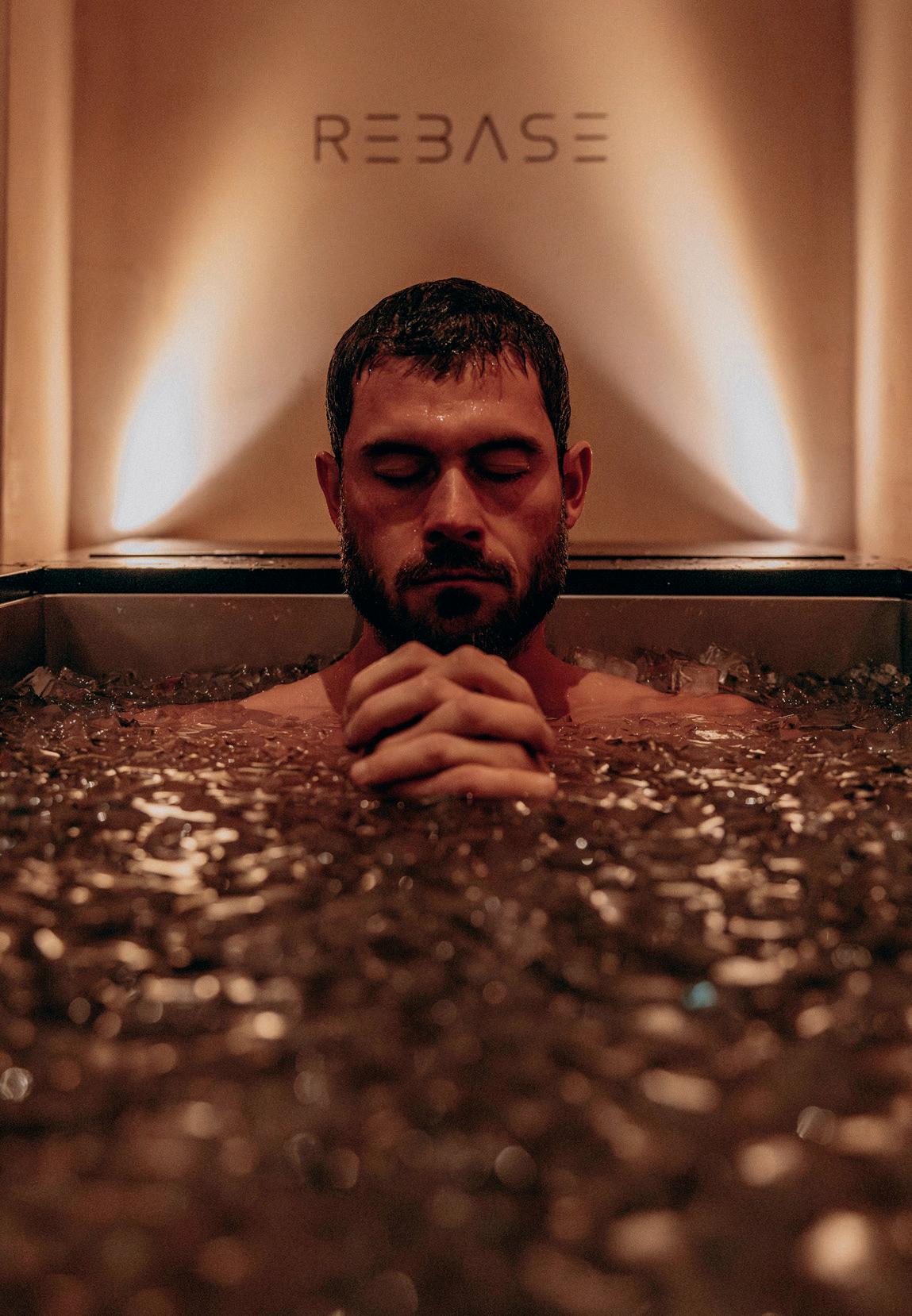

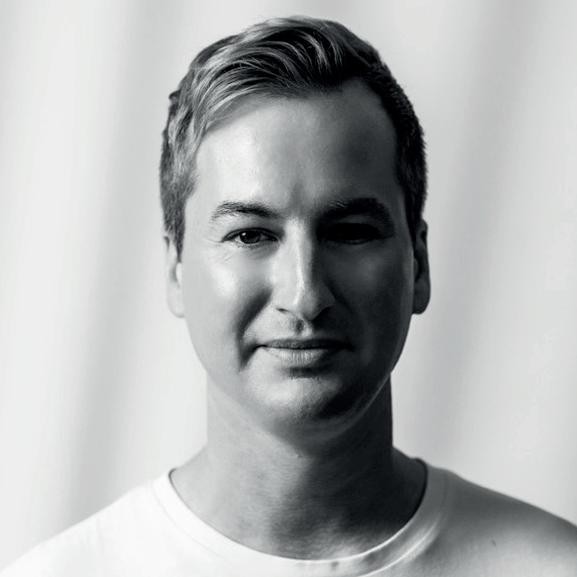
Our approach is around healing from within. We create the environment for people to recover and learn how to look after themselves
Duncan Parker and Mark Ball
MD and marketing manager, Grey Wolfe
At Grey Wolfe we’re putting the private into private members’ club: when people visit they’re alone, unless they choose to bring a guest. Post-pandemic there’s been a big focus on community, but this is a space where people can come back to themselves, in solitude, and receive one-to-one treatment from our therapists.
Our USP is individual care, we want our members to feel they’re the only person on the planet when they’re with us. They stay up to four hours for a journey of bio-tech and bio-touch. The individual aspect allows people to open up in a way they wouldn’t if there were other people around.
Our members are people who value this privacy. Some of them are famous, we also have a lot of C-suite people, as well as successful middle-aged women who’ve reduced their working hours to prioritise themselves: putting health over wealth.
Many clients find us because they’re searching for biotech, such as infrared saunas and hyperbaric oxygen chambers, or poultice quartz massage (a massage with quartz crystals in poultices performed on a heated quartz bed), but we go deeper and help them find the root cause of their back pain, or sleep issues.


Our focus is healing from the inside-out to create what we call bio-harmony. We get lots of feedback, digital –from our machines– and qualitative, such as the person in their 40s who’s had insomnia for decades, but had a deep sleep after being with us, which has helped their anxiety, performance at work and personal relationships.
It’s a very gentle space, there’s no workout equipment, it’s not adrenaline-fuelled in any way, it’s all about recovery and the mental, emotional and spiritual. We teach people how to switch off, using equipment such as the Rebalancer Impulse – a comfortable, zero gravity bed with light therapy on which people do breathwork to help them meditate.

At the beginning of each quarter we sit down with our clients and go through their goals and progress and design a four-hour Recharge Journey for them involving biotech and one-to-one therapy. In between these sessions they can follow a prescribed programme, or use the facilities as they wish.
Membership costs £488 a month and includes one Recharge Journey a quarter; eight biotech sessions a month – or more if there’s late availability – and one hands-on treatment a month. Talking and nutrition advice from therapists is included as standard with membership. There’s a joining fee and we encourage people to stay for a year, as that’s most beneficial, but they can leave with three months notice.
It’s a very minimalist environment with natural materials, such as stone and wood. There are no TV screens, or artwork, it’s a blank canvas to allow the mind to wander and to relax and rest. The founder, Sarah Jones St John, wanted to create a place where people can come back to themselves and engage with who they really are, so they can reconnect with
their inner self. There’s a strong spiritual element to our offering and in digging into root causes of health issues we address the mental and emotional state, such as inter-generational trauma and the inner critic.
We want to break down the barriers by putting information out there through our blog, social media channels and events for non-members, including breathwork, sound healing and journalling. As our approach is around healing from within, we create the environment for people to rest, recover and learn how to look after themselves. However, a lot of what we offer can be found another way, for example forest bathing or lying in the dark at home and meditating.
We’re already looking at launching Grey Wolf two, three and four. We see them as potentially being concessions in hotels, workplaces, luxury accommodation and even airport lounges. We’d like to open the next site before the end of the year, are in discussions with a couple of hotel providers, which could be an international opportunity. We’ve also designed a corporate package.
Dr Jonathan Leary Founder, Remedy Place
Since the launch of Remedy Place in 2019, we’ve noticed a significant increase in people’s interest in longevity. More individuals are proactively prioritising their health, not just for extending lifespan but for enhancing their quality of life, we’ve particularly noticed an interest in active ageing.
At Remedy Place, we emphasise self-care and preventive measures while giving people a healthy way to socialise. This shift reflects a broader awareness that true longevity isn’t just about adding years to life but having a direct correlation to a successful and happy life. I believe this interest in longevity is here to stay. As awareness grows about the importance of proactive health investments, people will increasingly focus on tailored self-care strategies rather than just reactive treatments. Additionally, the holistic approach to longevity will gain



People will start to understand that success rises out of whoever is the most healthy
prominence and will be the first-line of intervention for all things that are not an emergency.
There will no longer be such a focus on symptom solutions – people will know they have to address the root cause and that will always be shifted by lifestyle changes and holistic approaches.
Longevity/self-care/health, whatever you want to call it, will be blended into every aspect of our life and I truly mean every single thing we interact with. Lastly, people will start to understand that success rises out of whoever is the most healthy.
As awareness changes, accessibility will also change. Longevity doesn’t have to be expensive and I think over time there will be many ways and approaches that will bring about broader access. Remedy Place offers a luxury experience that makes people feel better, but you don’t have to go to places like Remedy to be healthy. People just need to learn how their body works and how to take care of it: movement, nutrition, taking care of mental health, improving sleep, breathwork and self-care.
Although Remedy Place will always be a luxury brand, our goal is to use our brand as a platform to provide free education to teach people how to establish their own health independence in the most cost-effective way possible. Earlier this year, we introduced The Framework, a complimentary educational platform providing a roadmap for life across seven pillars of holistic wellness (https://theframework.remedyplace.com).

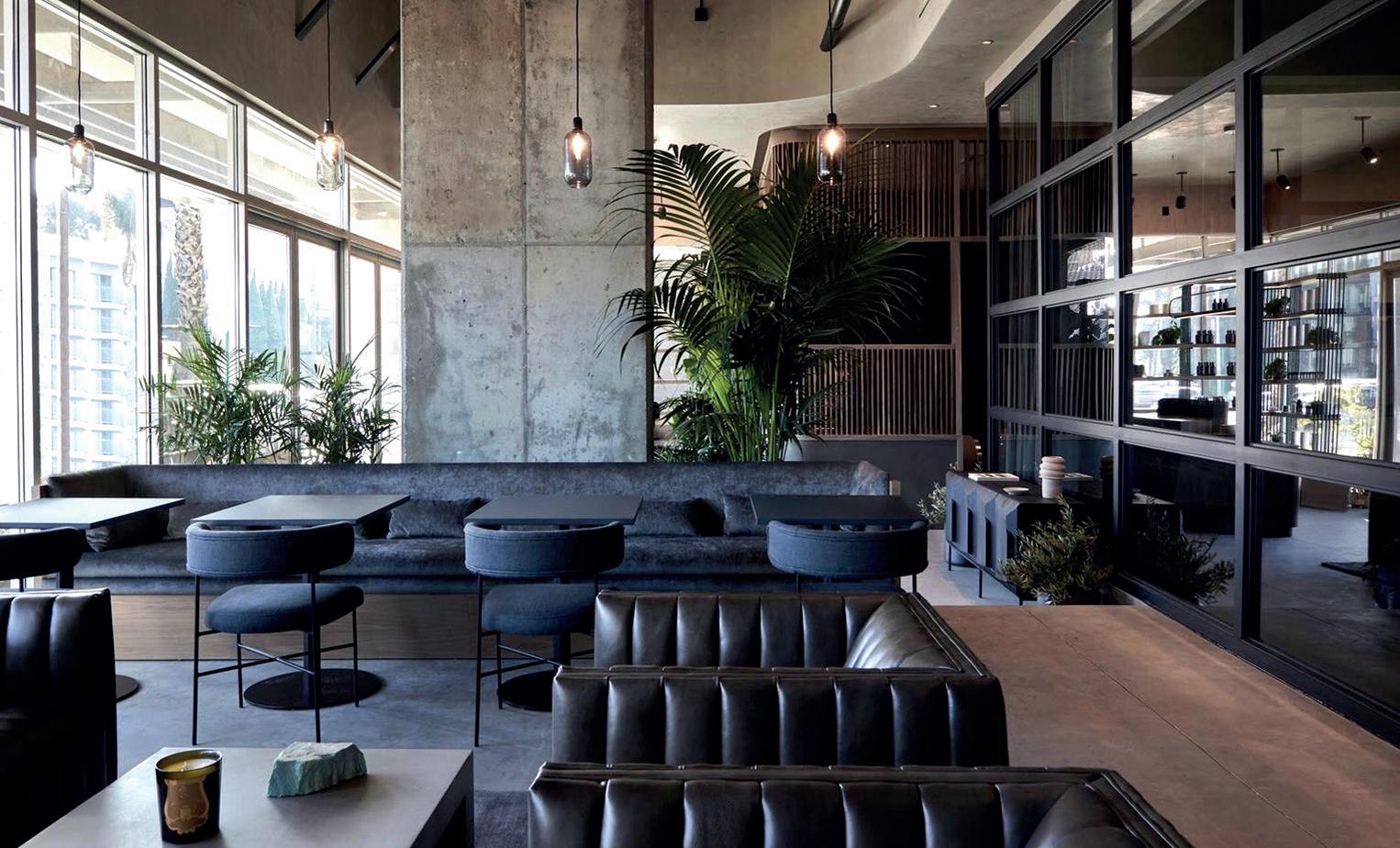
Remedy Place was the world’s first social wellness club, launched in Los Angeles, followed by New York. There are plans to take the brand global and we’re on track to open two more clubs each year. Our third club, in Soho, NYC, launches in Q3 this year and is the largest yet at 7,400-squarefoot. It will offer a full range of innovative wellness experiences, including the debut of AI-powered, deep tissue bodywork, alongside other signature remedies designed to elevate holistic self-care.


Treatments on offer include
Creative director of spa, wellness design and fitness
Maybourne Hotel Group
Heralded as London’s next-generation longevity space, Surrenne is a 2,000sq m private members wellness enclave spanning four floors beneath The Emory, an all-suite hotel in Knightsbridge.
Developed by Maybourne Hotel Group, Surrenne has been created as a longevity brand to roll out around the world and Maybourne is already working on five more Surrenne developments at properties in Europe and the US.
Every detail was considered to ensure Surrenne is at the forefront of science, diagnostics, functional
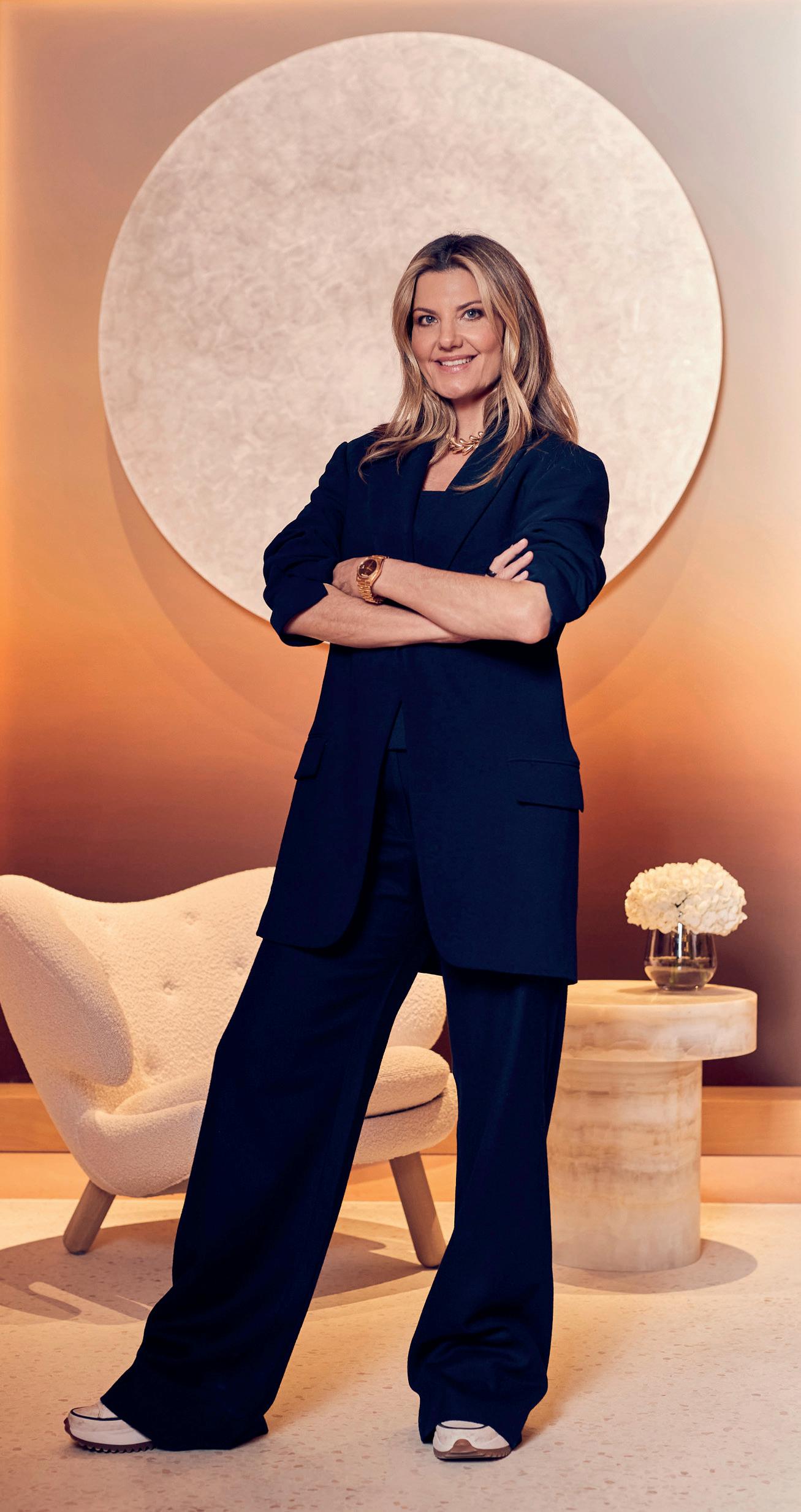
Our head of medical collaborates with members’ specialists to complement their existing health journey
medicine, fitness, holistic wellness and preventative medicine. The luxurious setting has been designed to be an antidote to the hardcore science which runs through it: it’s a true body, mind and soul offering, as soon as you step through the door the nervous system enters a calmer state, thanks to the speciallycurated soundscapes, lighting and fragrances.
Neuroscientists were used to design these sensory aspects, including a golden lightscape with circadian lighting, an ever-evolving soundscape driven by AI and a bespoke fragrance, all factors proven to enhance wellbeing. Data shows how smell influences neural pathways and these have been very well received.
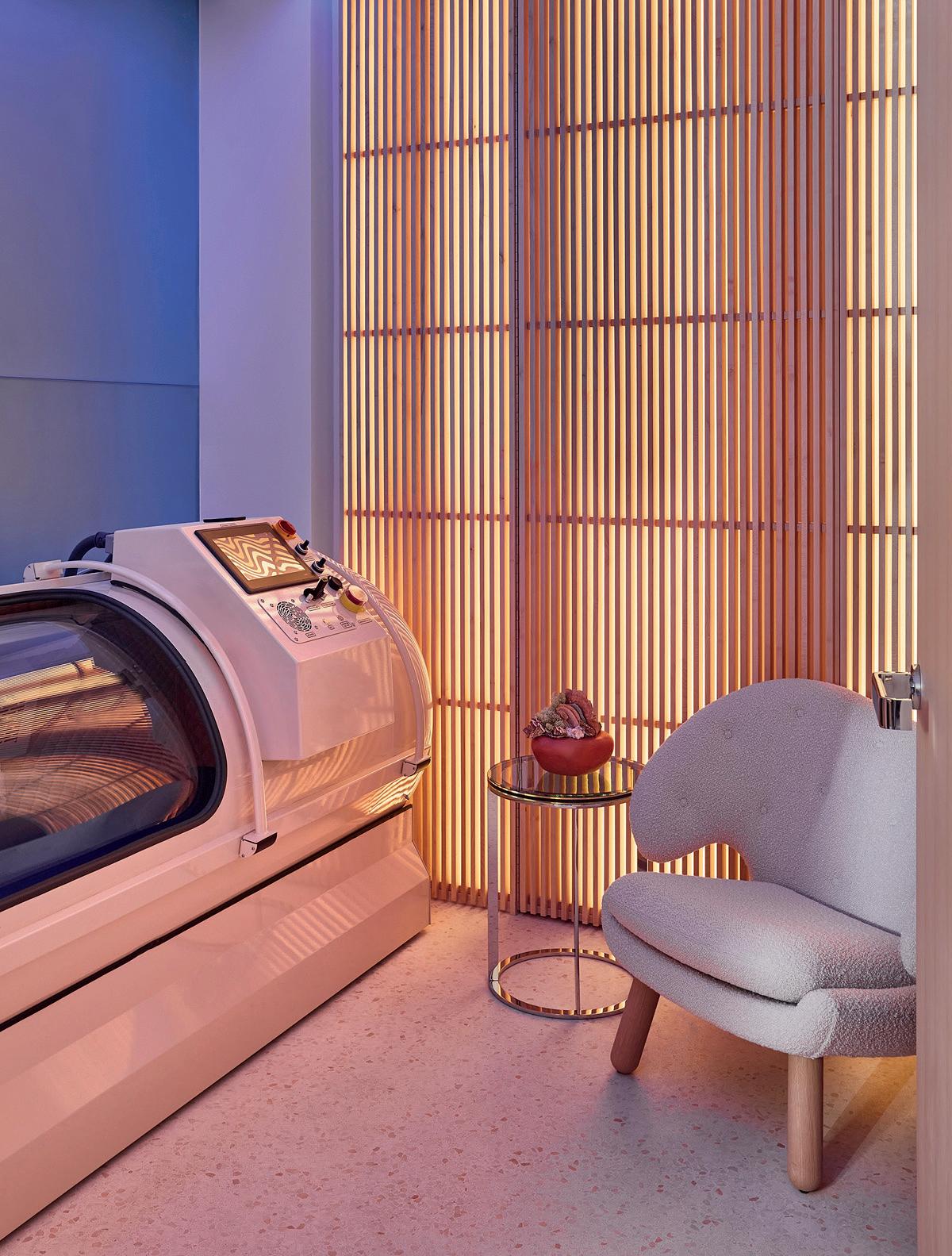
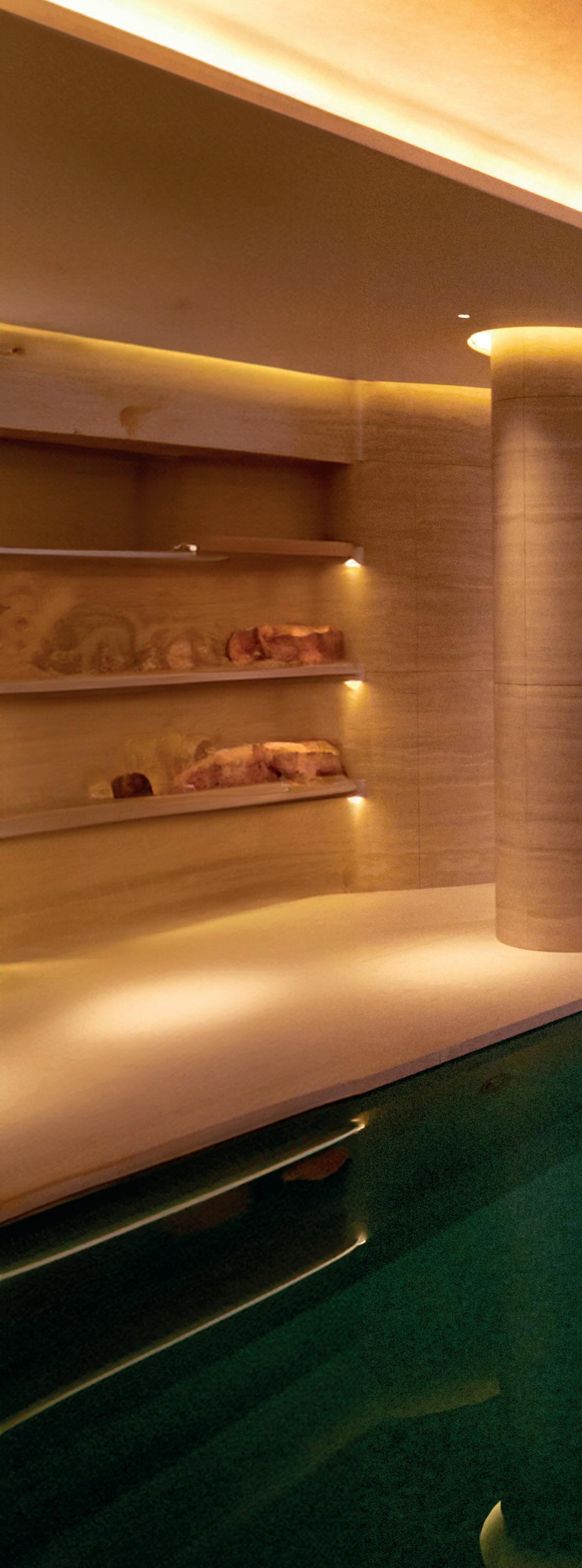
is open to hotel guests and members of the public via a membership

Maybourne partnered with welltech specialist, Virtusan, for the launch period to benefit from its advisory board which includes mindfulness and self-compassion specialist, Dr Shauna Shapiro; professor of neurobiology and podcaster, Dr Andrew Huberman; and Harvard professor of genetics, Dr David Sinclair. Other specialists on board include fitness pioneer Tracy Anderson, nutritionist and functional medicine practitioner, Rose Ferguson and skincare guru and plastic surgeon, Dr Lara Devgan.
Annual membership for the London club costs £10,000 (US$12,662, €11,752), with an additional £5,000 (US$6,331, €5,876) joining fee: 100 were quickly sold. Membership provides access to almost £60,000 (US$76,500, €70,100) worth of treatments and diagnostics every year.
Hotel guests from The Emory and neighbouring hotel, The Berkeley, have access to the wellness facilities that include a thermal pool, sauna, aromatherapy steamroom, snow shower, gym, group exercise studio and the UK’s first Tracy Anderson studio, as well as eight treatment rooms. Although many members are well-versed in longevity and already have a team of doctors and specialists, Surrenne is brand-agnostic, so our head

of medical collaborates with members’ specialists to complement their existing health journey. Along with their day-to-day wellness routine, members can access life-saving diagnostic tests, and then – via our partnership with OneWelbeck – be referred to specialists within 48 hours. The journey starts with a clinical checkup by 3 Peaks Health and insights are used as the foundation for bespoke, solutions-focused plans created by a team of fitness specialists, nutritionists and physicians. Members have access to an extensive menu of services, ranging from GP consultations, MRIs and blood tests to mammograms, microbiome analysis, chiropractic and epigenetic testing. Advanced medical interventions are available via the OneWelbeck partnership, including brain scans, carotid artery ultrasounds, AI mole mapping and liver function tests. ●












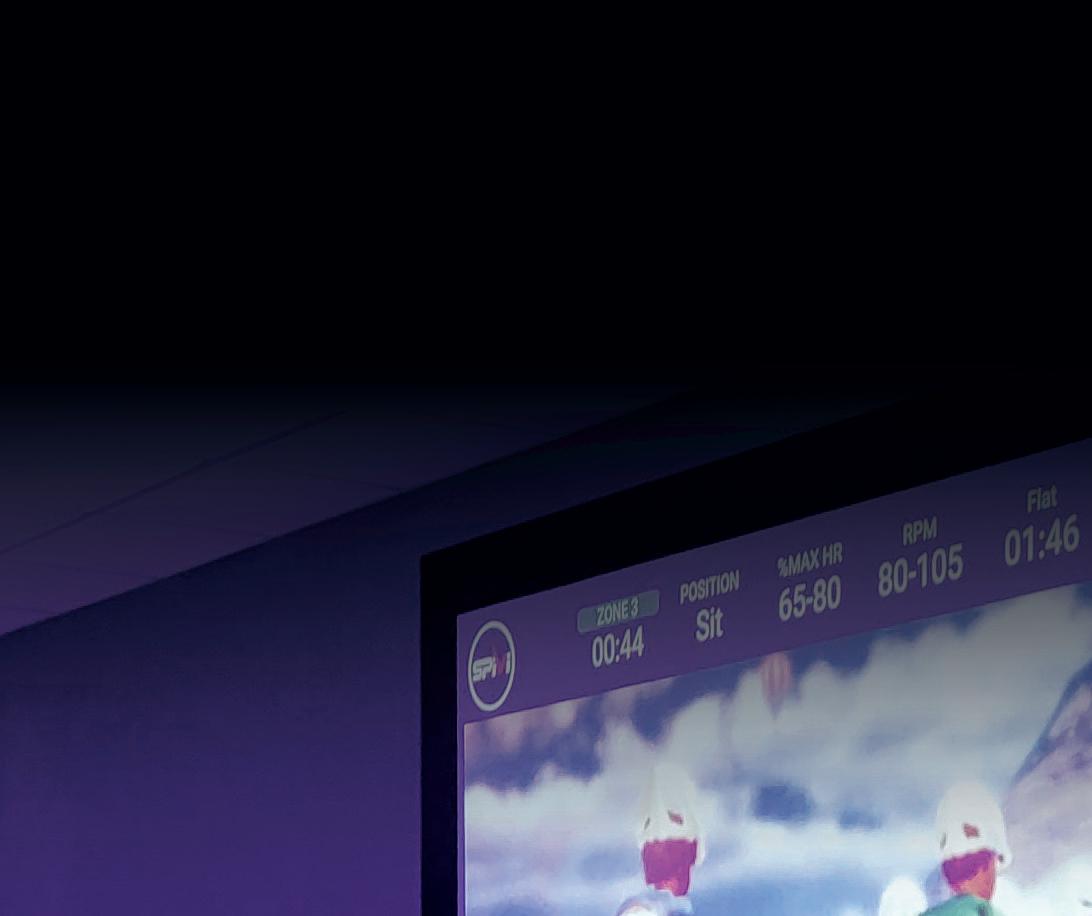

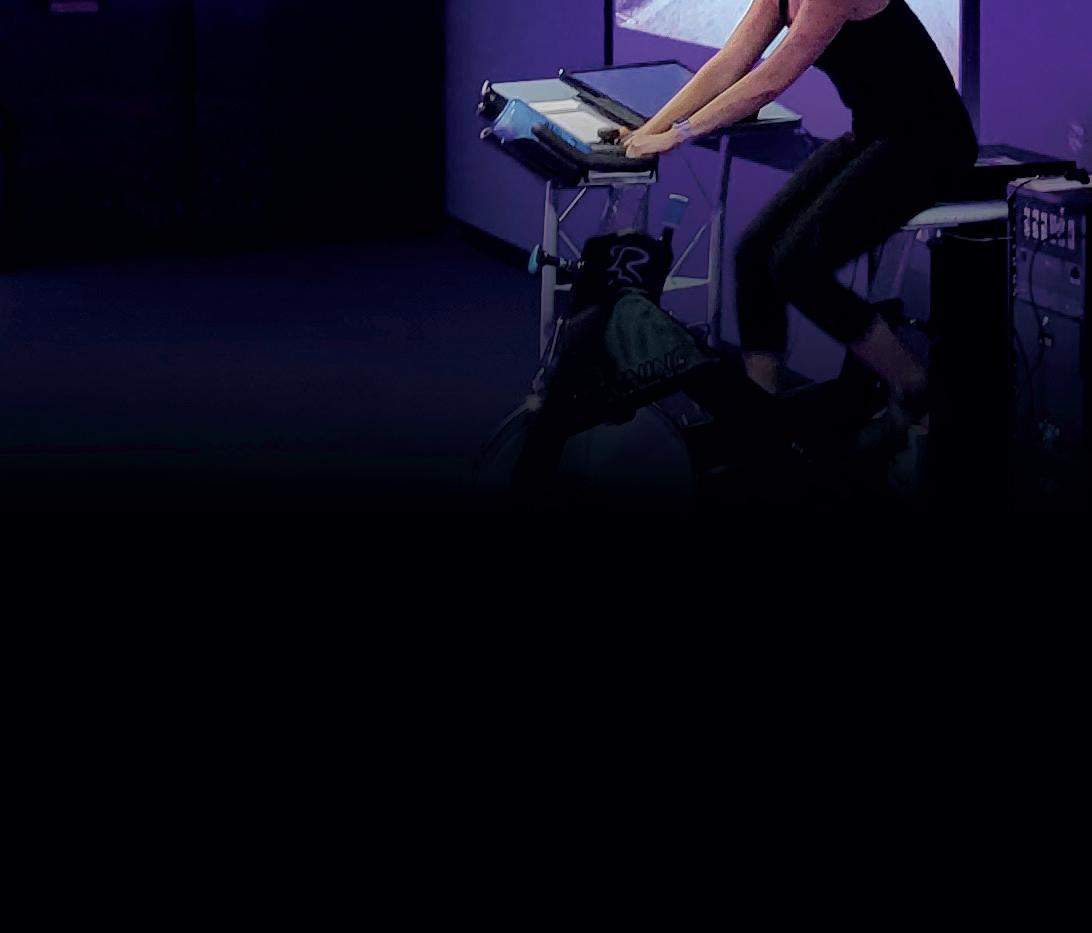










Epassi UK enables health club operators to gain new members via its corporate wellness packages that tap growing consumer demand
In today’s competitive fitness industry, attracting and retaining members is a constant challenge. The need for innovative strategies to drive membership growth and revenue is more pressing than ever and this is where Epassi UK can help!
Epassi UK is a leader in the delivery of employee wellbeing benefits and by joining its network, you can connect with a vast pool of potential members, drawn from a wide range of corporate clients and their employees. Epassi UK enables your health club to seamlessly integrate with the corporate wellness ecosystem, providing you with a competitive edge.
Epassi UK connects health club operators with thousands of corporate clients and millions of employees across the UK and Ireland through its two

fitness schemes, MyGymDiscounts and GymFlex.

Epassi UK already partners with over 4,000 health and fitness facilities, providing them with 12-month company-funded memberships, direct debit paying members and hot leads every month.
One of the most significant benefits of joining the Epassi UK network is gaining access to this large pool of potential members, as its corporate reach boosts brand exposure, drives footfall, increases membership sign-ups, and ultimately, revenue.
As corporate wellness programmes gain popularity and businesses increasingly prioritise employee health and wellbeing, your health club stands to benefit significantly.
Employee wellbeing is increasingly recognised as a critical factor for business success, with employee wellbeing schemes helping to reduce absenteeism, increase productivity and improve employee satisfaction with their work and employer.
According to a 2023 survey by the CIPD, demand for employee wellbeing schemes has risen, with 79 per cent of UK employers having introduced some form of employee wellbeing programme. The study found 65 per cent specifically offer discounted health club memberships or similar fitness-related benefits.
The rise in employee wellbeing programmes – specifically the demand for fitness options – represents a significant opportunity for the

Health club operators can tap the growing corporate wellness
The average Epassi customer spends around £604 a year on fitness membership and related
fitness industry. Now is a great time for fitness providers to capitalise on this demand by joining forces with Epassi UK to stay ahead of the trend, because as more companies invest in employee wellness, the number of employees engaging with these programmes – and subsequently joining health clubs – will continue to increase.
More customers mean more revenue. Epassi UK’s network not only drives new members, but also supports loyal, long-term customers. The average Epassi UK customer spends approximately £604 per year on fitness memberships and related services – a testament to the value these customers place on their fitness journey. Additionally, 96 per cent of health clubs in the Epassi UK network report receiving new members directly from corporate clients. This impressive statistic underscores the effectiveness of the platform in generating consistent and sustainable revenue streams for partner health clubs.
Promoting your brand to millions of employees has never been easier. Epassi UK offers health club operators a unique platform to enhance visibility through its schemes, giving health clubs a competitive edge in attracting new members. With thousands of website log-ins every month, Epassi UK ensures each health club is prominently
featured and promoted to a dedicated and health and fitness-focused audience. This increased brand visibility can significantly boost a club’s profile, making it a go-to destination for fitness enthusiasts. Additionally, joining the Epassi UK network provides clubs with free marketing to millions of employees across the UK and Ireland, further enhancing visibility and positioning health clubs at the forefront of this growing trend.
Join a growing community of successful clubs
Epassi UK is already trusted by over 4,000 fitness facilities, a number that continues to grow as more health club operators recognise the benefits of the platform. Over the last three years, there’s been a 40 per cent increase in employees becoming physically active – a clear indicator of the positive impact Epassi UK has on member engagement and activity levels. By joining our network, your health club can leverage this success and become part of a community dedicated to promoting health and wellness.
Epassi UK is committed to fostering a fitter, healthier, and more productive workforce. Whether you operate a boutique studio or a large fitness chain, Epassi UK can help you attract new members and boost revenue. Contact us today to discover how Epassi UK can support the success of your health club. For more information, visit our website at the address below.
l More: www.epassi.co.uk
Dr
The latest UK health data shows 20 million people are living with long-term health conditions and with 2.8 million economically inactive due to long-term sickness and record numbers waiting for medical treatment (www.hcmmag.com/Davina1), the current strain on the healthcare system and the economy is unprecedented.
With a need to find new ways of treating our increasingly sick population and new health secretary, Wes Streeting, prioritising healthcare closer to home (www.hcmmag.com/Davina1a), there’s an opportunity for the fitness and leisure industry to step forward.



We level




three not having dedicated any time to vigorous exercise in the last year, pressure on medical services is likely to get worse before it gets better.
But if inactivity is the cause of much ill-health, the good news is that movement – as well as being preventative – can be one of the best cures. In 2019, the UK’s Chief Medical Officers said “if physical activity were a drug, we’d refer to it as a miracle cure, due to the many illnesses it can prevent and help treat,” (www.hcmmag.com/CMOguidelines).



We know inactivity is a leading risk factor when it comes to developing long-term health conditions and data from Nuffield Health’s recently published research resort, the Healthier Nation Index (www.hcmmag.com/ HNI24) shows three in four Brits aren’t reaching the recommended level of daily exercise to support their health.
With most adults averaging only 83 minutes of moderate exercise a week and one in

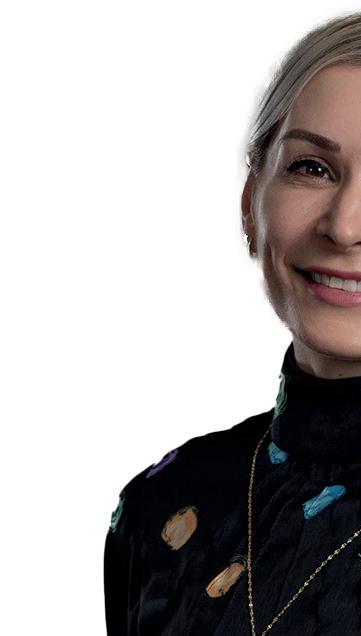
I firmly believe the industry has a vital role to play in the future of healthcare delivery










But while the evidence for the effectiveness of movement is overwhelming, many people simply don’t accept this as true and the Healthier Nation Index found almost half the population (47 per cent) don’t believe exercise can help in the treatment or management of long-term health conditions.



Dr Davina Deniszczyc
This mistrust is something I regularly see play out in my work as a medical doctor and it’s so ingrained in some patients they think the best – or even only way – to fix ailments is through medication. When they come to see me asking for a pill, I don’t blame them. It’s simply seen by many as an easier option. However, we forget about the side-effects of many common medications and in doing so, don’t always appreciate the risks. I often find myself repeating the same advice to patients: “start moving more!”




Movement can be one of the best cures according to the Chief Medical Offi cer

I’m not suggesting people should stop taking medication, but even a little bit of movement could reduce the number of medications they need, as well as improving their symptoms and long-term health, while the recommended levels of exercise can be transformational.
While medical professionals should always be involved in managing patient care, we also need to help patients understand and accept that healthcare doesn’t always need to be delivered by a doctor in a clinical setting. Personal trainers possess many of the skills and much of the knowledge needed to help people living with long-term conditions to improve their health and make meaningful, lasting lifestyle changes.
The great news? This is already happening, with fitness professionals engaged with preventative, curative and health management interventions. From the programmes we run at Nuffield Health, to the partners involved with UK Active’s MSK Hubs initiative, we see the value fitness professionals can bring when supporting people with health conditions.
It’s not just anecdotal feedback that highlights this – though that feedback is incredibly powerful – as a clinician, I’m all about statistics
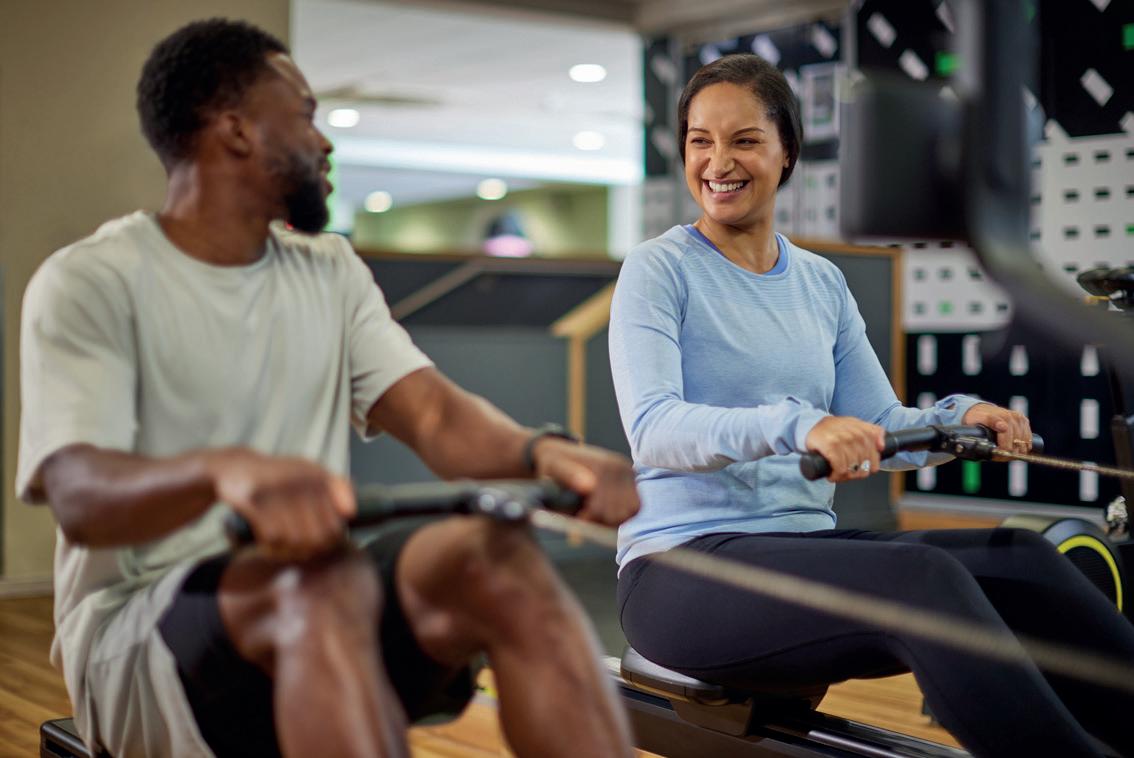
Nuffi eld Health is a charitable organisation
and evidence and we now have the solid data to prove the efficacy of this work as well.
Our Joint Pain Programme, which is delivered by fitness professionals in gyms and community settings, supported almost 10,000 people across the UK last year in managing chronic pain and joint conditions and has helped 31,000 people since we started.
The clinical improvements in participants’ physical and mental health are evident. But wider than individual health benefits, our monitoring found that participants needed almost a third fewer doctor’s
appointments during the period of monitoring. There was also a 47 per cent reduction in sick days taken by people on these programmes.
While delivering musculoskeletal (MSK) interventions is an obvious area of strength for the sector, there are many other conditions we know we can support, from people living with Long-COVID, to those on hormone therapy for prostate cancer. We can also offer things such as enhanced rehabilitation for patients recovering from major surgery.
These are just a few of the areas where we’re working to understand the impact that physical activity can have when delivered in a fitness setting.
People have been a key to our success at Nuffield Health, especially our incredible rehabilitation specialists. These Level 3 personal trainers –who’ve been upskilled to deliver clinically-designed interventions – have so much to contribute.
By working alongside healthcare professionals, they can transform how care is delivered across multiple areas, from rehabilitation to long-term ‘health condition management’ of things such as chronic pain, musculoskeletal and cardiovascular disease and certain cancers – and from supporting people to ‘wait well’ and stay healthy while waiting for elective surgery, to eliminating the actual need for surgery. The opportunities are exciting and there’s cause for optimism.
It would be naïve to not recognise the challenges we face. As a sector we need to be better prepared to receive and manage patients with more complex health needs, as in order for movement programmes to be helpful and avoid harm, they need to be calibrated to the individual and delivered by people with the correct levels of skill, knowledge and training.
We’ve been working with the Faculty of Sports and Exercise Medicine, the governing body for Sport and Exercise Medicine in the UK (www.fsem.ac.uk) to look at this and it’s clear the benefits of movement and physical activity outweigh the risks for people with long-term health conditions (www.hcmmag.com/FSEMinsight).
While there are pockets of good practice across the UK, I believe there needs to be more done to ensure stronger governance, the creation of standardised quality assurance schemes, the development of best practice frameworks and for toolkits to be made available for all providers to benefit from.
All this will come, but it’s worth remembering that we’re still a young sector – the first custombuilt leisure facility, Harlow Sports Centre, only opened in the 1960s (www.hcmmag.com/Davina2).
The industry has come a long way in a short time, from the original obsession with performance and aesthetics, to the current focus on health and wellbeing.
There’s huge energy across the sector to drive this change and with this opportunity in front of us, how do we push forwards?

Nuffield

With the medical profession searching for answers, we’re pushing against an open door
Firstly, we must continue to be vocal. Any changes to how medical providers such as the NHS operate or the ways they refer patients into non-medical settings needs political buy-in. Across the sector we’re witnessing increasing calls on the UK Government to prioritise the role of physical activity to improve the support system for people living with long-term health conditions. These calls include the recent Millions More Moving report by The Richmond Group of Charities (www.hcmmag.com/Davina3) and the #takethelead campaign from the National Sector Partners Group (www.hcmmag.com/Davina4).
At Nuffield Health we’re also calling for the UK government to implement a crossgovernmental National Movement Strategy (www.hcmmag.com/Davina5) that goes beyond tackling inactivity to prevent ill health and systematically integrate movement into healthcare treatment pathways, maximising its use in the management and treatment of long-term health conditions. Alongside this, we must recognise that we’ll always have the biggest impact when our claims are supported by evidence. It’s not only the government and policy makers we must influence – we also need to showcase the quality and value of our sector to doctors and other healthcare professionals.
At Nuffield Health, we’re always led by the data. Our fitness teams use patient questionnaires to track changes in pain levels, function, and wellbeing. We also look at societal factors, such as whether our programmes led to a reduction in sick days taken, care hours needed, and NHS appointments. We qualify these as contributions back to society and last year alone Nuffield’s free programmes contributed the equivalent of £100 million in Social Value back to local communities.
Our greatest successes will come through working together, whether that’s through partnerships to reach the communities at risk of health inequalities, or by sharing best practice about how fitness and leisure can better support sicker populations.
I firmly believe the industry has a vital role to play in the future of healthcare delivery. We need to be recognised as key partners in our local health systems, with representation within NHS forums to ensure our value is properly understood and used.
The path ahead won’t necessarily be straightforward, but with the medical profession searching for answers and the new UK government prioritising communitybased care, we’re pushing against an open door. l
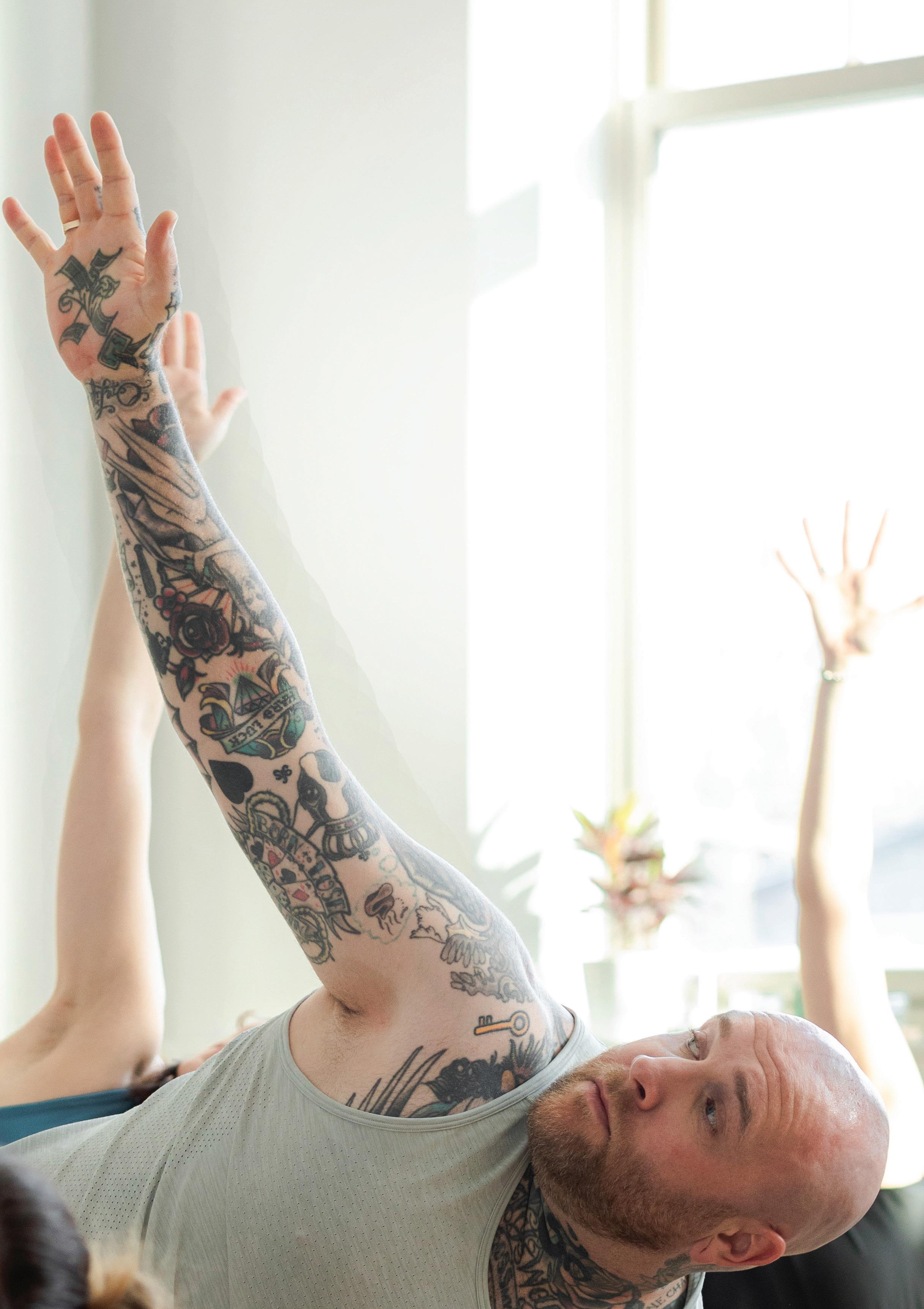
There’s only one studio like yours.

Everything you need to run— and grow—your business.
To book a demo or learn more, visit uk.mindbodyonline.com



I thought it was going to be a walk in the park, but it almost broke me
The global CEO of Lift Brands talks about the challenge of taking on a rundown club with a bad reputation and the long slog of turning it around
One of the biggest challenges of my career was when I was in my mid-twenties and took over a run-down independent club, believing I could turn it around quickly.
Already running three clubs, I thought it was going to be a walk in the park, but it almost broke me. I was expecting to break even at around three months, but it took 15 to 18 months and cost as much as opening a greenfield site from scratch.
I came from a boutique background – already owning three franchises for Australian brand EFM – so when I took over the independent club I maintained a price point which was about 20 to 30 per cent higher than other local gyms. I’d made some improvements and believed it was the best gym in the area and worth the price, but I’d underestimated the fact that the club had been run down by the previous owner and had a bad reputation.
I’d given myself a problem – dropping the price would have annoyed members who were paying the higher price and I believed that once the club broke even it would be a high-yielding business. So I decided to stick it out. It took a very long time to break even and was a massive drain on my other three clubs.































The gym had just under 300 members when I took over and the break-even point was about 600. I rebranded as The Urban Fitness Club and made improvements, but initially didn’t market them well so the club’s former reputation lingered on. However, the gym was making slow net gains of 15 to 20 members each month, so I pushed on thinking that once I got past break-even, every new member would be more valuable than if I dropped to a lower price point.








The turning point came when taking the club 24/7. It was a gamble, as it represented further investment of around AUS$40,000 for the access system.

































As the club was still loss-making I wasn't sure if it was the right thing to do, however I doubled-down on the efforts to communicate our improvements to the community. I launched significant guerilla marketing tactics and got out into the community to build relationships with other local business owners, sponsoring local sporting clubs and being a part of the community outside of the gym. In the summer we would go to the local train station with branded bottles of water for people coming off the trains.




“Focus on what you can control” says Menzies
Because the location had been tainted for many years, I had to work hard for people to trust the new ownership
Because the location had been tainted for many years, I had to work hard for people to trust the new ownership and changes that had been made.
I put a lot of focus on our online reviews, spending a huge amount of time trying to change our profile and build the brand’s presence digitally.
Although it was a lot more work than I had anticipated, from that point I started attracting 30 to 40 new members a month and hit break-even in another four months.
Don’t jump in too fast
The experience has helped me in thinking through the decisions and investments that I've made since, both as an entrepreneur and with Lift Brands, where I've got investors and a corporate entity to look after.

I learned you've got to spend ample time on the planning phase and not just jump in. Take your time, understand all the different scenarios that could happen, model those scenarios out and spend some time going through financial analysis to understand the worst case scenarios, not just the best case. Even with good planning there will be challenges and things you didn't foresee.
Ultimately, it doesn't matter how much experience you've got, there are always things that will pop up and you've just got to deal with them – that's business. There are always things outside our control that are
bigger than us, however, if you focus on what you can control, typically things will go in the right direction.
Sometimes you just have to be patient as well. Don't change the strategy too early. If you truly believe in it and are seeing some movement in the right direction, stick it out.
Finally, the critical learning for me was to make sure you have enough cash in reserve to get you through if things don’t go according to plan. This situation was hard, but fortunately I was saved by the cashflow from our other clubs and some additional cash reserves I’d built up. l




























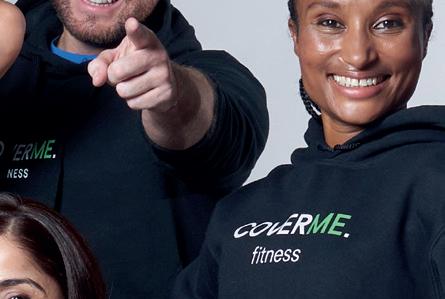














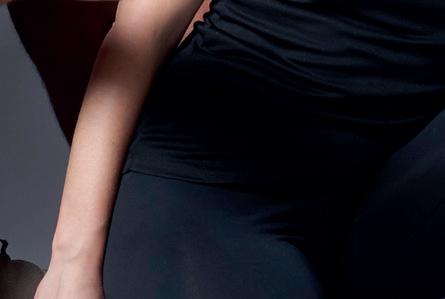









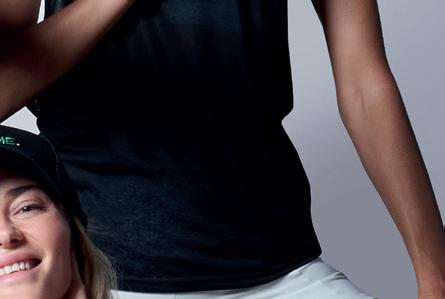

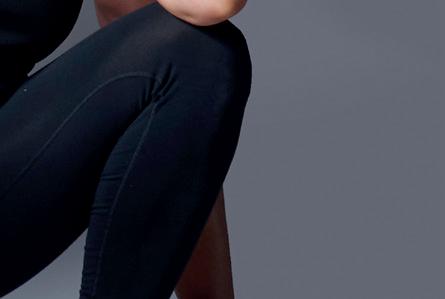
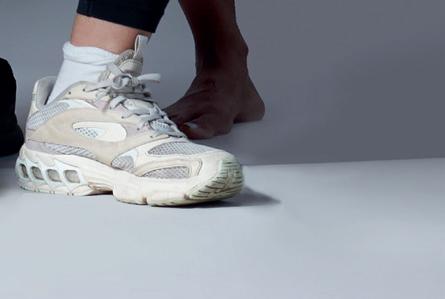













Developing good balance is a fundamental part of any training programme. Steph Eaves looks at a selection of training products

Good balance is a life skill that yields increasing benefi ts as people age

“Standard exercises, when performed under unstable and unpredictable conditions, become more e ective and much more intense ”
Gionata D’Alesio
Founder
Reaxing
Our Reax Board is a smart platform with Sudden Dynamic Impulse technology and 3D motion that performs random and unexpected inclinations in every direction, forcing the user to constantly adapt their balance to achieve better balance and neuroreactive training.



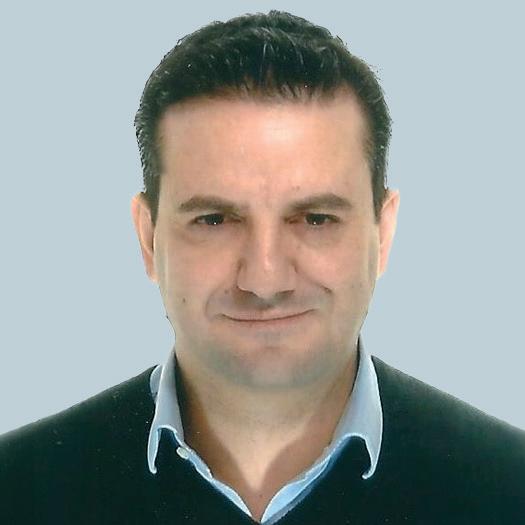
The training also improves proprioception and the acquisition of dynamic motor skills.
All exercises are more challenging on the Reax Board, as users can’t predict the type and intensity of the movement, so their brains are forced to build up new motor skills, as well as faster reactions.
It also enables them to respond more effectively to unforeseen events.
Each movement requires a higher level of muscle activation and nervous system engagement, resulting in greater energy consumption, while amplifying metabolic, sensory and nervous activity.
Standard exercises, when performed under unstable and unpredictable conditions, become more effective and much more intense: all the muscles involved during the exercise are activated and the focus must be on remaining steady, improving coordination and reaction rate.
The Reax Board is part of a range of proprioceptive, cognitive and neurofunctional equipment that enables operators to offer training that accelerates mind-body training results More: www.reaxing.com


Michael Cummings
Director of education
Gibbon Slacklines
We recently launched a training tool that makes the benefits of balance training on a slackline more accessible and portable. We call it the SlackBoard or the GiBoard.

It’s an innovative and fun balance trainer that combines the sport of slacklining with a unique functional design for those looking to achieve a meaningful approach to expanding movement capabilities, body reshaping and mind strengthening.
The balance trainer is the brainchild of Robert Kaeding, CEO and founder of Gibbon and his wife Caroline Kaeding DPT, founder of SlackLine Therapy, both based in Germany. Gibbon has been Jonathan Olowu
Balance Simulator features interactive computer analytics with real-time audiovisual feedback. Users can monitor progress with the built-in tracker and enhance their experience with wireless TV connectivity.

The Simulator accelerates the development of balancing skills and core strength, making it perfect
Slackboard is being used to deliver group exercise classes
the pioneer of slackline balance training for more than 15 years and helped to turn slacklining into a widely recognised sport.
The creator’s vision is to bring the ultimate in balance training to everyone, everywhere and the market for the SlackBoard is vast. It’s been a huge success with kids because it turns balance training into a playful session and it’s big within the slackline community because now they can practise anytime, anywhere.
It’s also been eagerly adopted by personal trainers and fitness studios, with many health clubs now teaching SlackFit classes and has been adopted by the strength and conditioning population due to its versatility and vibration benefits for superior athletic improvements.
It’s also being used as an effective rehabilitation tool. More: www.gibbon-uk.com
when it comes to training for sports such as skating, skiing, surfing, boxing and football. The interactive app includes rehabilitation exercises.
Switching between training levels is simple – the user just has to flip the board. In beginner mode, it pivots side to side, while in advanced mode, it swivels in all directions. Each balancing activity offers three progressive settings – beginner, intermediate and
expert – and users are guided from one level to the next.
These pre-set simulations aren’t fixed and users have the freedom to modify each exercise to suit their needs, providing flexibility in crafting balance workouts tailored to specific sporting requirements. The simulator was developed to address the need for a measurable method of developing balance before attempting sports that require it. Users experience a natural and rapid transition from beginner to expert. ●




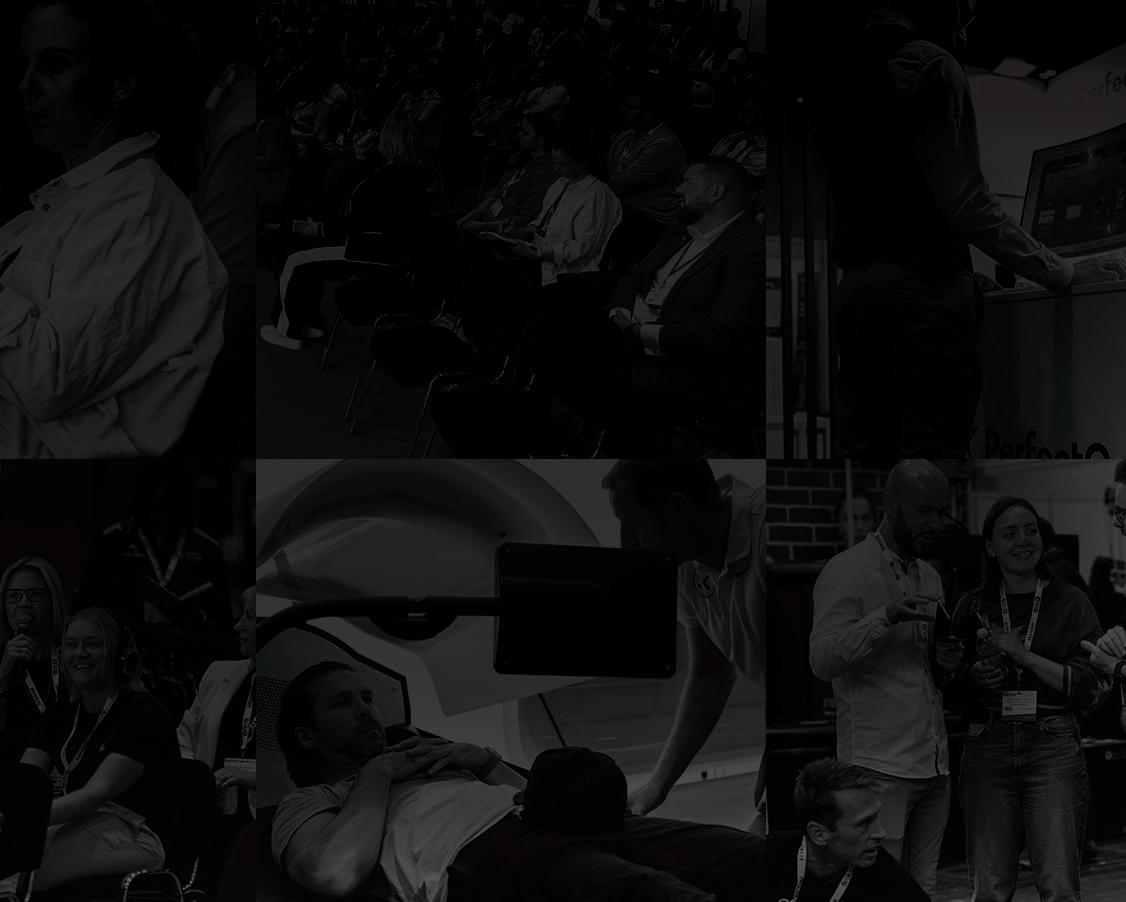











First











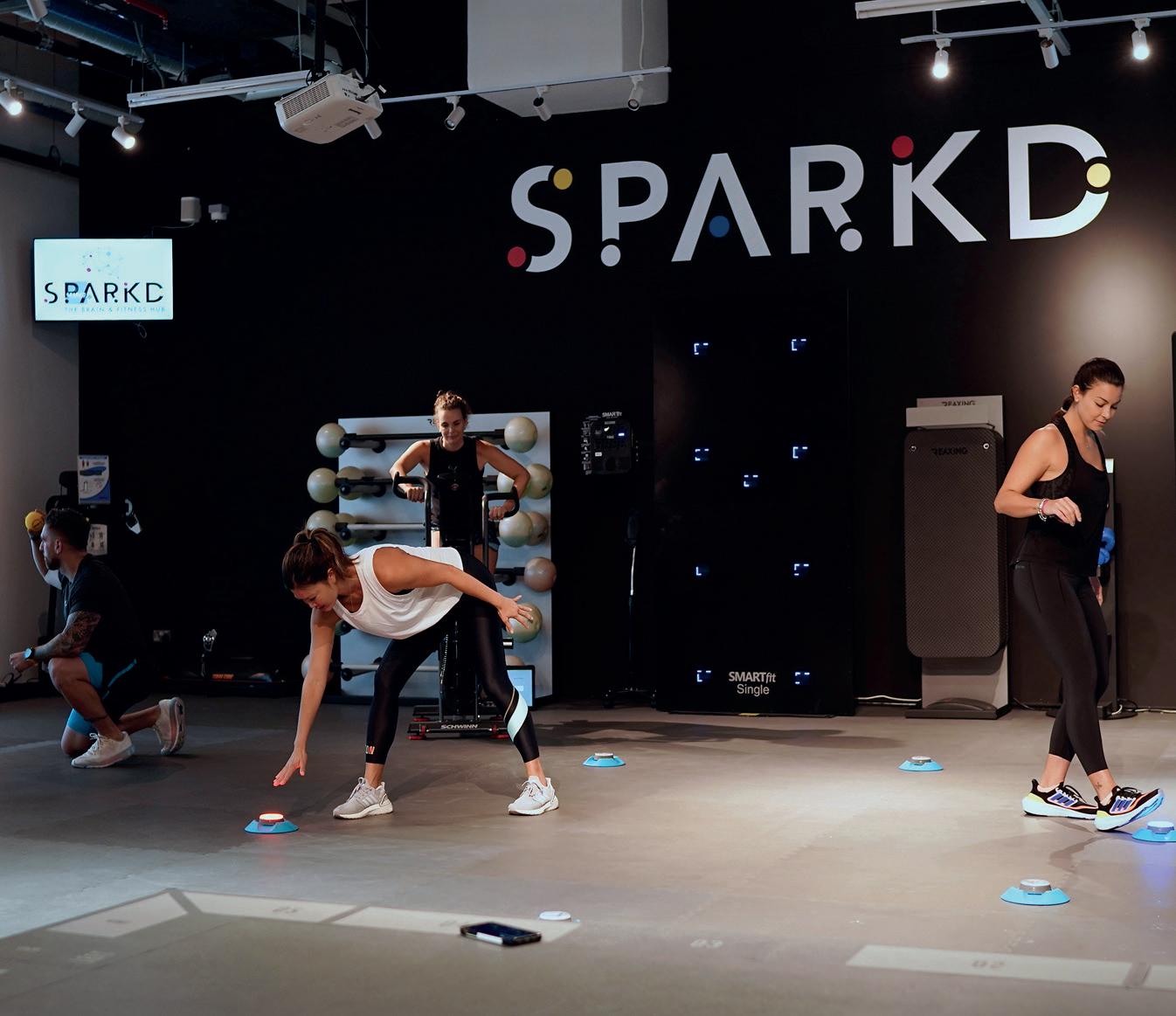
As the world’s population ages and healthspan and longevity become a priority for consumers, we expect to see the emergence of more brain training offerings.
Anna Milani’s Sparkd Fitness in Singapore is pioneering brain-body fi tness solutions, while in the spa and wellness sector, operator Clinique La Prairie is getting in on the action with brain training programmes. Sparkd’s multi-component training modality includes cardiovascular and strength training, coordination
and motor-skill training, as well as cognitive motor training or dual-task training. An example might include doing squats while working on maths or memory games on a screen. Studies show dual-tasking – doing two things at the same time (which is different from switching attention from one stimuli to another) increases neuroplasticity, which yields brain health benefits in everyday life. Designed to enhance physical and cognitive abilities, the process optimises brain-body performance.

Women are increasingly buying into exercise and physical empowerment
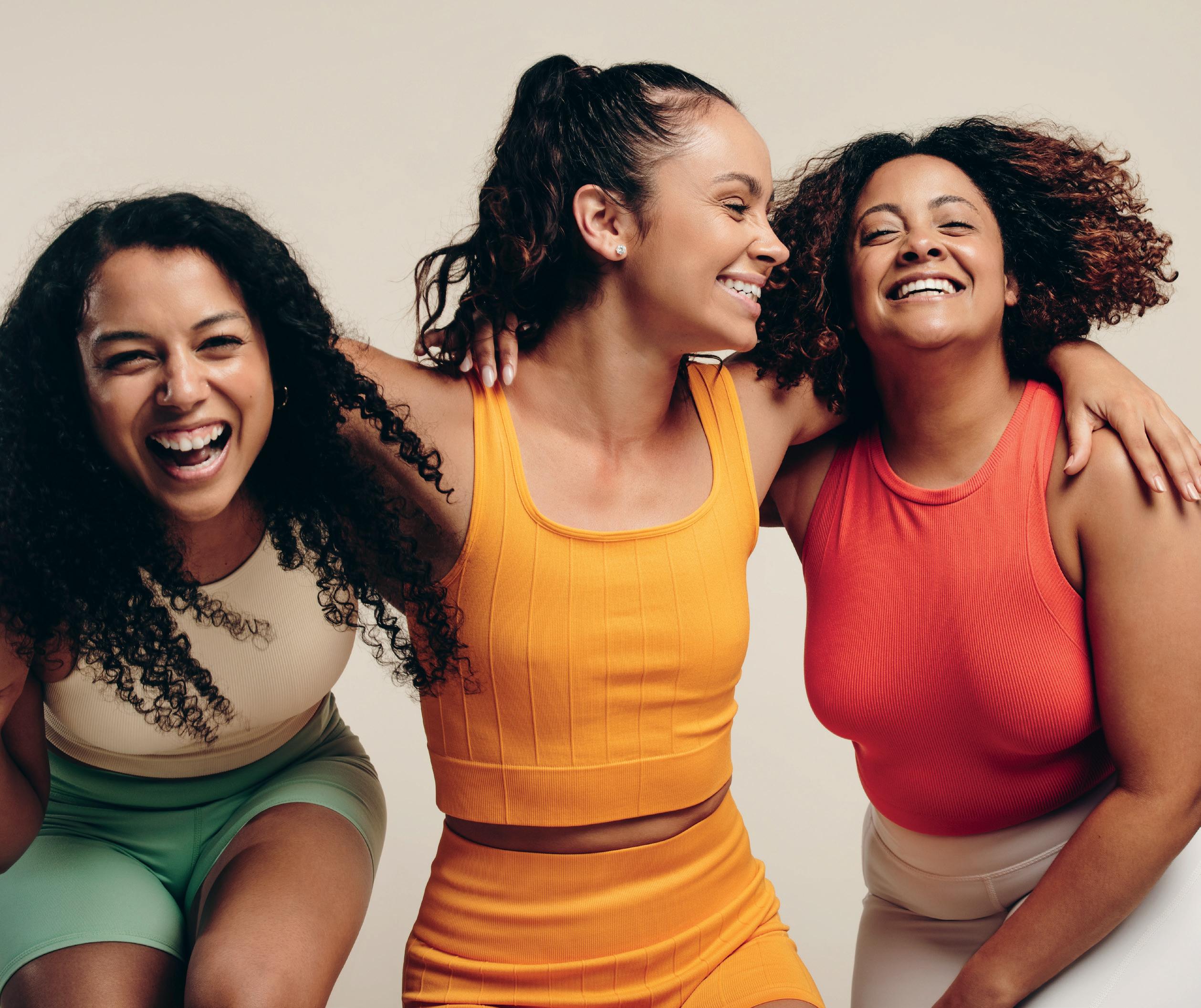
We expect demand for specialist, female-centric o erings to continue to grow as expertise becomes more widely accessible
Momentum is building around exercise and female empowerment as health club operators tap into consumer insight that tells them women want more.
Women-only club-in-club concepts are allowing women the space to exercise away from the male gaze – as some see it – while operators are working to better align with current research on cycle-syncing – tailoring workouts to the menstrual cycle – as well as off ering things such as menopause
support and specialist pelvic health programmes, which are also fi nding an audience with and benefi ting men.
Women are engaging with the strength training boom, inspired by both fashion and experience as they claim their rightful place in the free weights area.
We expect demand for specialist female-centric off erings to continue to grow as access to these interventions increases and expertise becomes more
widely accessible through organisations such as Baz Moff at’s The Well HQ.
There’s increasing awareness that the majority of research studies into exercise and also the vast majority of medical studies that exist were conducted on male-only cohorts, even where the studies related to female health. This is now starting to change, so our basis of understanding of women and exercise will improve exponentially going forward.
As global temperatures increase, billions of people are being exposed to heat and humidity so extreme it’s life threatening.
As a result, we expect people in some parts of the world to become nocturnal as they adapt to these living conditions and for health club operators to accommodate these trends with things such as 24/7 operations, special cooling rooms, night-time food service and Vitamin D lamps.
With the push to reduce carbon emissions, building designs will also need to be adapted to reduce
reliance on conventional air conditioning, with solar battery powered fans and night air capture systems, as well as moving water being used to cool spaces.
Research undertaken by the Penn State College of Health and Human Development found large parts of the planet, including China, India and Pakistan are likely to experience ‘unsurvivable’ heatwaves in the near future – humans can cope with temperatures over 50C if there is low humidity, but anything over 35C with high humidity is unsurvivable, as there is no way to cool by sweating.
People in some parts of the world will become nocturnal as they adapt to the heating planet
When global temperatures hit 2C above pre-industrial levels, four billion people in India, China and Africa will experience many hours of heat each year that surpasses human tolerance, say researchers.
At 3C above, this effect will impact the US – from Florida to New York and Houston to Chicago – as well as South America and Australia.
At 4C, parts of Yemen, for example, will get 300 days of unsurvivable heat a year. All nations will be impacted to a degree and people will need to adapt to survive.

People will be forced to live at night as global temperatures rise

Gesture-tech will replace hand-held controllers, creating more intuitive experiences
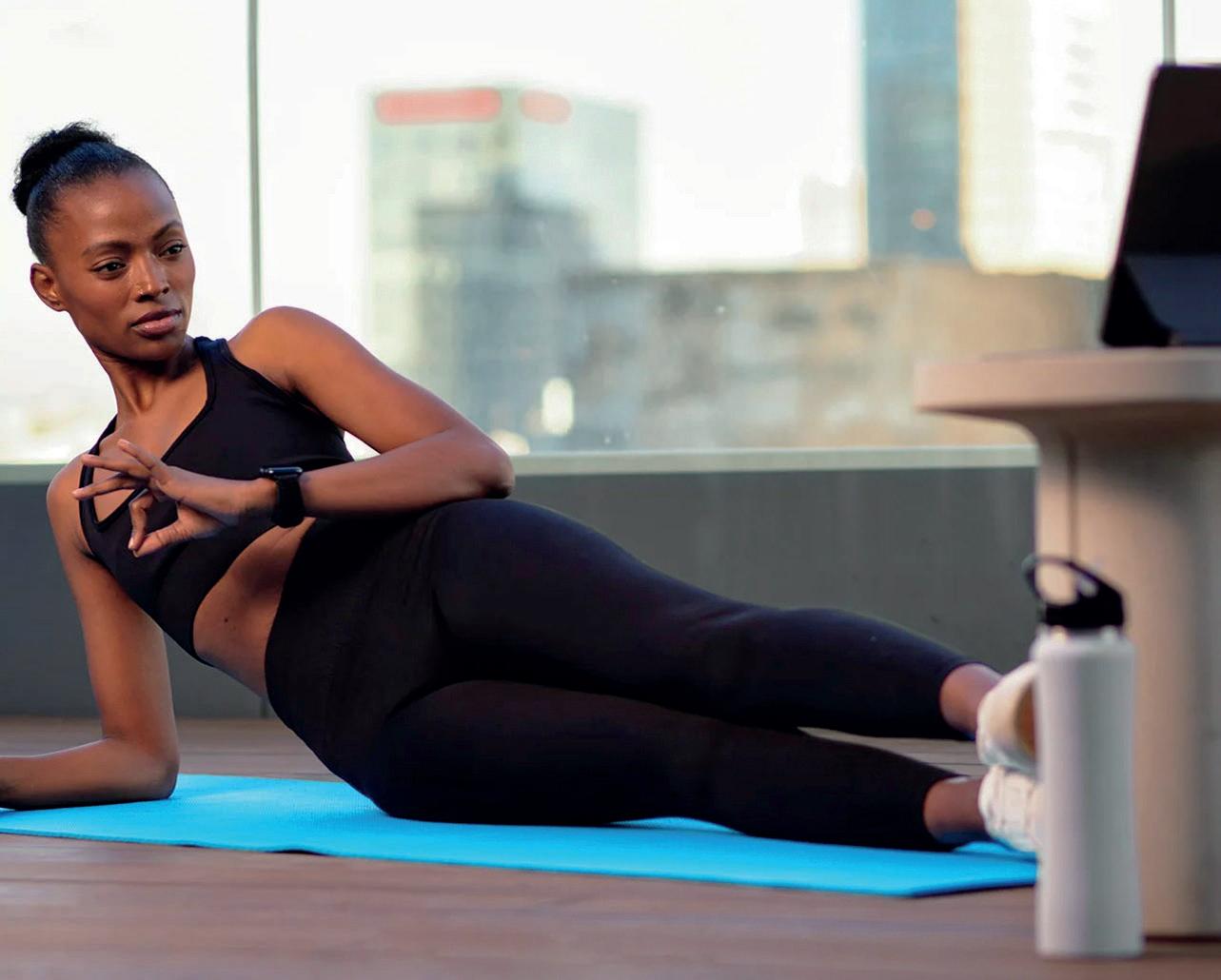

We believe the use of virtual reality, mixed reality and other immersive technologies by consumers in the health and fi tness sector will take a leap forward with the development and adoption of gesture-tech.
One example of this emerging technology is the recently-launched Mudra Band for Apple Watch. This ‘watch band replacement’ uses Surface Nerve Conductance sensors to capture neural signals that are transmitted to the brain from a user’s wrist and fi nger movements. These are then used to
control Apple devices using simple ‘air touch’ hand and fi nger gestures.
Gesture-tech will redefi ne how humans interact with technology, eliminating the need for physical contact and making the experience more fl uid and intuitive, while also enhancing the use of virtual and mixed reality applications.
Mixed reality – a blend of physical and digital worlds delivered via a headset – is increasingly being used to create immersive exercise experiences. Les Mills and Odders Lab have launched
Dance XR, for example. However, the current systems still require the use of hand-held controllers, which can limit natural movement.
We expect gesture-tech to eventually replace these controllers, enabling consumers to enjoy a more intuitive experience and anticipate that health club operators will then create experiences for members by designating special immersive studios for use with mixed reality and gesturetech to create workouts that bring a new dimension to their offering.
Either full cardio or 50:50 strength and cardio are the most e ective programmes to protect the heart

The strength training boom is leading to a decline in the provision and use of cardio equipment in health clubs, however, we expect this trend to reverse and for operators to begin to ramp up the promotion of cardio as research increasingly shows the importance of cardiovascular and cardiorespiratory health to longevity and the importance of balancing strength and cardio. Having good levels of cardiorespiratory fi tness cuts disease and premature death by 11 to 17 per cent according to new research from the University of South Australia. Theirs is the first study to collate all the scientific evidence that looks at the link between cardiorespiratory fi tness and health outcomes among adults. Published in The British Journal of Sports Medicine, it comprised 26 systematic reviews representing more than 20.9 million observations from 199 unique cohort studies.
The study showed that those with low levels of cardiorespiratory fi tness are far more likely to die early or develop chronic conditions, such as heart disease, later in life.


Another study – Aerobic, resistance, or combined exercise training and cardiovascular risk profile in overweight or obese adults by Iowa State University found that while strength training gives valuable muscular gains it doesn’t give the heart health benefi ts of aerobic exercise.
The newly-released study, which was published in the European Heart Journal, found that either full cardio or 50:50 strength and cardio are the most effective exercise programmes to protect the heart.

Cardio workouts will experience a boom as their value is recognised

Health club operators will increasingly o er access to medical advice on subscription
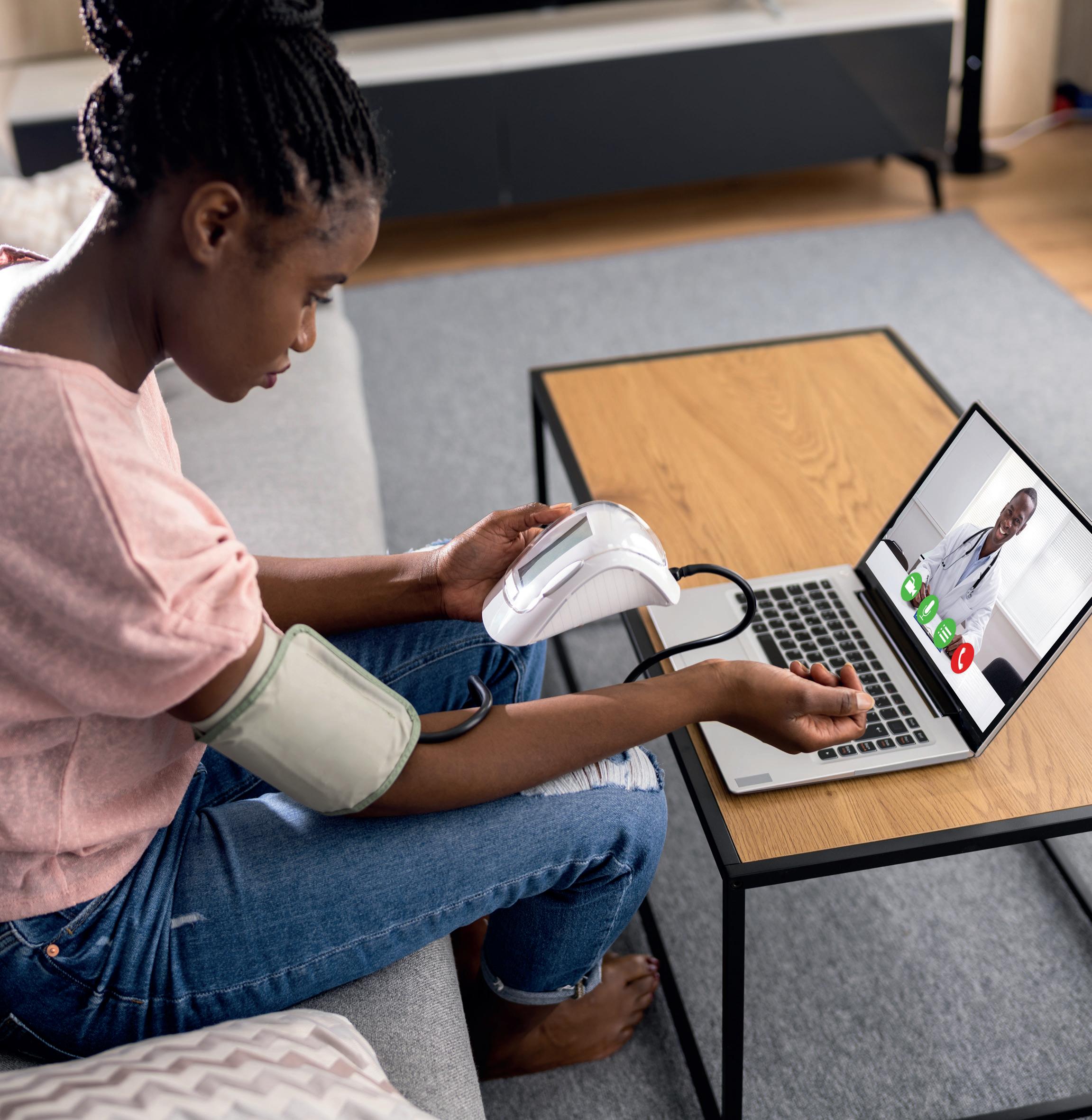
Operators are blurring the lines between health and fi tness and the medical sector by off ering medical memberships as an upsell to health club memberships. They’re also branching out with dedicated medical wellness off erings based on prevention, as interest in health continues to grow and consumers fi nd it increasingly diffi cult to access medical advice – and also guidance on wellness – through more conventional channels.
Examples of early adopters include US operator, Life Time, with its Miora medical wellness off ering and UK-based Everyone Active which launched an Everyone Wellness membership with a fee of an additional £20 per month (US$26 €24). This entitles members to medical advice from qualifi ed doctors via telephone consultations. Everyone Wellness is being off ered via a partnership with telehealth outfi t, Health Hero and has had strong take-up. Health Hero

Consumers are opting in for tele-health support, creating opportunities for health club operators
is also known to be working with other health and fi tness operators. We expect to see growth in the up-selling of health and medical services and also wellness services across the sector as operators look for new revenue streams and members see a natural fi t between the preventative approach of their health clubs and the access to both preventative and curative medical interventions through partnership agreements and additional, frictionless subscriptions.
Costs can be reduced by simplifing fit-out, going sta ess or using refurbished equipment
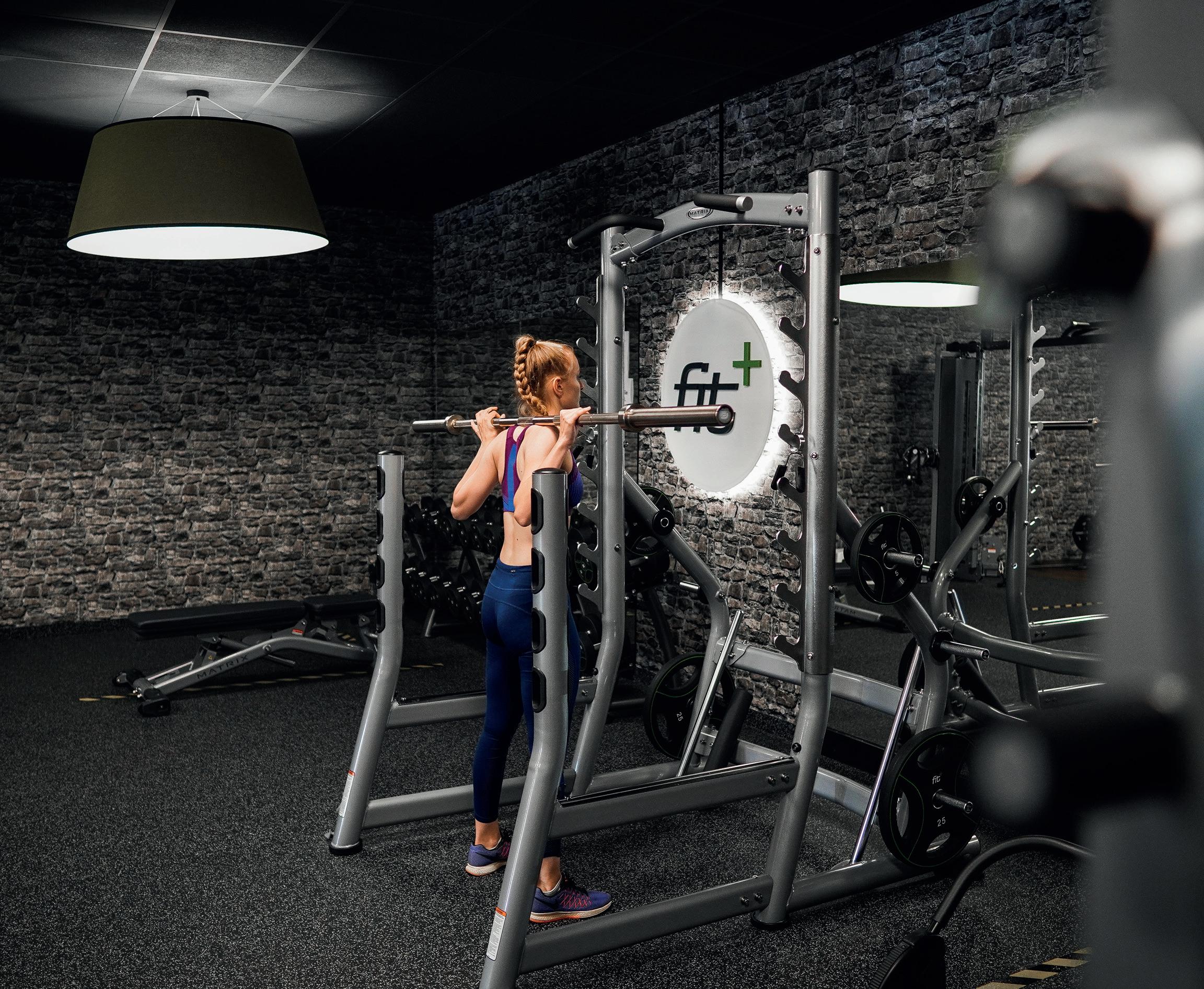
As the market matures, we’ll continue to see new business models coming to market in the small-cost space.
Early developers of health clubs in the 1980s had their choice of locations, however, the sector has been built out substantially over the intervening 40 years in some markets and today investors in these locations are getting more creative to continue to grow their market share.
When it comes to finding great locations for health clubs and studios, one of the biggest opportunities will be to develop clubs in rural locations, as well as in
areas with low populations and sites which infill more densely-populated areas. We expect to see increased activity in all these instances.
Succeeding in these locations requires a lower cost base and we anticipate there will be more concepts developed in the smallcost category as a result.
Costs can be reduced by simplifying the fi t-out, specifying refurbished rather than new equipment and going staffless or operating with lower staffing levels.
Concepts already emerging in this space include Fitness Up in Portugal, which is cutting costs by using refurbished kit, Fitomat in Germany

Small-cost concepts, such as Fit+, will infi ll in mature markets
and FitActive which runs 100 clubs in Italy – both operating partially without staff and German operator Fit+, which is staffless and rolling out by franchising in a partnership with Empowered Brands.
Major operators such as PureGym are also looking at smaller-footprint models to enable them to enter rural and less populated areas, while most larger scale operators are value-engineering their fit-outs.
We also expect small-costs concepts to find a natural home in corporate wellness settings, as more companies embrace the need to support the wellbeing of their people.
While health club operators are largely concerned with delivering strength training, group exercise, cardio and now recovery and Reformer Pilates, we expect a market to emerge for body sculpting exercise.
Modalities which exercise the micro-muscles – also called the accessory muscles – have been around for many decades and been delivered by specialist studios, but their power to change body shape, create greater fl exibility and improve power, function and balance makes them

attractive to consumers who are currently discovering Reformer Pilates in their droves and open to trying allied disciplines.
New to London this year is wellness club Surrenne at The Emory, which has partnered with renowned specialist, Tracy Anderson, whose Method has transformed the physiques of actors including Gwyneth Paltrow – also now Anderson’s business partner – Jennifer Lopez and Robert Downey Jr. Anderson’s studio at Surrenne off ers muscular structure
choreography, dance cardio classes, and the Tracy Anderson Mymode programme and apparatus, as well as Anderson’s patented Super-G fl oor and isokinetic band system.
Also gaining traction is the Lotte Berk method, which was developed by dancer Lotte Berk in 1959, basing it on 19 movements that use the ballet barre.
Inspired by the method is New York operator Physique 57, while Berk’s daughter, Esther Fairfax, is delivering new training courses for the Lotte Berk Method.

Surrenne at The Emory features Tracy Anderson’s isokinetic band system
Just as major hotel operators aim to have a fl agship property in every world city as part of their portfolio, so we expect the emerging elite of global health club developers and operators to pursue this strategy as they work to establish their premium brands and raise consumer awareness.

RSG’s John Reed in London has a highprofi le street frontage
Examples include RSG’s John Reed, Equinox, Life Time, David Lloyd and Virgin Active’s premium locations.
In the hotel sector, highend health clubs are coming to market in world cities with premium price tags and extensive wellness offerings.
Memberships running into fi ve figures are being reported, covering medical wellness, health and fi tness and concierge services, as growing wealth inequality means the very rich expect packages that cover all their health (and networking) needs.
Annual hotel health club membership charges north of US$30k (£24k €27k) a year are also now commonplace in the hotel health club sector, as operators play to their strengths in delivering luxury and increasingly recognise health and fi tness as a strong generator of cashflow.

Memberships running into five figures are being reported, covering all the health (and networking) needs of the very wealthy

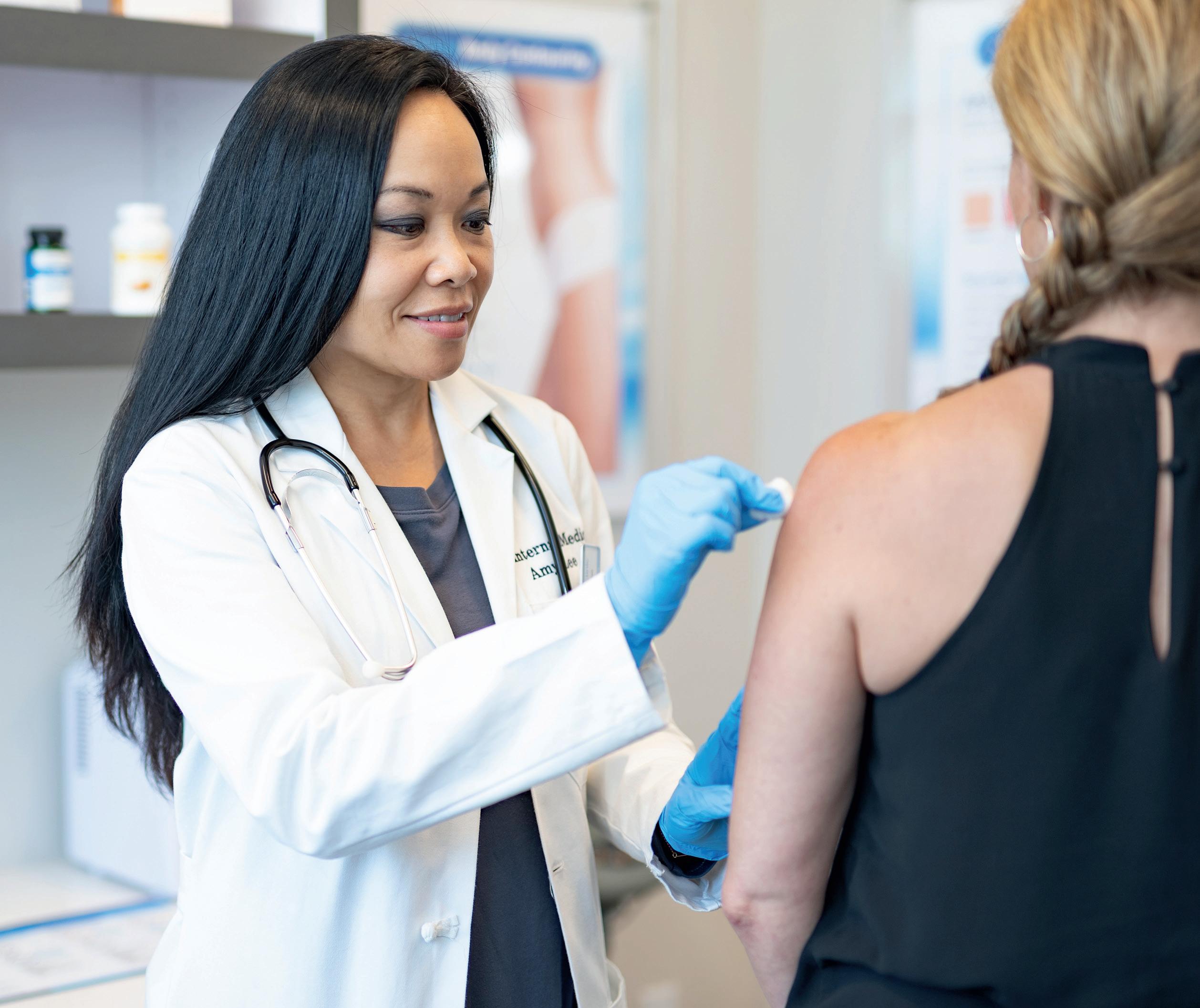
Health club operators will increasingly o er support to people on weight loss drugs, while also engaging with metabolic health services
With increasing obesity levels, the market for metabolic health services is growing fast, especially in the US, where 42 per cent of the population is obese. We expect this market to increasingly integrate with the health club sector.
Some people come to clubs to lose weight, so the sector is engaging with a demographic that’s responsive and we expect operators to increasingly offer metabolic health services.
US franchise business Xponential Fitness has jumped into the market
with both feet, buying metabolic health clinic operator Lindora and integrating it into its wider business as a franchise option.
Lindora offers drug- and surgeryfree, medically supervised ketogenic weight loss and education plans based on three pillars, Eat Better, Move More and Stress Less.
The company also offers Zerona laser fat sculpting, weight loss drug programmes and IV hydration therapy.
Another emerging trend will see operators supporting
consumers who are using weight loss drugs such as GLP-1.
The growing use of these drugs is creating opportunities for the delivery of complementary services in the form of specialist exercise interventions that help consumers avoid the muscle-loss and reductions in heart muscle that are often associated with rapid weight loss.
We also expect to see the emergence of specialist training courses for PTs to equip them to deliver this support.


High levels of demand for Reformer Pilates is seeing health club and studio operators devoting ever more studio space to this very eff ective exercise modality, while running waiting lists due to shortages of instructors.
We expect this trend to accelerate as more people experience and enjoy the benefi ts and spread the word, triggering a boom in the training of Pilates instructors to enable operators to satisfy member demand.
Although Pilates has been around for decades, growth is being driven by demand- and supply-side factors.
Consumers spent more time sitting during the pandemic, developing back problems and other musculoskeletal disorders that Pilates is eff ective at unravelling, while social media infl uencers have amplifi ed this eff ect.
Classes play to the fact that people love to be coached and also enjoy the social aspects of learning together.
On the supply side, equipment providers have been overcoming operators’ pain points and designing equipment that’s easier to store and handle, while also delivering new intensive training courses that enable instructors to qualify to teach Pilates more straightforwardly. All these factors have unlocked the growth potential of this respected modality and the industry must ensure standards remain high to maintain this growth.
Globally, around 15 million people will have a stroke in the next 12 months. Five million will die, five million will recover and the other five million will be left permanently impacted, with life-changing disabilities.
Just as swift medical treatment following a stroke can substantially improve the outcome, so rehabilitation, when delivered in a timely way, can help the brain heal and enable people to avoid long-term disability.
The window of opportunity to undertake rehabilitation is short and closes fast and without it people do not recover. The first three to six months are critical.
Health services are failing to deliver the levels of support needed, condemning people to live with permanent brain injury when this is absolutely avoidable.
Two new sets of guidelines lay out clinical best practice for stroke recovery and they are both exercise-related. The National Clinical Guidance for Stroke, published in the UK, recommends six hours of activity a day, to include exercise.
Guidelines from the UK’s National Institute for Clinical Excellence (NICE) recommend three hours of exercise a day, however, most patients received minimal rehabilitation, as therapists struggle to meet demand.

The health and fitness industry is well-placed to address this challenge as part of its remit to widen services into health, and technology can help. At the University of Strathclyde, VR treadmills, power-assisted equipment,
balance trainers and upper-limb training systems are being used to assist in stroke recovery and we expect the sector to continue to deepen its commitment to delivering stroke interventions in partnership with health services.
We’ve heard the statistics about the decline in teenage mental health – social media, the pandemic, global warming and an unstable political climate have all contributed.
An analysis of 29 studies – which included 80,000 young people from across the globe – published between 2020 and 2021 found 20.5 per cent had signifi cant anxiety, with the statistics worse among girls and LGBTQ+ youth.
In the US, a recent survey from the Centers for Disease Control found almost 60 per cent of female students
had experienced persistent feelings of sadness or hopelessness during the past year and nearly 25 per cent had made a suicide plan, while close to 70 per cent of LGBTQ+ students had experienced persistent feelings of sadness or hopelessness and 25 per cent had attempted suicide during the past year.
Exercise is proven to be more eff ective than drugs in reducing mild to moderate depression, meaning the health and fi tness sector has the power to off er support, yet most operators don’t welcome teens.
We expect the growing crisis to change this situation and for operators to increasingly skill-up to welcome and support younger teens to get them into good exercise habits and help them improve and maintain both their mental and physical health.
Others are taking note too – Yale’s popular Psychology of Happiness course has been retooled for teens, teaching them how to manage stress and engage in evidence-based behaviours that are proven to boost mood.

The sector has a part to play in supporting teens’ mental health

Operators will upskill to welcome younger teens to get them into good lifestyle habits

Governments
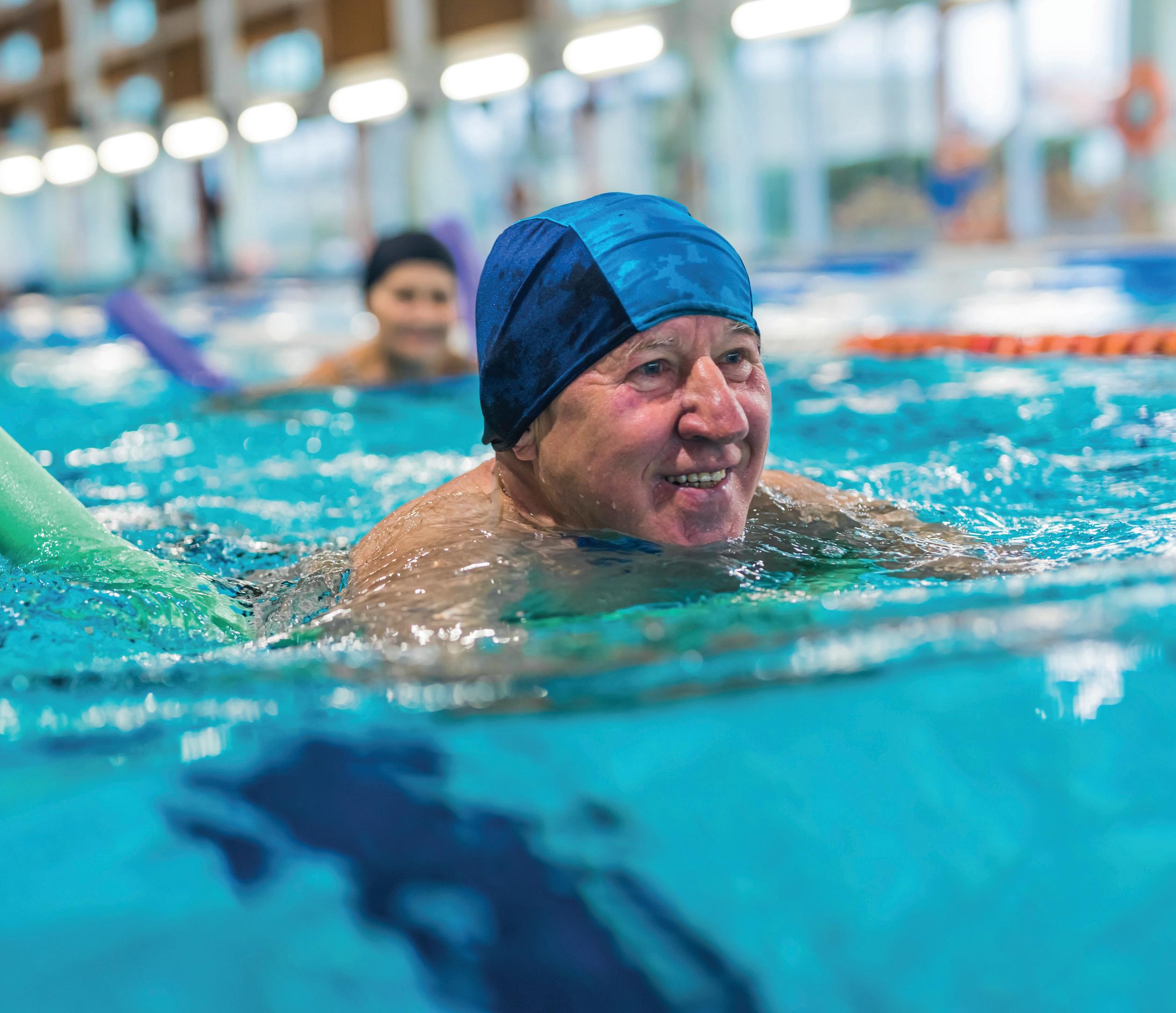
We expect governments around the world to take action to remedy health inequalities to gain social and economic benefits
Healthy life expectancy – the number of years people live without debilitating disease – can vary by decades, depending on where they live.
We expect governments around the world to increasingly take action to remedy health inequalities, partly because good health is a fundamental human right, partly because unhealthy workforces are a drag on economies and partly due to
the healthcare and social costs associated with supporting those living with long-term ill health.
In the UK, for example, location is correlated with a variance in healthy life expectancy of 17 year and lifespans that are shortened by up to nine years. People living in some parts of the country are also twice as likely to have a disability or health condition. Exercise is part of the solution and in the City of Bogata in
Colombia, the government is spending US$176 million a year to pay 1,600 exercise professionals to deliver physical activity interventions in the community.
In the UK, government quango Sport England is investing £250 million to support local spaces where people can be active, such as facilities, parks and outdoor spaces, with the majority of the funding focused on the 80-100 locations that are most in need.
New research, published in the journal Sports Medicine , has found that dance – both structured and unstructured – can deliver far-reaching benefi ts, including reducing health conditions related to sedentary behaviour, alleviating the symptoms of mental health conditions and improving cognition in older adults.
Dance modalities have long been a part of health club programming, but we expect interest in them to
experience rapid growth as part of the wild wellness trend, which sees consumers seeking transformative experiences that allow them to connect with their emotions.
Movement-based forms of liberated wellness are gaining popularity too, with transformative workout and wellbeing practice Sanctum capturing the world’s imagination. Founded in Amsterdam during the pandemic and led by founder Luuk Melisse, who
trained as a dancer, Sanctum merges elements of HIIT and dance with kundalini yoga, martial arts, animalistic flow, breathwork and primal fi tness (www.hcmmag.com/luukmelisse).
Investing in the dance trend on the facilities side is Xponential Fitness, which bought online dance brand Kinrgy with Julianne Hough at the end of 2023 and has now pivoted to open a physical location for the brand in LA.

Dance will grow in popularity due to the wild wellness trend which sees consumers seeking transformative experiences that connect with their emotions

The Kinrgy brand is now part of Xponential and has added a studio to its digital offering

Corporate wellness platforms and aggregators will drive the growth of health club and gym memberships
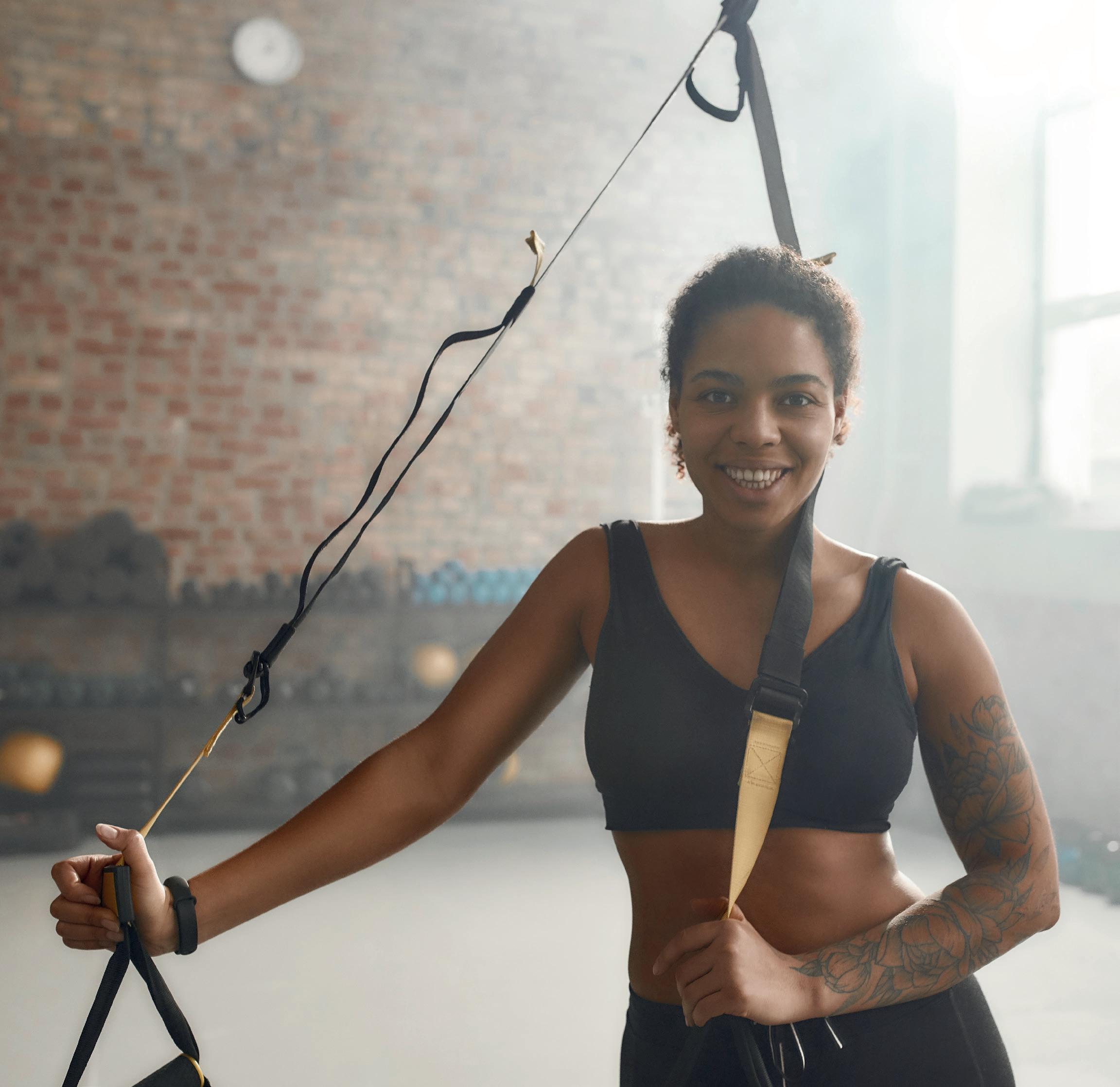
Workplace wellness is a market that’s been building for decades, however, we expect growth in this sector to accelerate, bringing new opportunities and energy to the health and fi tness facilities market by driving health club usage through aggregated corporate membership platforms.
Companies such as Benefi t System, Wellhub (formerly Gympass) and Egym’s Wellpass – which recently acquired Hussle and FitReserve – are taking on investment and accelerating growth Research done in this sector over the last two decades has made
a clear and irrefutable economic case for the power of workplace wellness to improve the bottom line in multiple ways, including reducing staff turnover and improving presenteeism and absenteeism.
Both have become more challenging since the pandemic, costing companies US$225.8 billion in the US each year and £10.4 billion in the UK, for example.
Workplace wellness can alter key metrics around employee health, with 78 per cent of companies seeing a reduction in healthcare spending if they support
their employees to exercise.
Ill health among working-age people is increasing dramatically, with an associated economic cost and in the UK, The Health Foundation estimates 7.4m people are struggling with a health condition which limits their work and earning potential.
Providing health-promoting opportunities at work, such as fi tness facilities or preventative screenings, can lower insurance costs, increase workplace productivity and improve mental health.
The pandemic has prompted changes to consumers’ aspirations and lifestyle choices, with mental and spiritual health now an important consideration for many.
This change in priorities from ‘how I look’, to ‘how I feel’ means a health club membership is now often about mind, body and spirit rather than an obsession with physical perfection.

Health clubs will increasingly focus on supporting mental health
Operators can support these needs by programming for mental health support with interventions such as therapeutic tremoring, EFT tapping (Emotional Freedom Techniques), Trauma Informed Weight Lifting, roaring, breathwork, shaking, somatic release and chanting, which are all powerful ways to process stress.
Staff training is also evolving to support this direction, with US-based charity The John W Brick Mental Health Foundation and Mental Health and Exercise Coaching both delivering training courses.
Experts are foreseeing a time when some PTs have psychotherapy training and vice versa, so they can support members with training body and mind.

Experts are foreseeing a time when PTs have psychotherapy training so they can support members with body and mind
Improving service levels is a powerful way to di erentiate a health club. It’s valued by consumers without necessarily increasing the payroll

It’s notable that a number of health club operators have hired senior executives with hospitality backgrounds in recent months and we expect this to herald the dawn of a new era of elevated service standards in some parts of the sector. With their low cost of entry, health clubs are always in danger of becoming commoditised, with little to differentiate them.
Improved service levels would be a powerful way to deliver a point of difference that’s highly
valued by consumers without necessarily increasing the payroll. The hospitality sector is characterised by its polish, charm and attention to detail – qualities not often associated with health

Health club operators can gain an advantage by training staff to hospitality standards
clubs – and we expect operators to elevate service standards by introducing training and incentives to empower staff to raise their game, or alternatively, by hiring from the hospitality sector.
Not everyone enjoys a pumping bassline when they’re working out, yet the typical health club is designed to be always ‘up’ and super stimulating.
We think there’s a gap in the market for a quiet health club brand with a chilled and harmonious atmosphere, subtle fragrances,
mood lighting, art on the walls and effective noise management. We’re imagining chill-out rooms, healthy food and the latest high-end, high-tech exercise equipment.
The sector already has thousands of health clubs with harsh lighting, loud music and echoing acoustics. It’s time for a new approach.
The sector already has thousands of clubs with loud music. It’s time for a new approach
The concept would be especially valued by introverts and those leading stressful lives who also want a healing place to exercise without a jarring atmosphere.
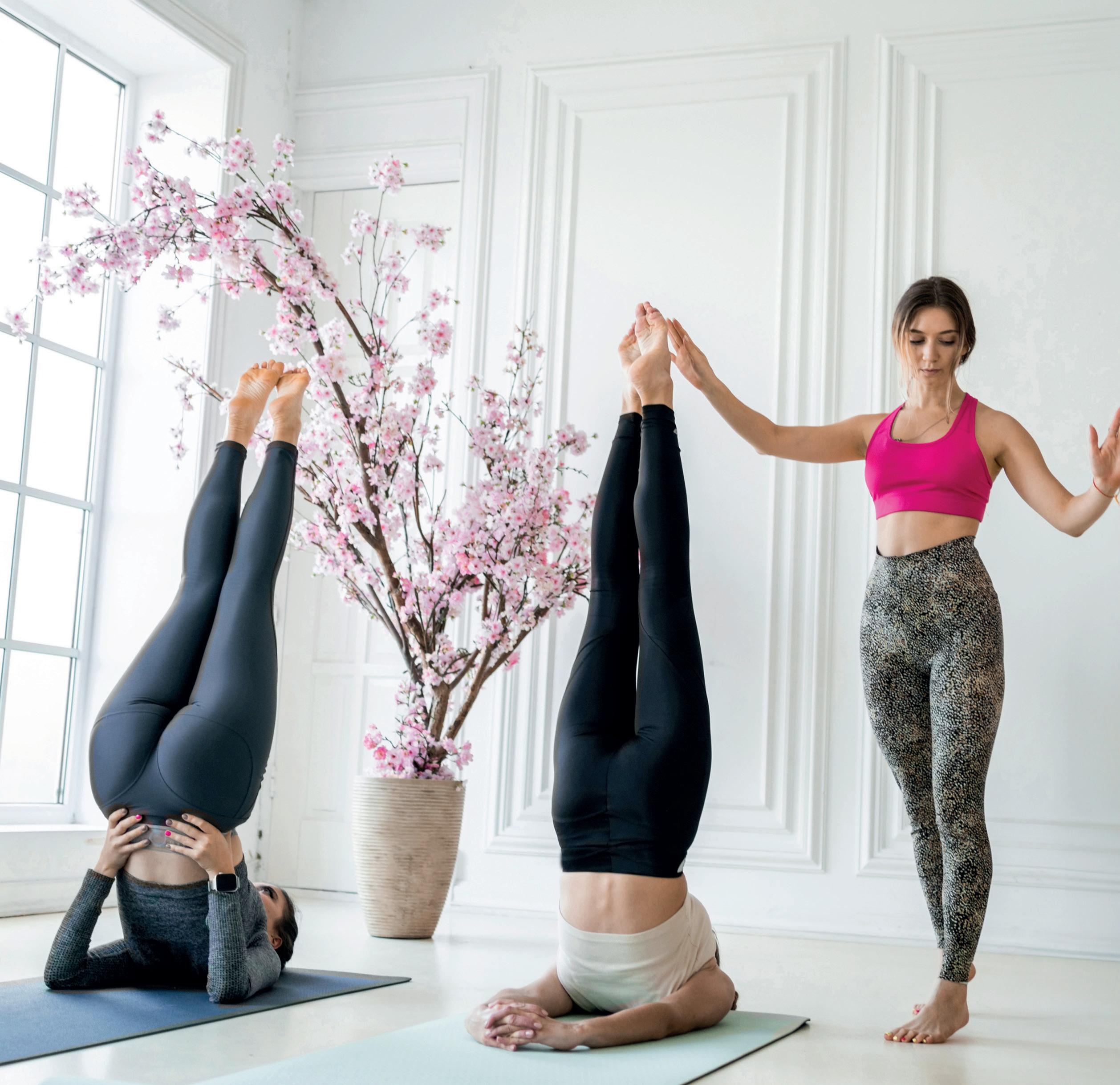
Existing facilities could tune into this trend by offering quiet areas, or by refurbishing a space or studio to create a sanctuary.



Binaural beats are said to produce the same brain state as meditation, but in a more passive way making them ideal for use in recovery zones
With so many studies showing the benefi ts of regular meditation – including reducing stress and anxiety, slowing down memory loss and helping with concentration – it’s no wonder people are interested in trying to integrate the practice into their lives. But meditation can be diffi cult; it’s hard to sit still, the mind easily wanders if you’re a beginner and then there’s the problem of simply fi nding the time.
Binaural beats – which are essentially two different tones with different frequencies, each of which is heard through one ear via headphones – are said to produce the same brain state as meditation, but much more quickly and in a more passive way, making them ideal for use in health club recovery zones.
Listening to binaural beats creates something of an auditory illusion,
and tricks the brain into processing the difference in the tones.
Benefi ts can include reduced anxiety, an increase in focus, lowered stress, a boost in creativity and even pain management. There’s also some evidence they can help people fall asleep more quickly.
As research continues on this front, we predict we’ll see more of this auditory illusion being used in health clubs. ●
For more insight, or to get in touch with the companies featured, visit www.fitness-kit.net and type in their keyword
Steph Eaves rounds up the latest health, fitness and wellness kit
IndigoFitness has partnered with Power Plate on solution for recovery, reveals Rob Coleman
IndigoFitness has developed recovery modules incorporating priming and restorative techniques to help people prepare for and recover from physical activity. The modules were developed in partnership with Ian O’Dwyer, founder of Feel

“We’re excited to bring our recovery concept to market”
Rob Coleman
Soma and Richard Boyd, director of Global Wellness Designs.
One module was developed in collaboration with Power Plate utilising its whole body vibration technology to facilitate the movement of fluid through hard and soft tissues.
Boyd said: “Power Plate’s technology moves in three planes enabling the recovery modules to optimise fluid movement, as the vibrations push blood and lymph through the tissues for greater healing and recovery.”
IndigoFitness CEO, Rob Coleman, commented: “We’re excited to bring our recovery concept to market and work with Power Plate to deliver an all-in-one solution for priming and restorative modalities.”
can o er healthier snacking with new range from Hancocks, says Kathryn Hague


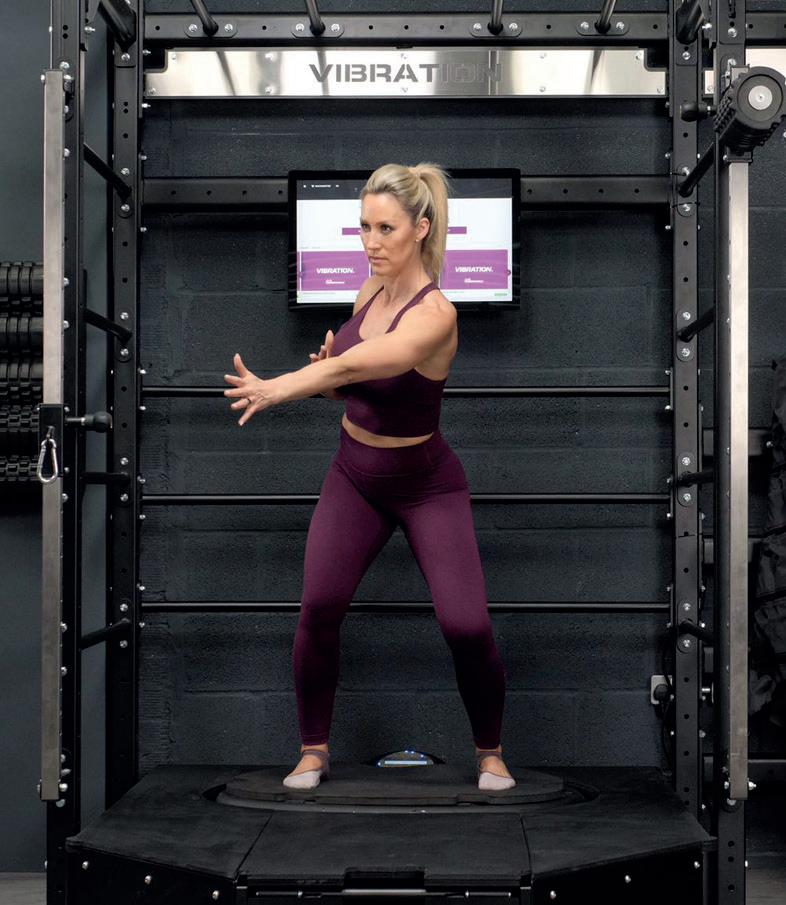
The vibration module can also be integrated with other IndigoFitness recovery modalities or used as a standalone pod.
fitness-kit.net KEYWORDS
INDIGO FITNESS
Wholesaler Hancocks has launched a range of snacks to make healthier choices more accessible. The range is designed to enable health clubs and leisure centres



The range includes Clif Bars
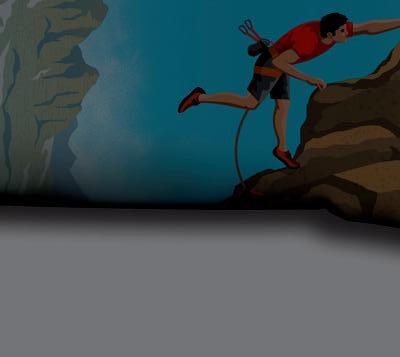
alternatives to customers before or after exercise. New signage and POS will help them navigate the new lines.
The launch of Healthier at Hancocks is a response to the healthier snacking market having grown by 15 per cent in the last 12 months, taking it to £148m in the UK.
Two new partner brands, Sneak Energy and Clif have been added to existing lines from Barebells, Grenade, Gunna, Get More Vits and Eat Natural. The company also
“Health clubs and leisure centres can tap into this trend and offer customers functional and energy products” Kathryn Hague

plans to extend its own ranges by launching products through partner brand development. Kathryn Hague, head of marketing said: “With increasing demand for healthier snacks, gyms, health clubs and leisure centres can tap into this trend and offer
fitness-kit.net KEYWORDS
HANCOCKS
Third Space Battersea has specified Ojmar’s wireless smart locks

Third Space is revolutionising its premium experience with Ojmar’s OCS Smart locks, says Aitor Elorza
Third Space, operator of premium health clubs in London, has been setting the standard for luxury fitness and wellness since its launch in 2001.
With iconic locations in Canary Wharf, City, Tower Bridge, Soho, Marylebone, Wimbledon, Moorgate, Wood Wharf, Mayfair, Islington and now the recently opened Battersea club. Third Space prides itself on delivering a unique, highquality experience to members.
Maintaining its premium positioning demands continual innovation and improvement, particularly in the user experience and when it faced the challenge of upgrading its locking system it required a solution that was

“Ojmar has been the right choice in solving operational issues with our locking solutions” Harry Kay, Third Space
not only high-quality and EUmanufactured, but also offered robust after-sales service.
The new system also needed to seamlessly integrate with the access control system at Third Space while maintaining a sleek and elegant design and providing flexibility and convenience for members.
The Solution
In response to these challenges, Third Space partnered with Ojmar, an EU-based supplier known for its superior product quality and exceptional aftersales service. From the outset, Ojmar was fully committed to understanding and addressing Third Space’s specific needs.
The solution provided by Ojmar was the OCS Smart, a state-of-the-art wireless locking system featuring dual technology – giving both keypad and smartphone access.
This dual technology not only enhances user flexibility, it also ensured a smooth integration with Third Space’s access control system.
The sleek design of the OCS Smart complements the aesthetics of Third Space’s clubs, adding to the luxurious experience enjoyed by members.

The implementation of the OCS Smart system was seamless, thanks to Ojmar’s support and attention to detail. The wireless system offers scalability, allowing Third Space to incorporate additional advanced functionalities in the future. This forward-thinking approach ensures Third Space remains at the cutting edge of technology and innovation within the fitness industry.
Harry Kay, property and facilities director, expressed his satisfaction with the collaboration, saying: “Ojmar has been the right choice in solving operational issues with our locking solutions, providing us with the peace of mind we need in our clubs.”
The partnership between Third Space and Ojmar highlights the importance of choosing the right locking solution to maintain a premium user experience. By upgrading to OCS Smart, Third Space not only resolved its immediate operational challenges, it also positioned itself for future innovation, ensuring it continues to lead as London’s premier health club brand. More: www.ojmar.com
Ojmar fitness-kit.net keywords
Wattbike’s leaderboards feature o ers a challenge for everyone, says Tom
Wattbike has introduced a new leaderboards feature, offering cyclists of all levels a competitive platform to track their performance, set new personal records and compete with a global community.
The leaderboard include a variety of challenges, such as endurance tests, hill climbs, speed sprints and distance goals so organisations such as sports teams, gyms or schools and colleges can run Wattbike challenges, helping to boost retention and drive motivation.
Users can also participate by completing any workout in a ‘challenges’ category or by taking part in selected tests and climbs via the free-to-use Wattbike app.
“Our goal is to enhance motivation and foster a sense

of community among Wattbike users,” said Stephen Loftus, CEO of Wattbike. “Whether you’re a seasoned athlete or simply riding to keep fi t, this feature offers a fun, dynamic way to challenge yourself and achieve your fi tness goals.”
Participants can track progress with analytics and manage their privacy settings to control the visibility of their rides.
Tom Crampton, head of commercial added: “This is a great way to incorporate community
“This is a great way to incorporate community activities in your gym or studio”
Tom Crampton

activities in your gym or studio by enhancing competitive spirit among members, giving them a platform to test their limits and track progress against Wattbikers worldwide.”
fitness-kit.net KEYWORDS
Eleiko has announced the release of a patent-pending Competition Collar. The collar is the fi rst to receive certification from all three major strength sports federations: the International Weightlifting Federation, the International

“We are pleased to work with the IWF, IPF, and WPPO to create the first collar certified by all three major sports federations’”
Erik Blomberg
Powerlifting Federation and World Para Powerlifting. The new collar is designed to be easier to handle, minimise interference during lifts, and protect equipment from wear.
The proprietary TPE ring compresses and rotates, securing the connection between the bar fl ange, plates, and collars to reduce wear and dampen noise. The collar also features a knurled tightening wheel and TPE ring for superior clamping force and an indexed locking lever to minimise interference with lifts and sleeve rotation. The redesigned locking lever system distributes clamping force evenly across the bar sleeve, to reduce potential wear, while knurling on the lever and tightening wheel, combined with sandblasted

The new collar is patent-pending
grip contours, is designed to offer an improved loading experience.
The CEO of Eleiko, Erik Blomberg, said: “We are pleased to work with the IWF, IPF, and WPPO to create the fi rst certified collar.”




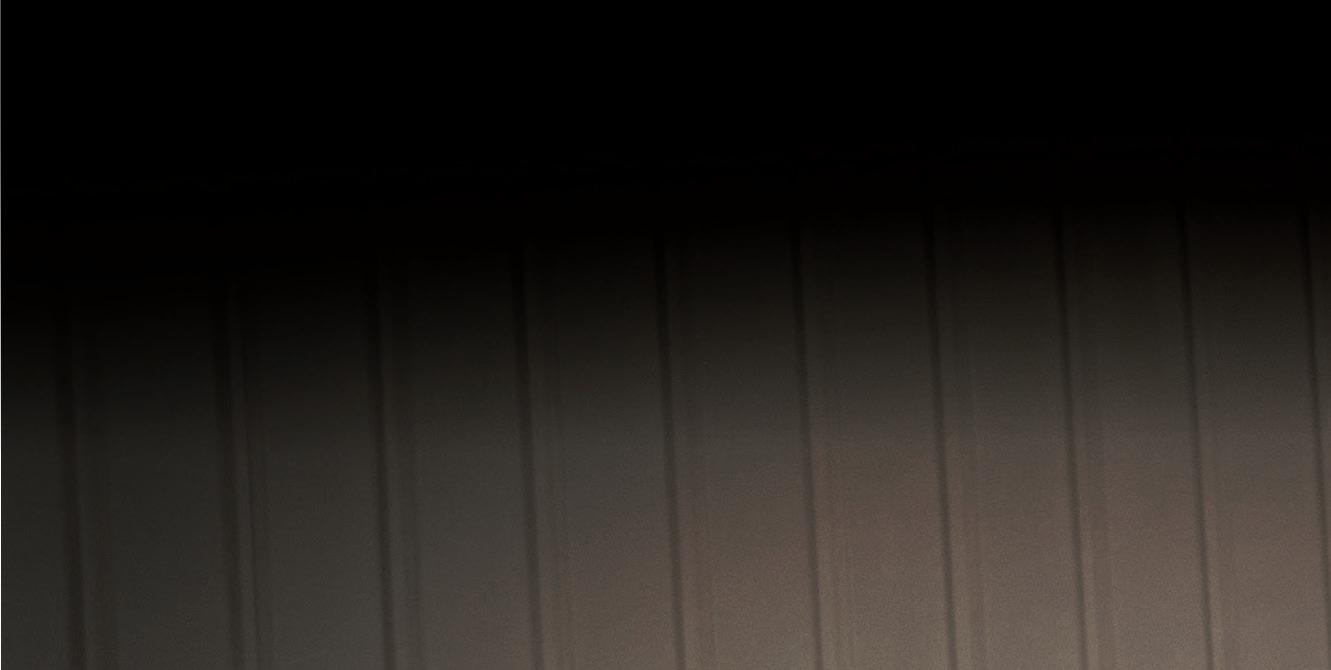










Physical becomes the UK commercial distributor for all Power Plate products. Power Plate’s Whole-Body Vibration (WBV) solutions promote ‘Healthy Longevity’ amongst multiple sectors including Physiotherapy, Medical, Healthcare, Clinical and Health Clubs. They are well-established in the Fitness sector, proven to enhance Strength, Cardiovascular Performance, Flexibility, and of course Activation and Recovery.

PHYSICALCOMPANY.CO.UK
Physical, The Works, Wycombe Road, Stokenchurch, Buckinghamshire HP14 3RR 01494 769 222 - sales@physicalcompany.co.uk








Tap into HCM ’s comprehensive supplier directory and profiles to get in touch with the industry’s leading suppliers of products and services to power your business

CLICK HERE to search for a supplier on HCM’s Company Profiles Hub












CLICK HERE to visit the HCM Handbook Company Profiles












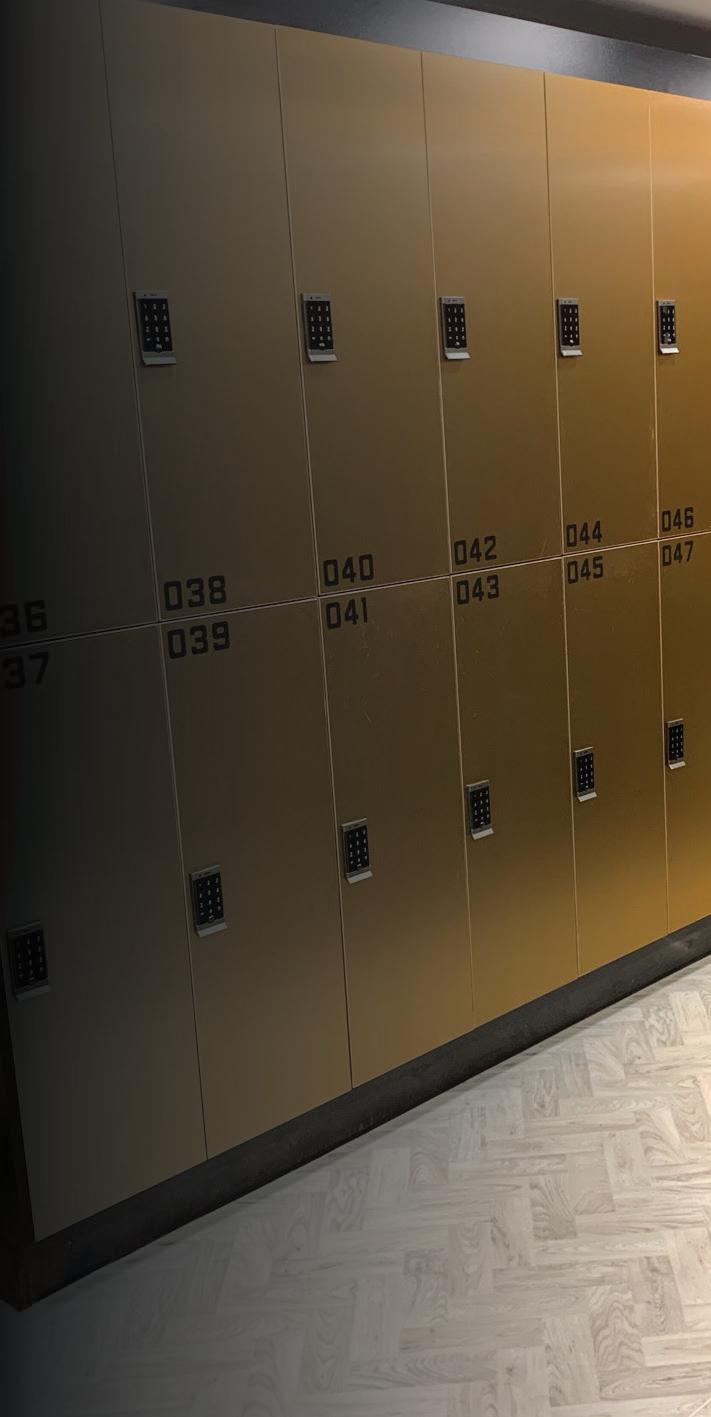



Half an hour of exercise boosts cancerkilling white blood cells
Half an hour of exercise can increase the proportion of tumour-killing white blood cells in the bloodstream of breast cancer patients, according to a recent study from Finland
Researchers at the University of Turku studied 20 breast cancer patients who had just been diagnosed and not yet started their cancer treatments. The patients pedaled a bicycle ergometer for 30 minutes at a resistance of their own choosing. Blood samples were taken from the patients at rest before the pedaling, during the exercise and after the exercise.
Blood contains many different types of white blood cells, some of which are cancer-destroying while some promote cancer. Analysis showed that the blood cell type which increased the most during exercise were the cancer-destroying cytotoxic T Cells and natural killer cells. In contrast, the number of cancer-promoting regulatory T cells and myeloid derived suppressor cells did not change.
The researchers also examined the proportions of different white blood cell types relative to the total white blood cell count, and found that the proportion of natural killer cells increased significantly, while the proportion of myeloid derived suppressor cells decreased.
“The balance of different types of white blood cells determines whether the immune system
According to current knowledge, it’s beneficial for all cancer patients to exercise
works to destroy cancer or to support it. If there are more cancer-destroying cells than cancer-promoting cells in the tumor area, the body is more capable of fighting cancer,” says lead author, doctoral researcher, Tiia Koivula.
“We found that during the exercise, the number and proportion of cancer-destroying cells increases in the bloodstream, while the proportion of cancerpromoting cells either stays the same or decreases.”
It is still unclear whether these changes seen in the bloodstream also lead to changes in the white blood cell counts in the tumour area. In this study, almost all white blood cell types decreased back to resting values one hour after the exercise.
Researchers were not certain where the white blood cells go after exercise, but in preclinical studies, cancer-destroying cells have been seen to migrate into the tumour area.
“According to current knowledge, it is beneficial for all cancer patients to exercise, and our recent study supports this,” Koivula says. l
More: www.hcmmag.com/killercells


MIND
BODY
BALANCE
STRENGTH
CARDIO
TECHNOGYM CHECKUP: DISCOVER YOUR WELLNESS AGE™
The most comprehensive AI-based assessment station that leverages physical and cognitive tests to automatically create personalised training programs with Technogym AI Coach.